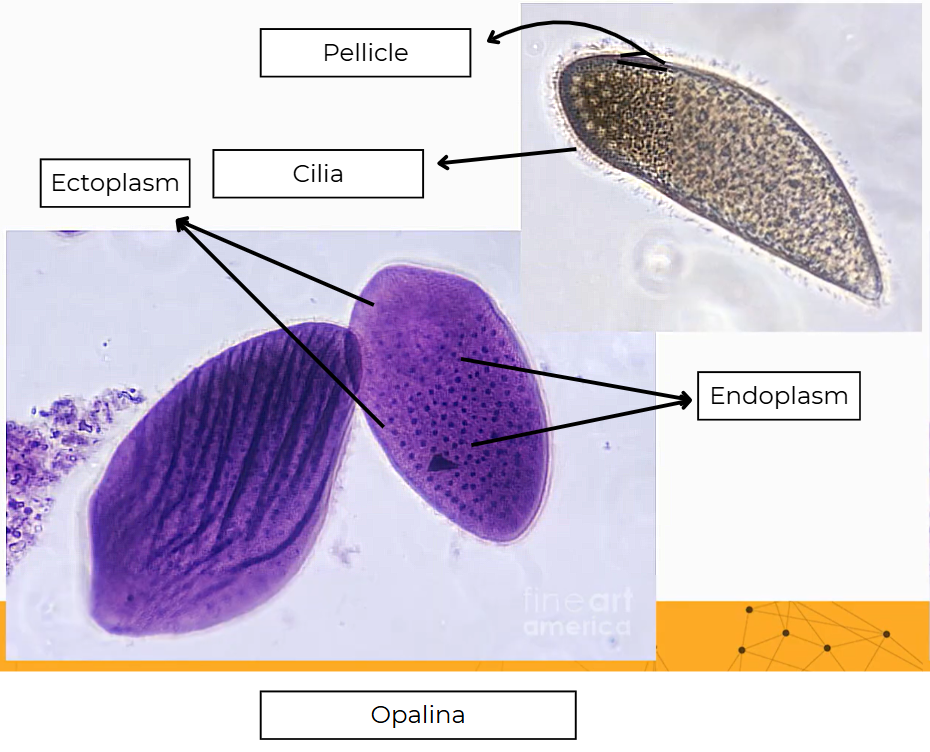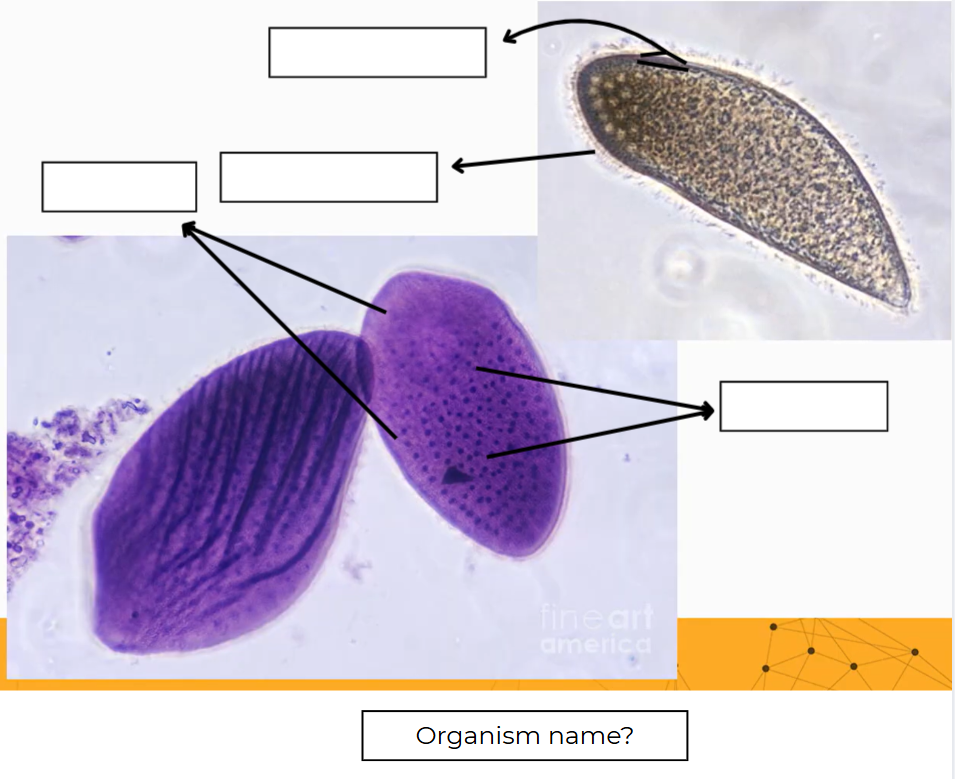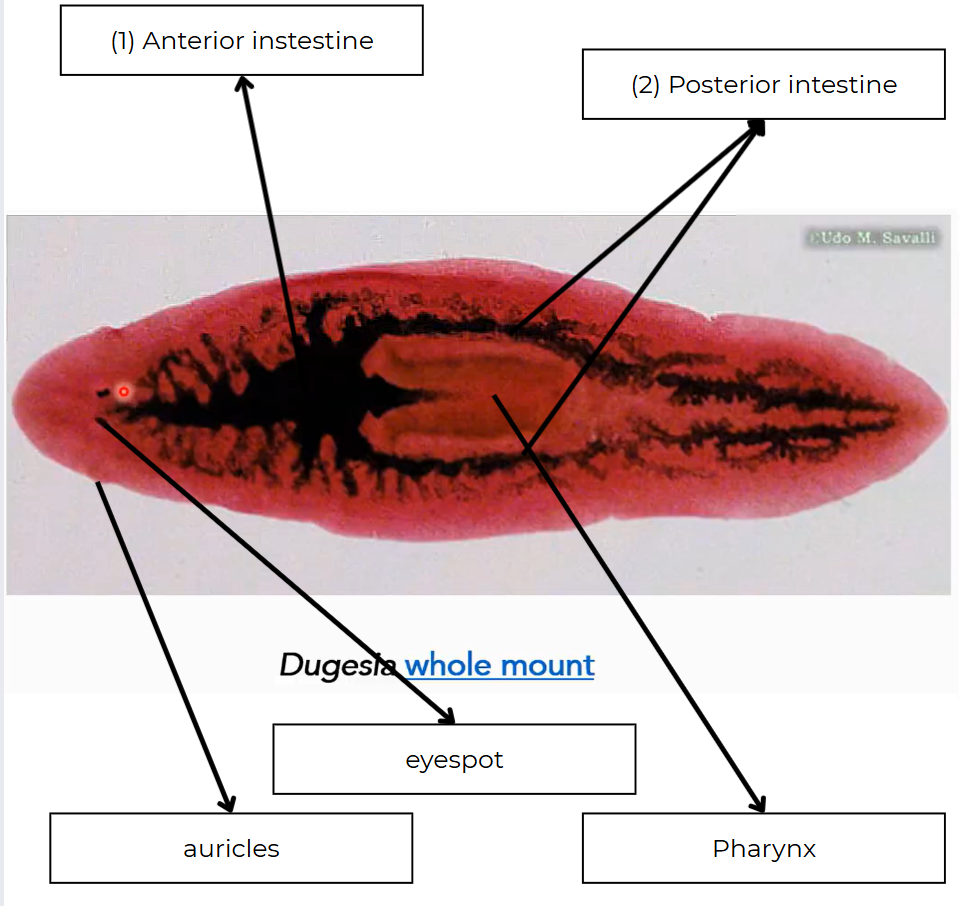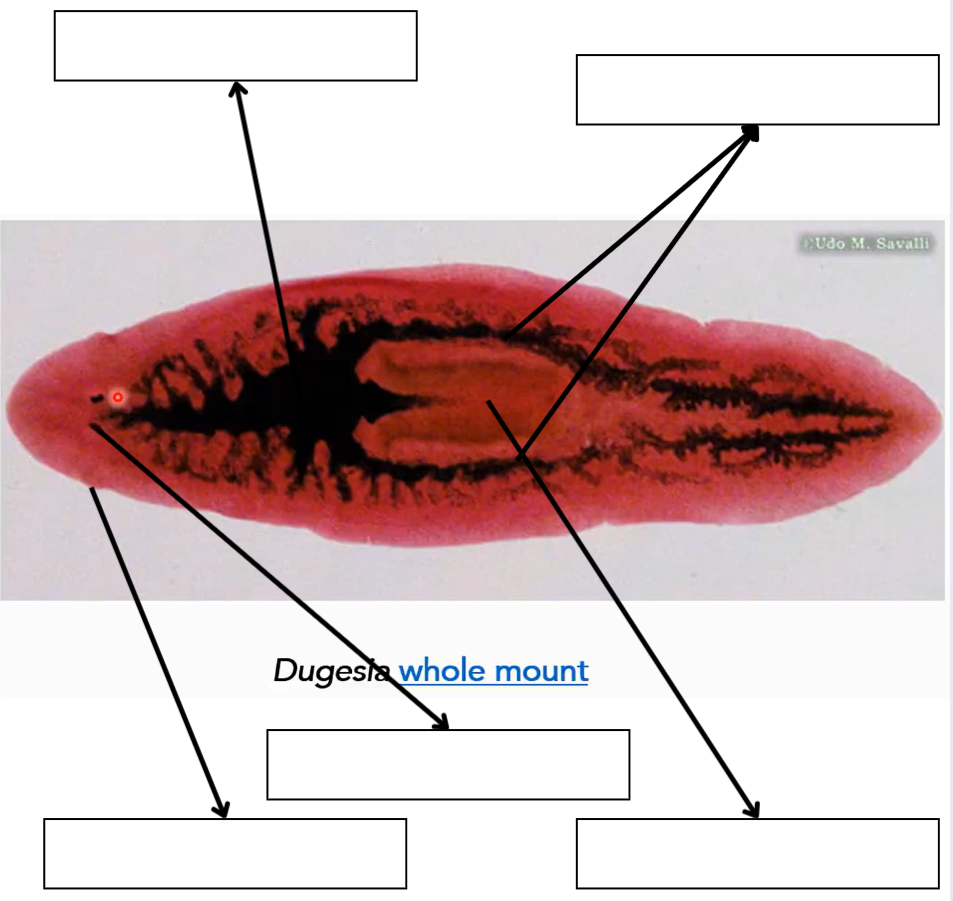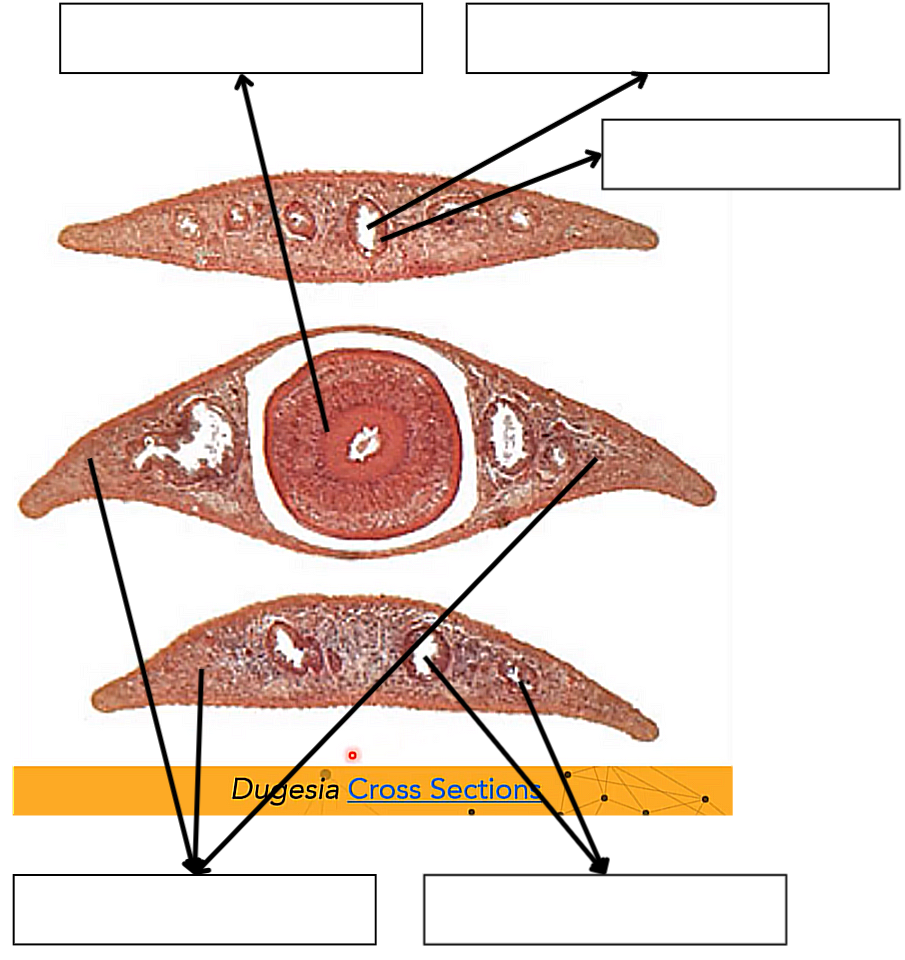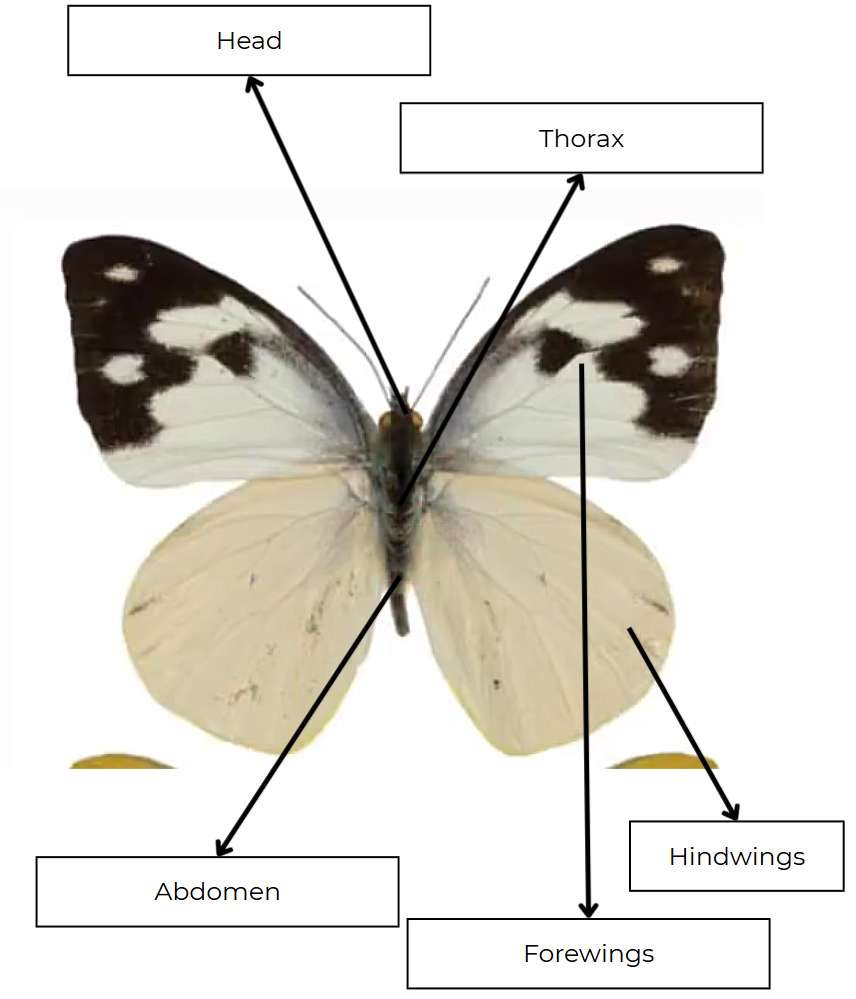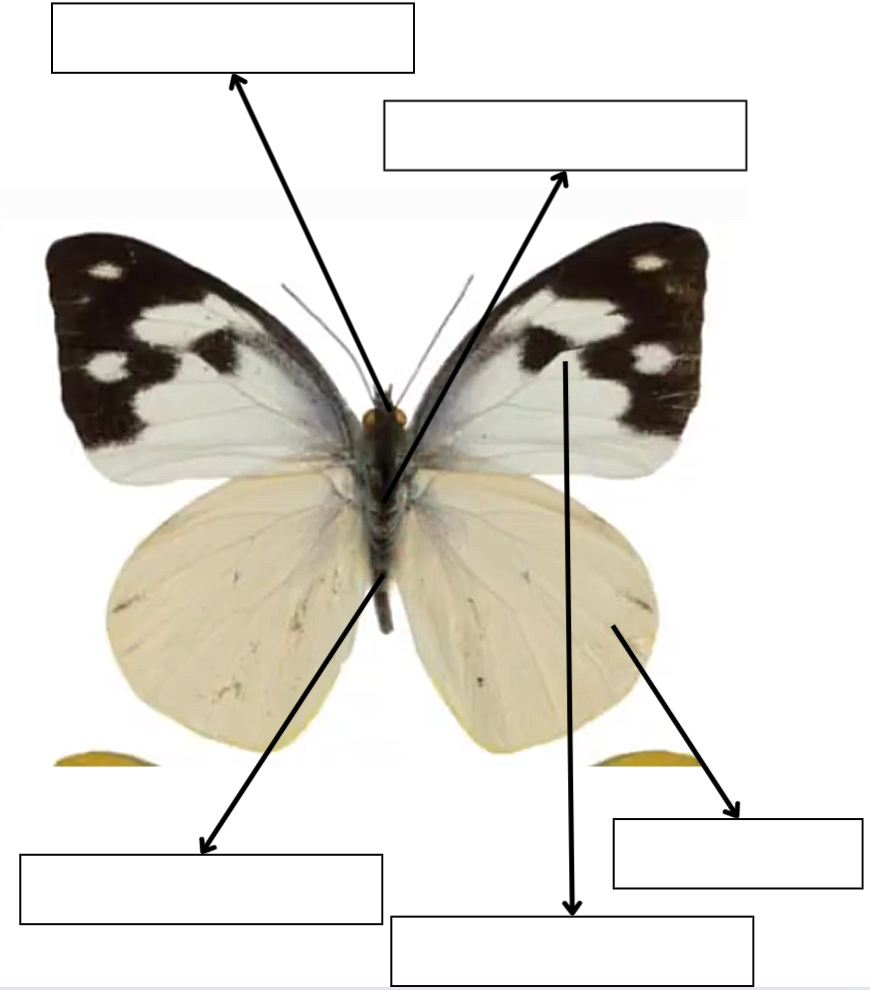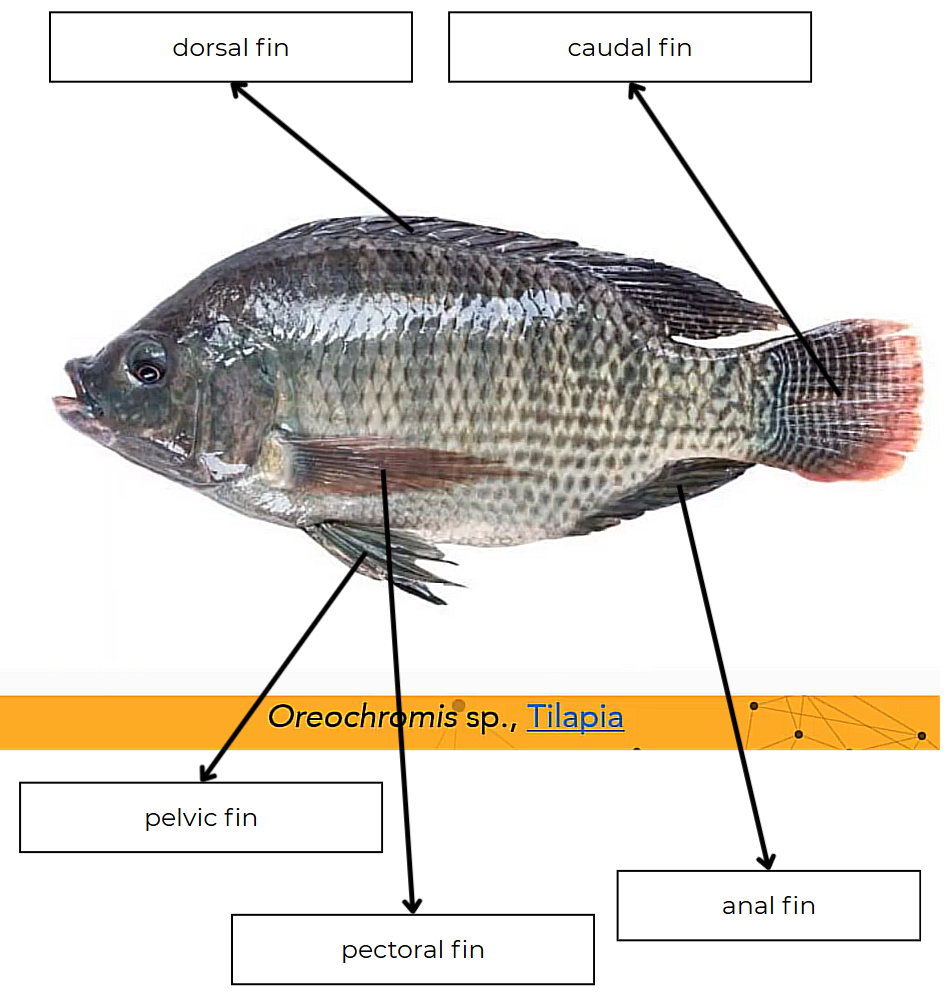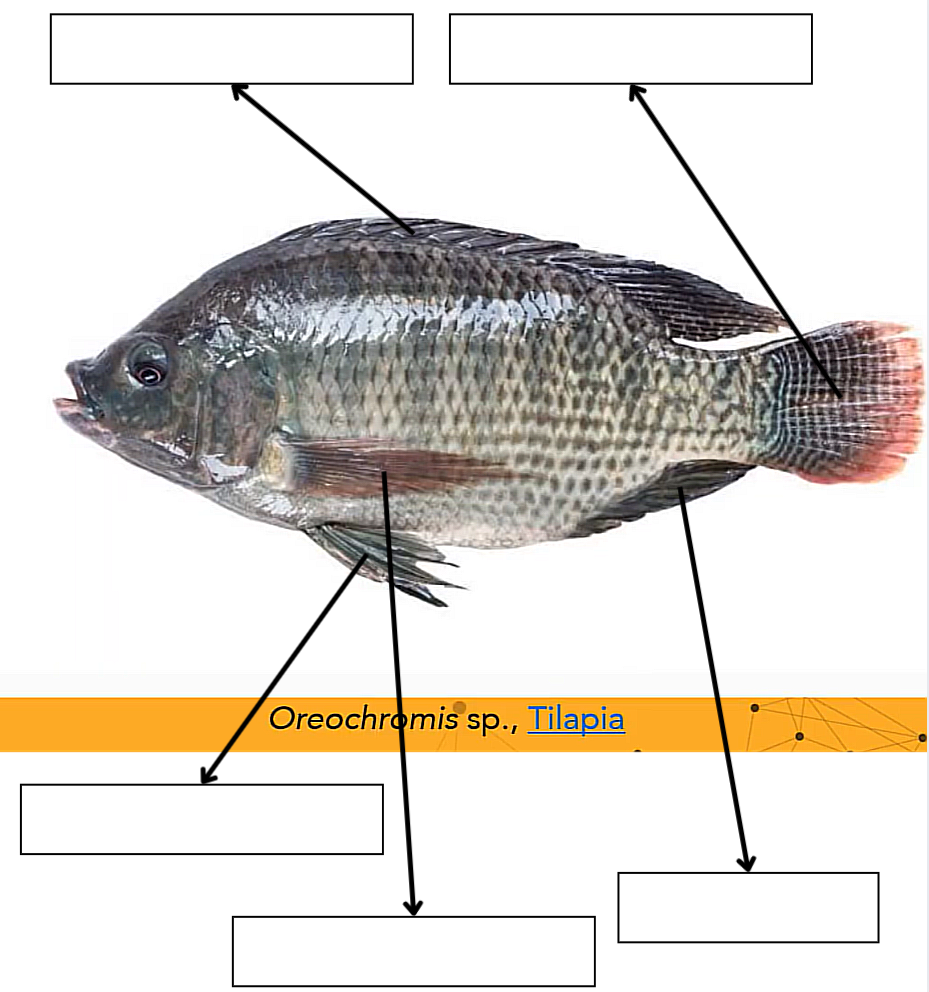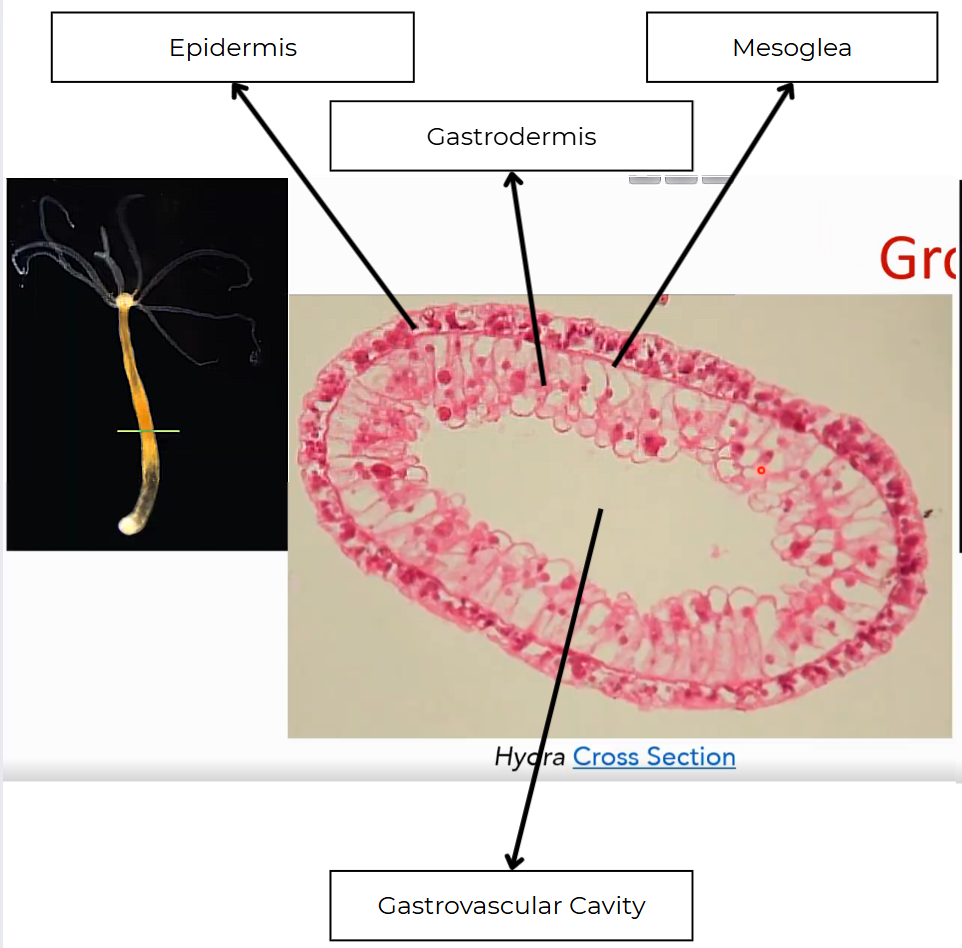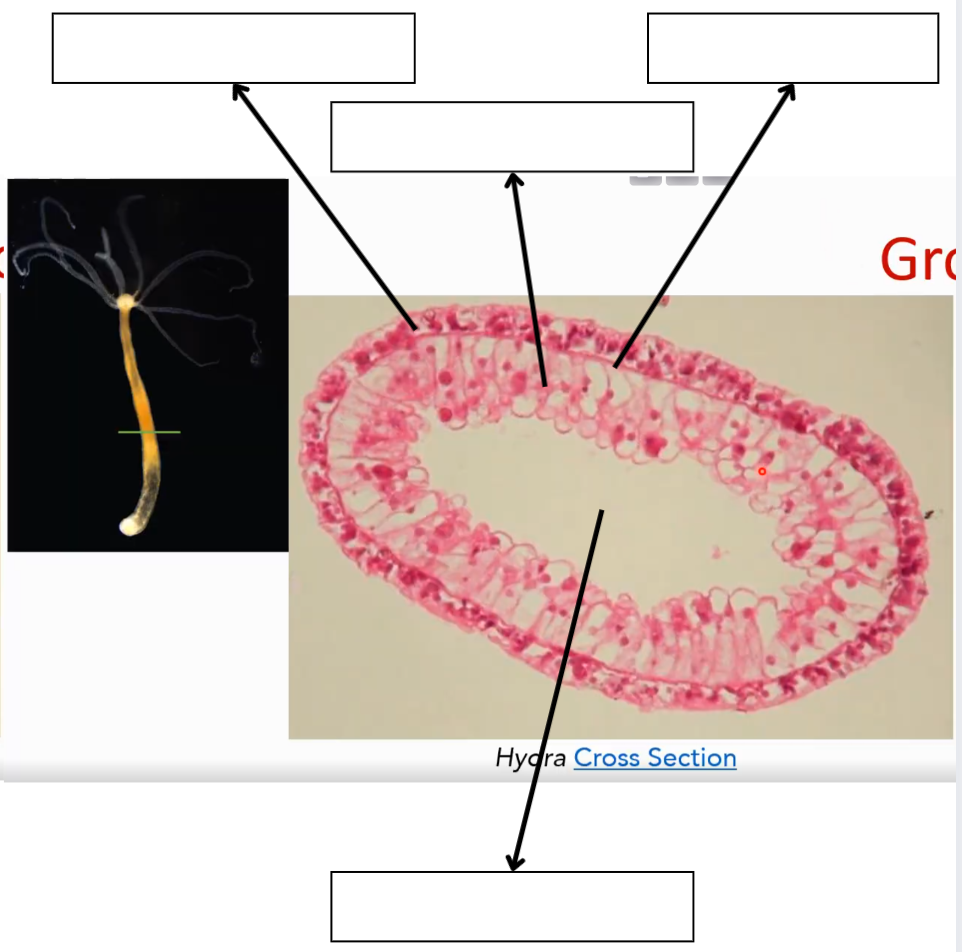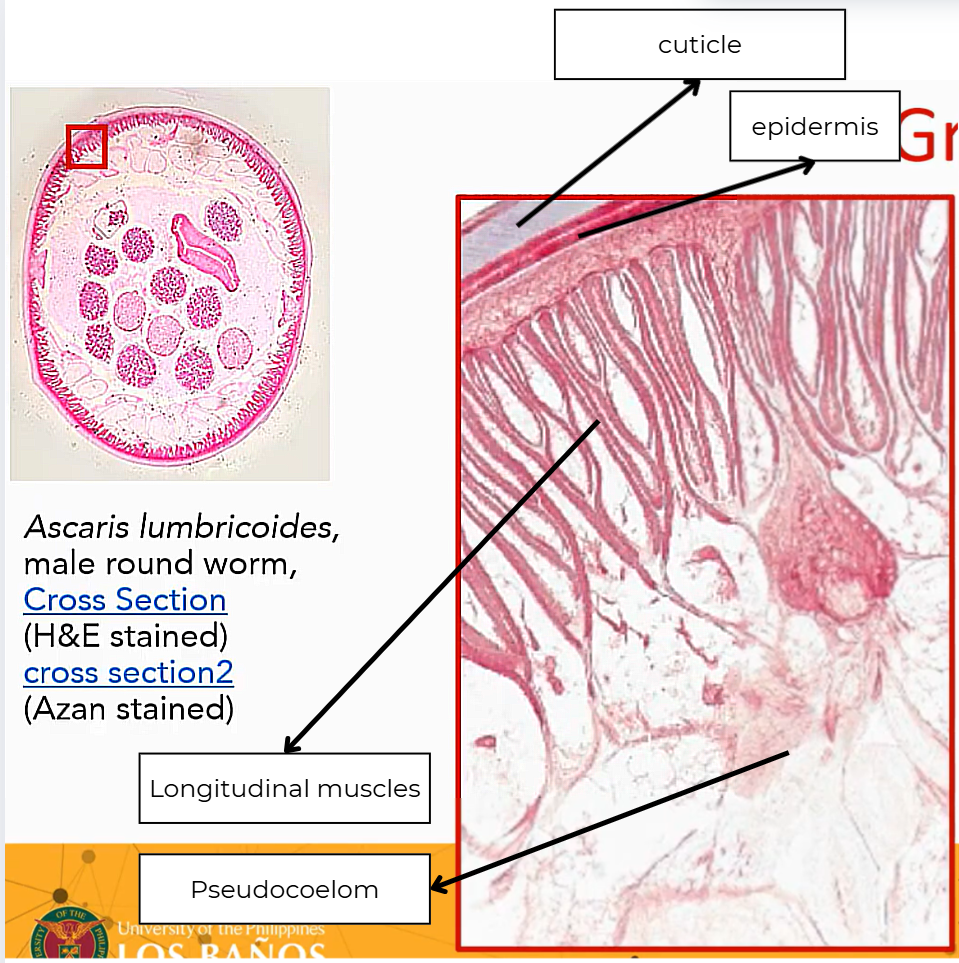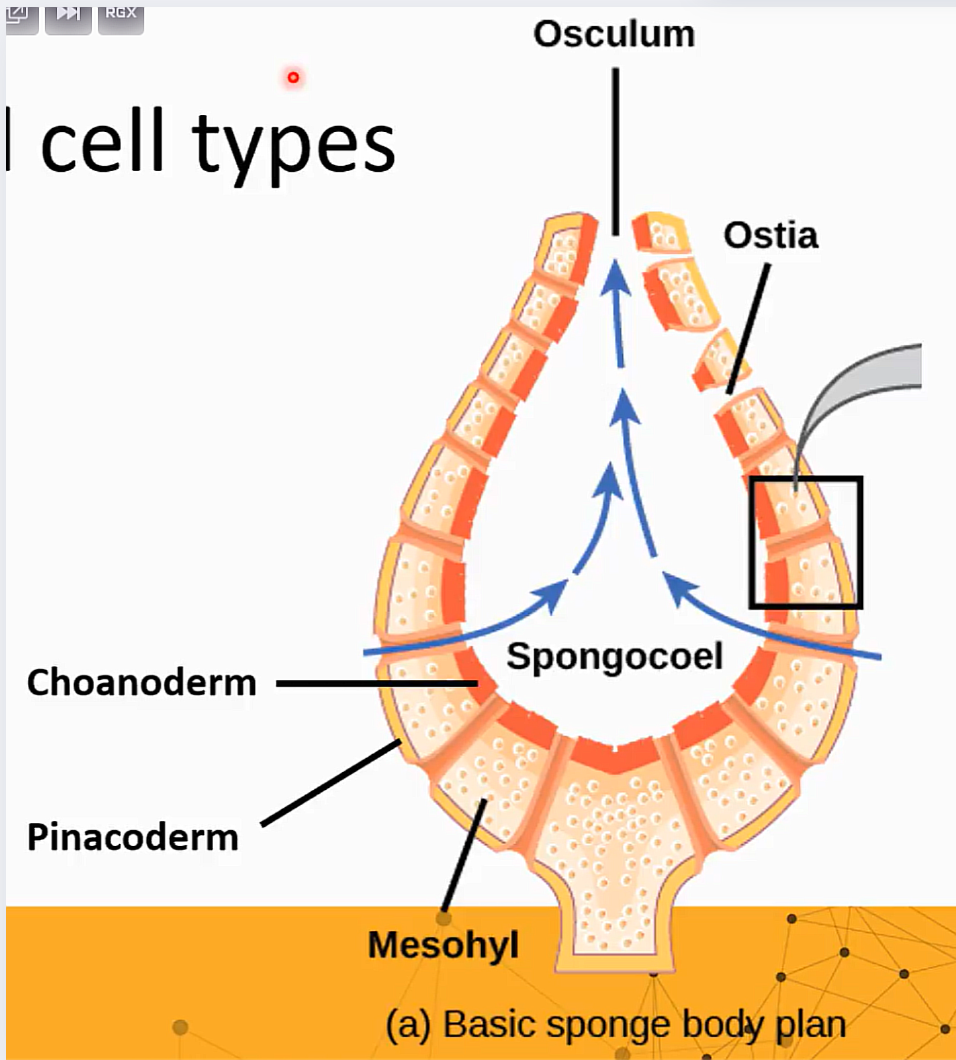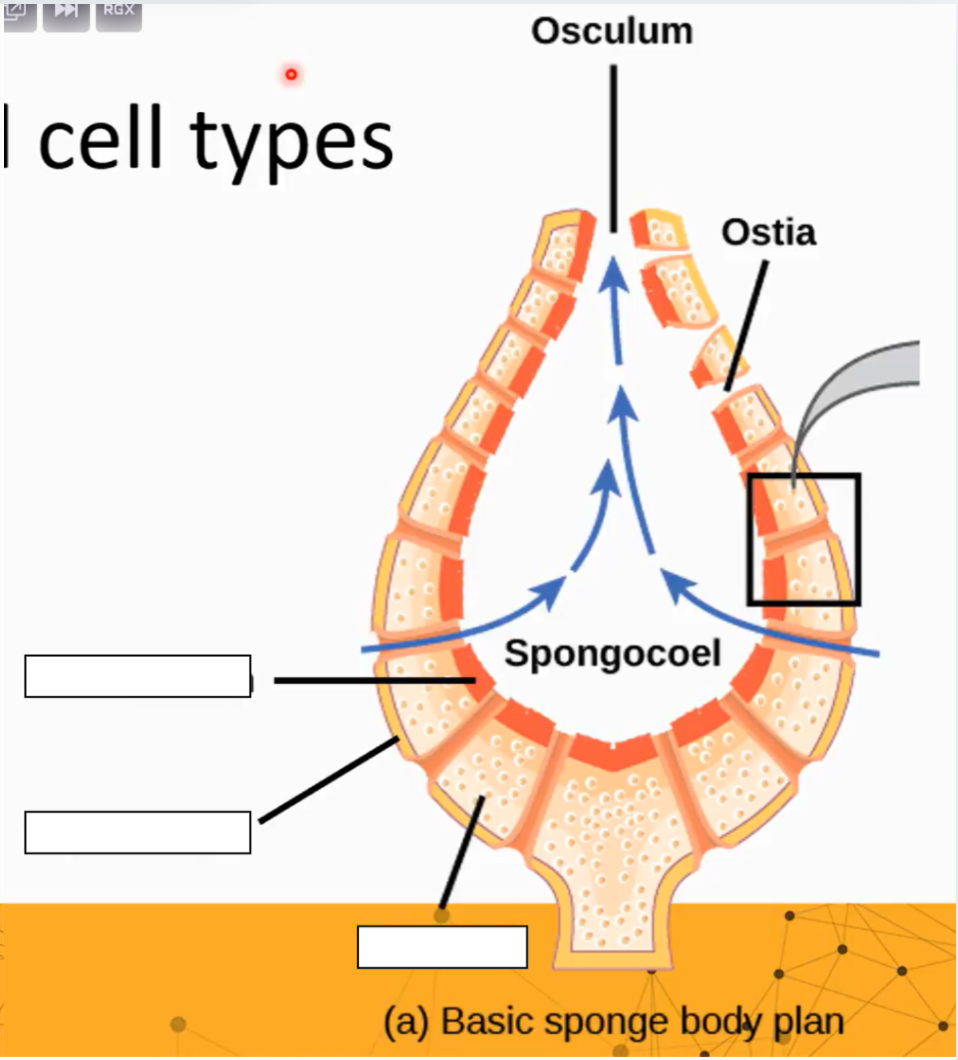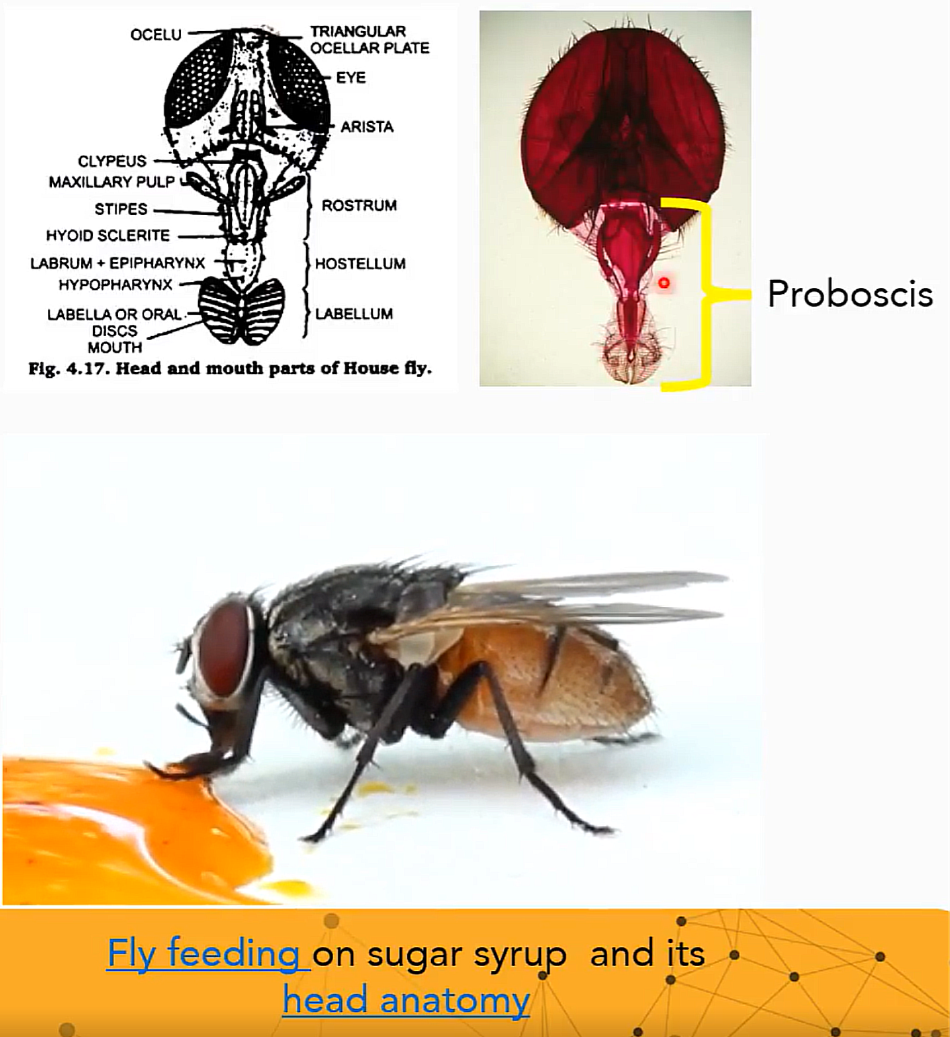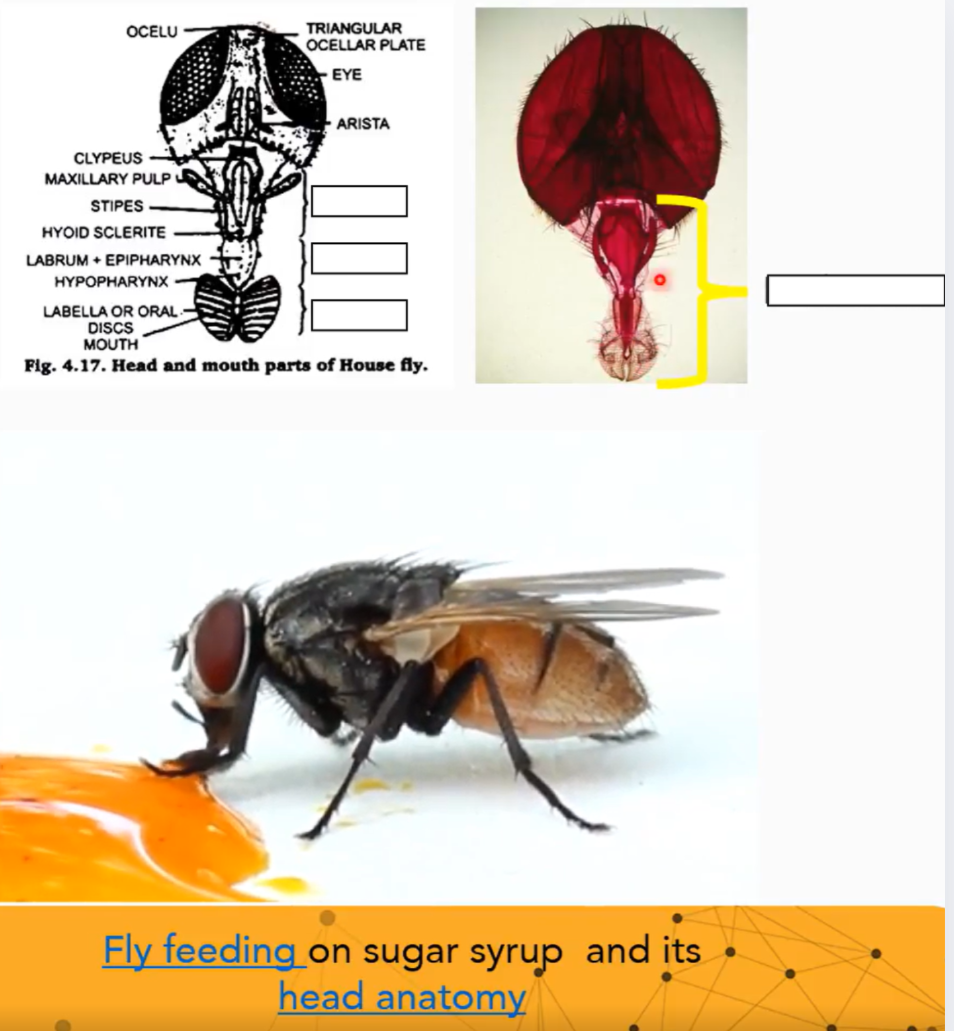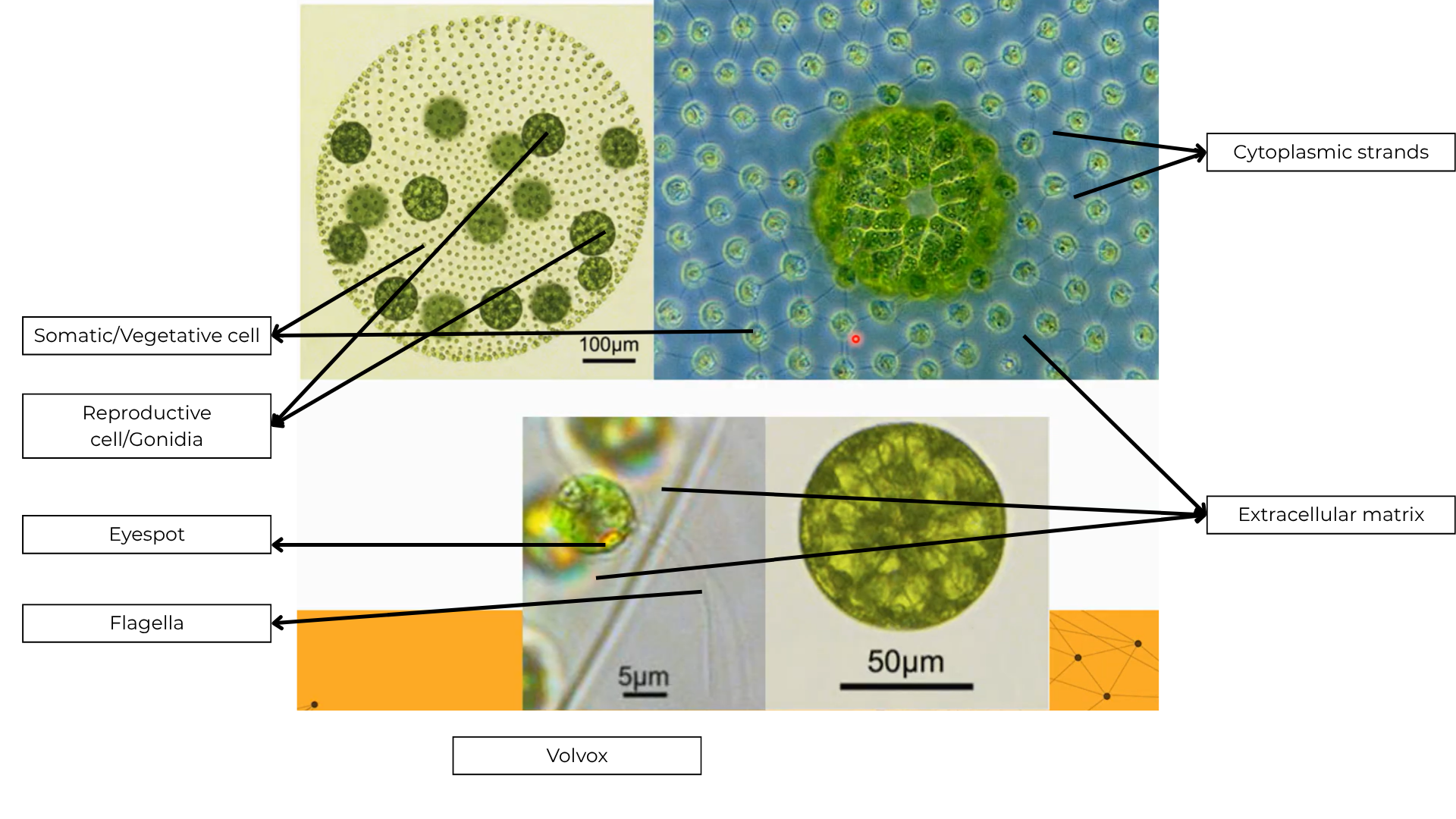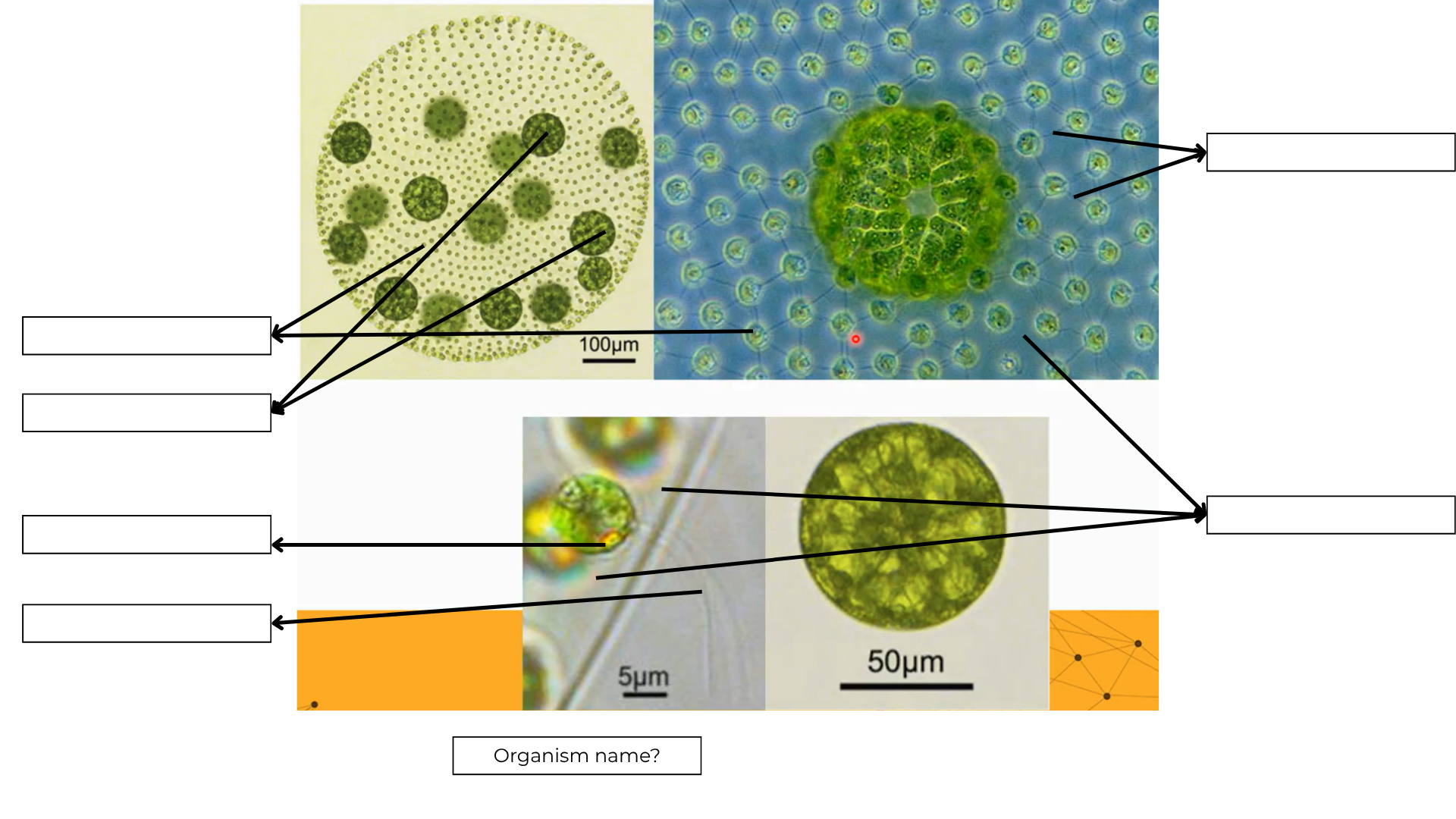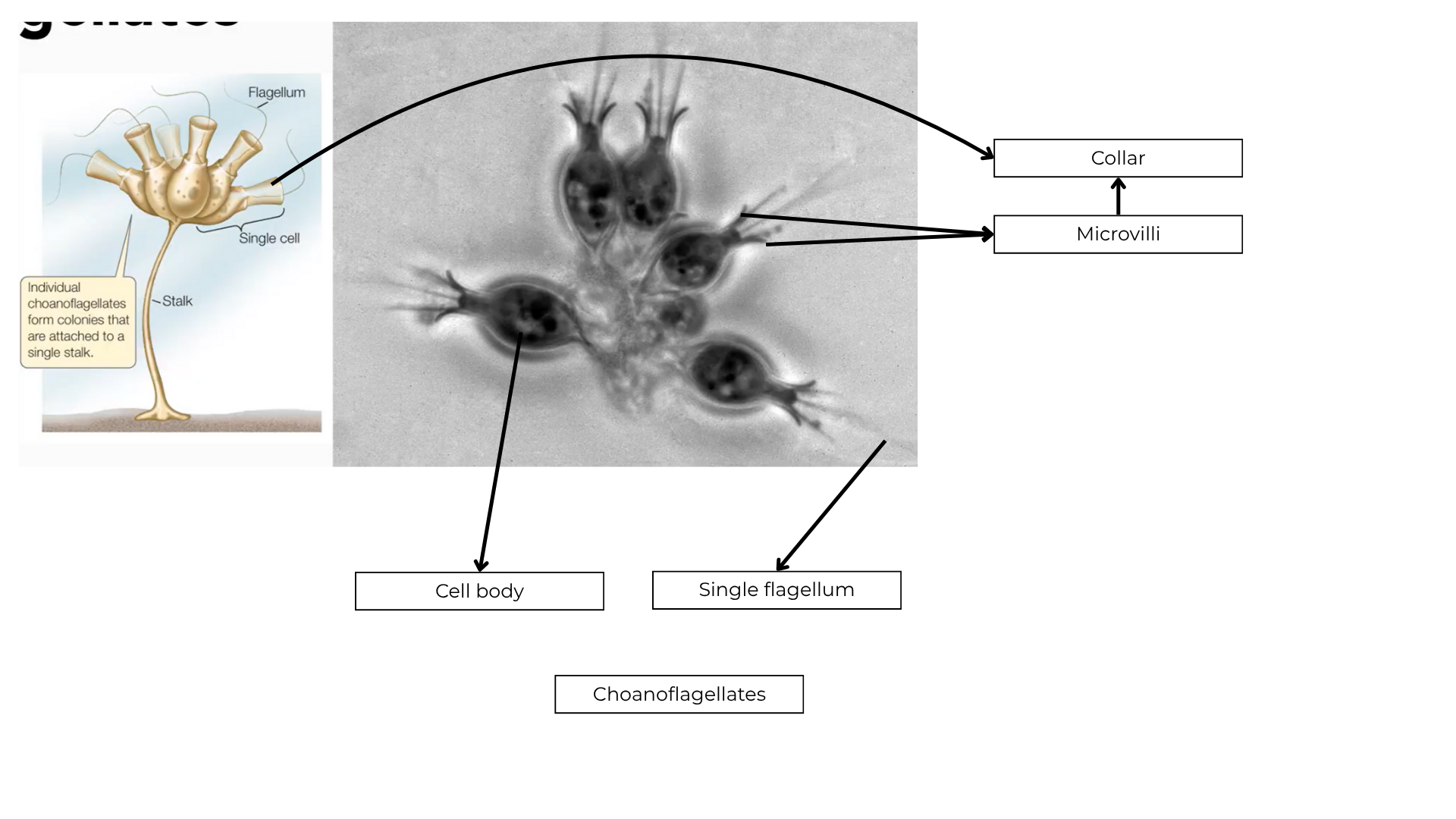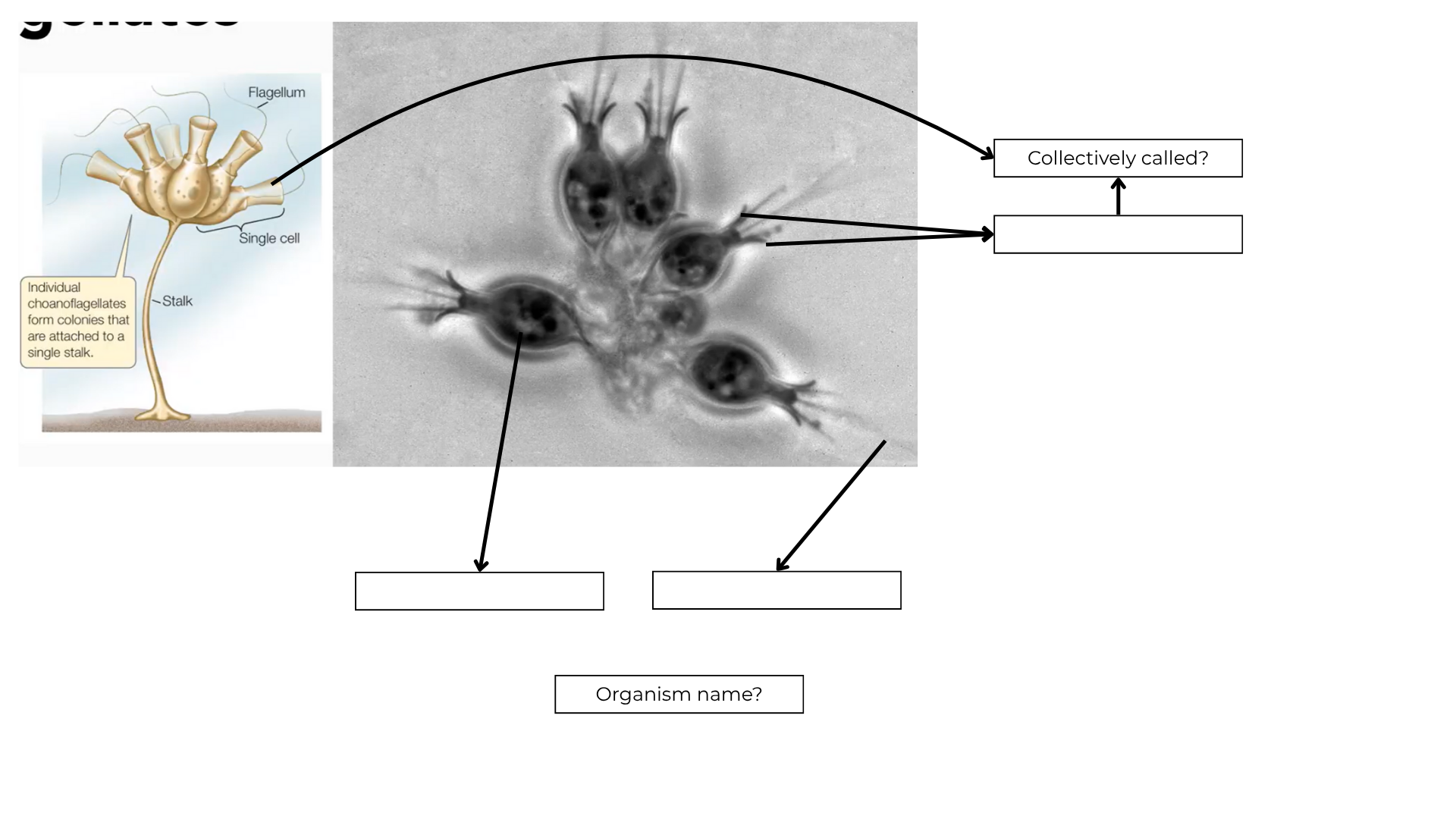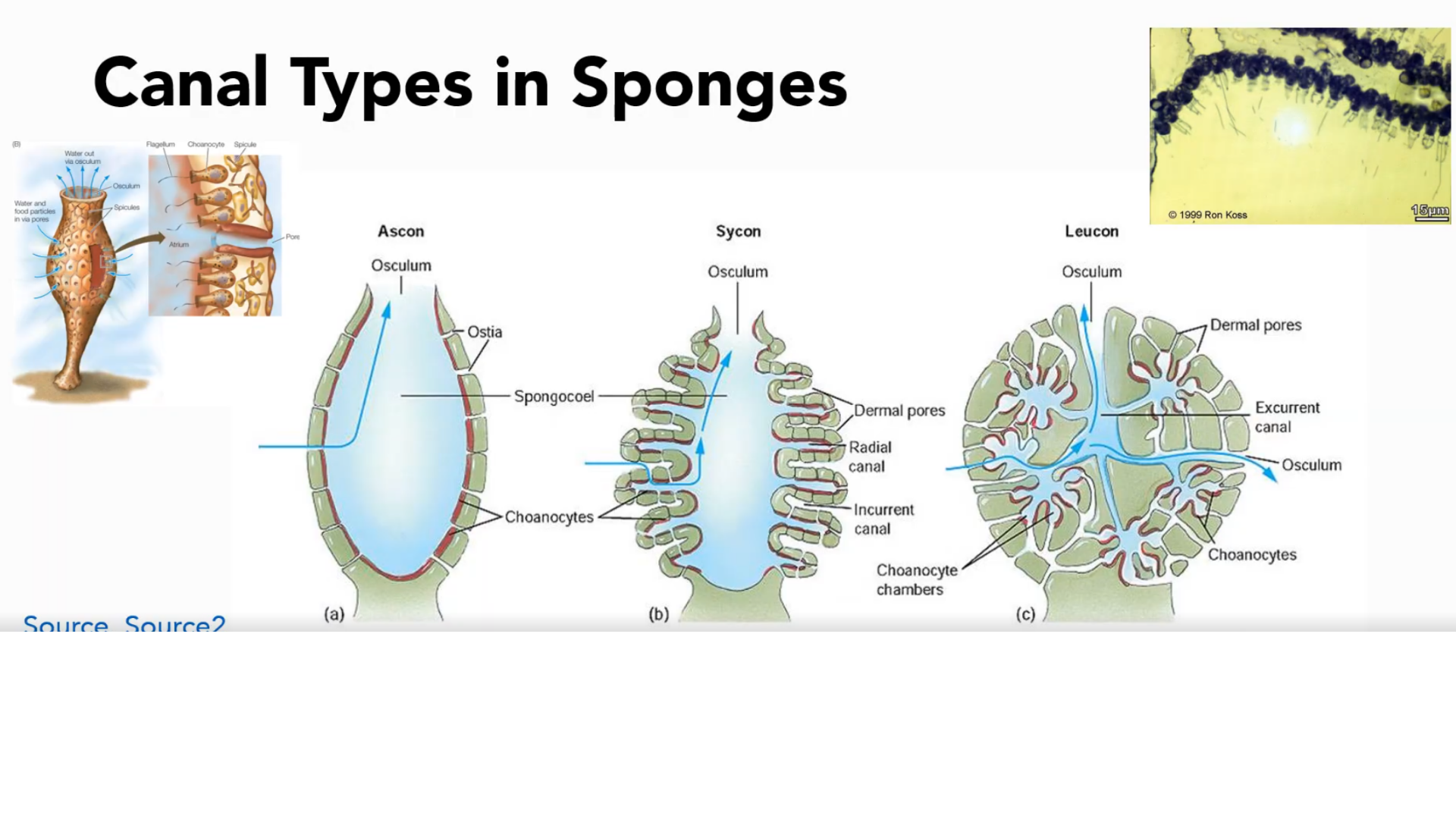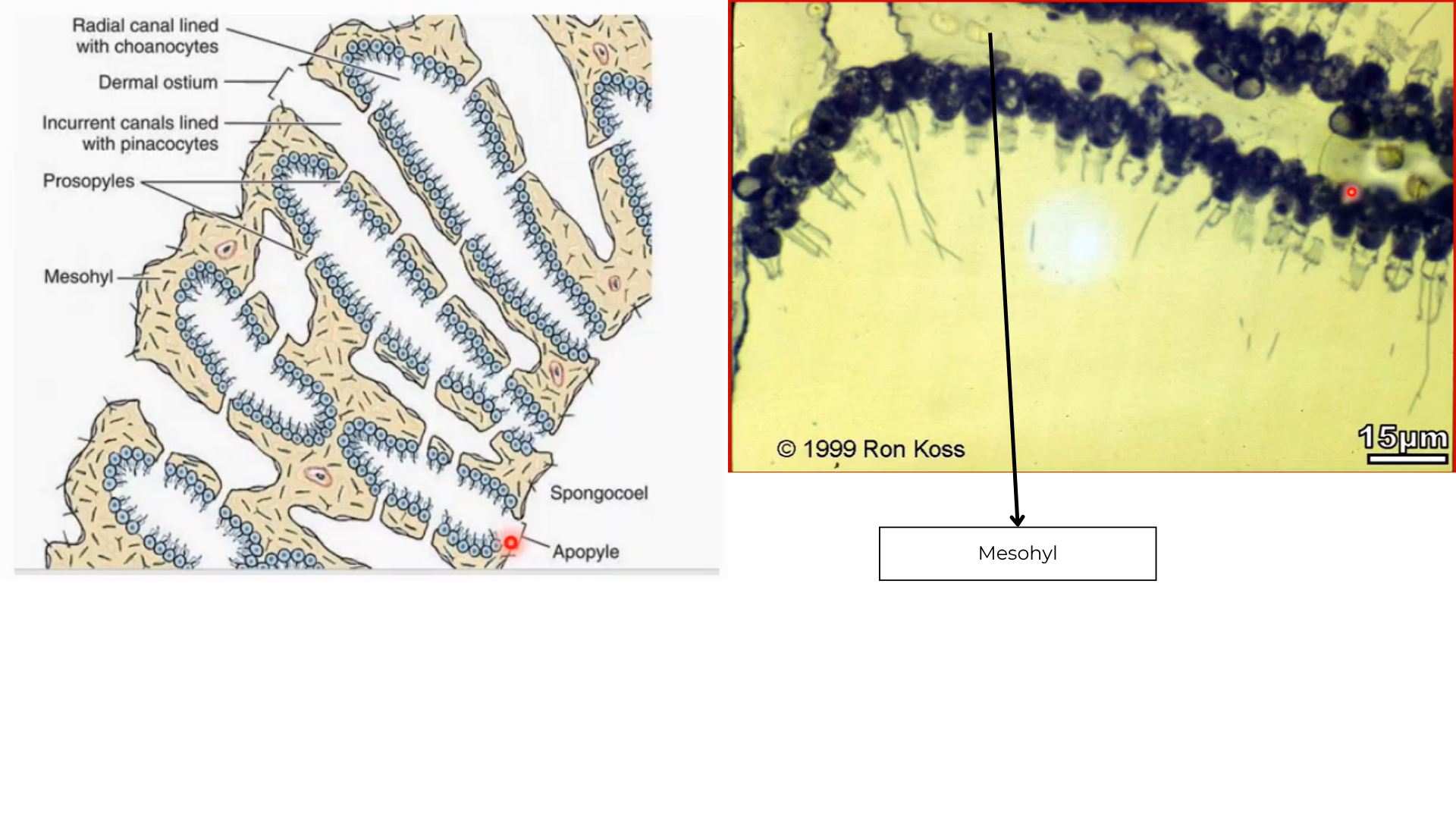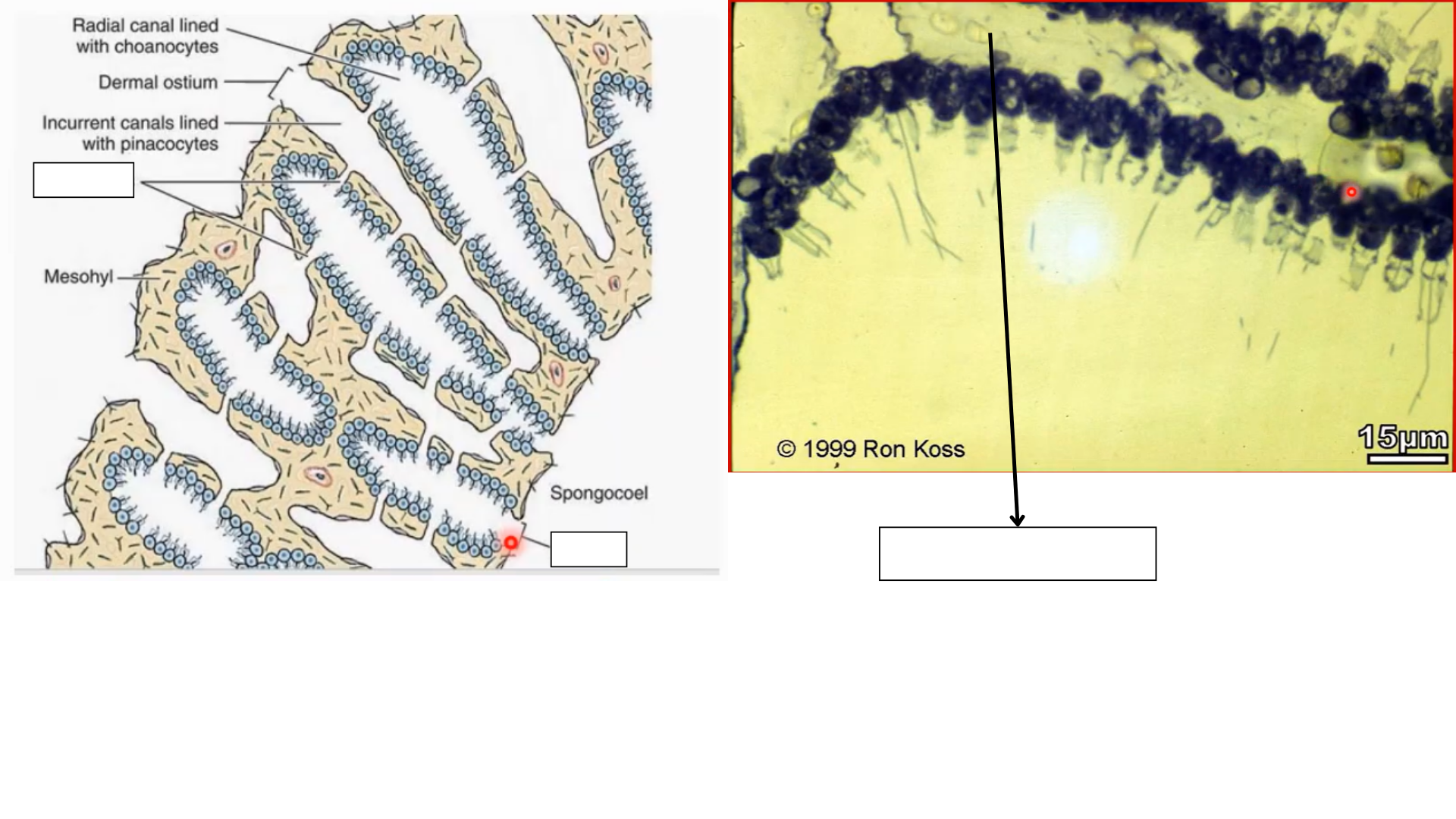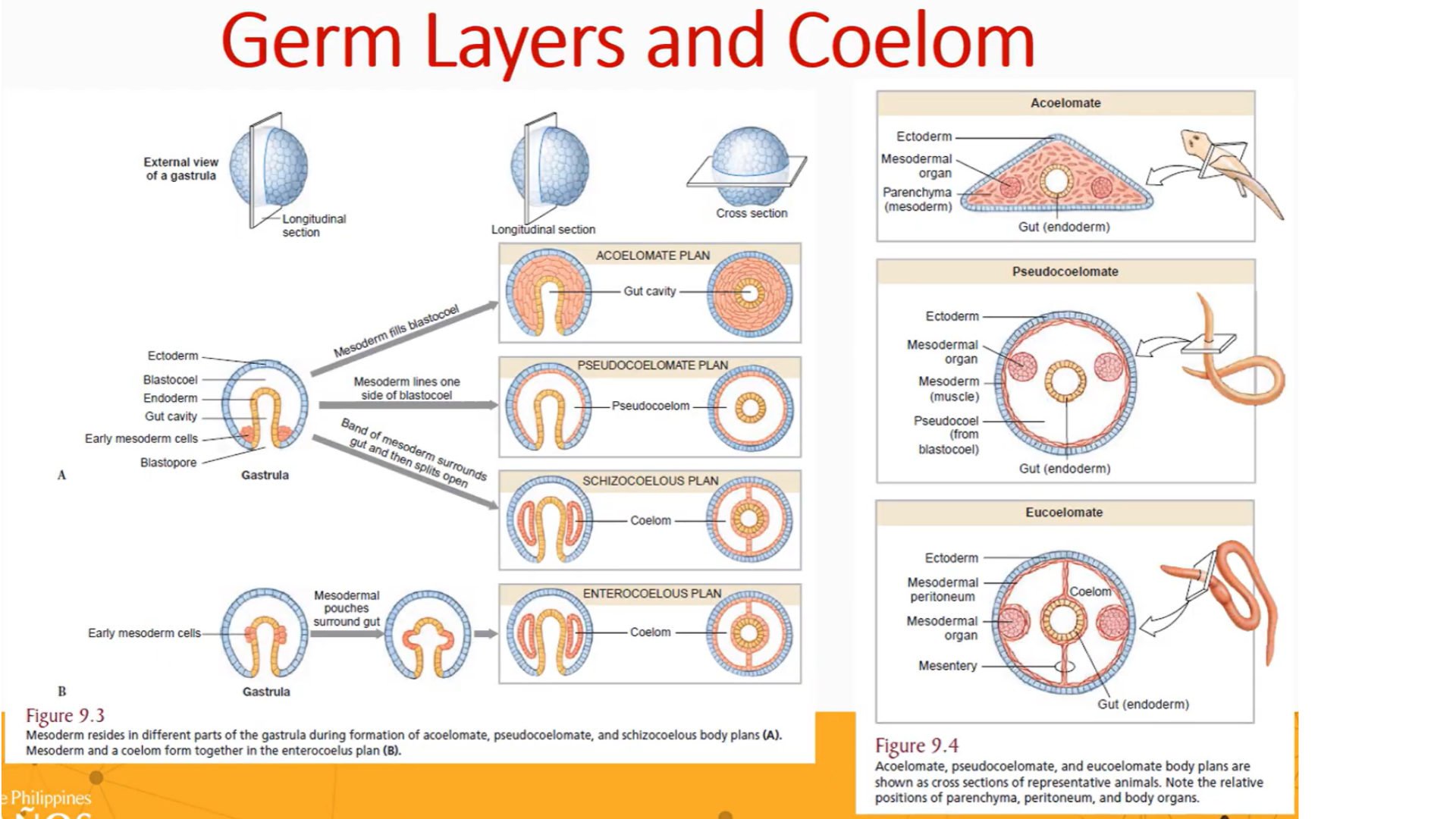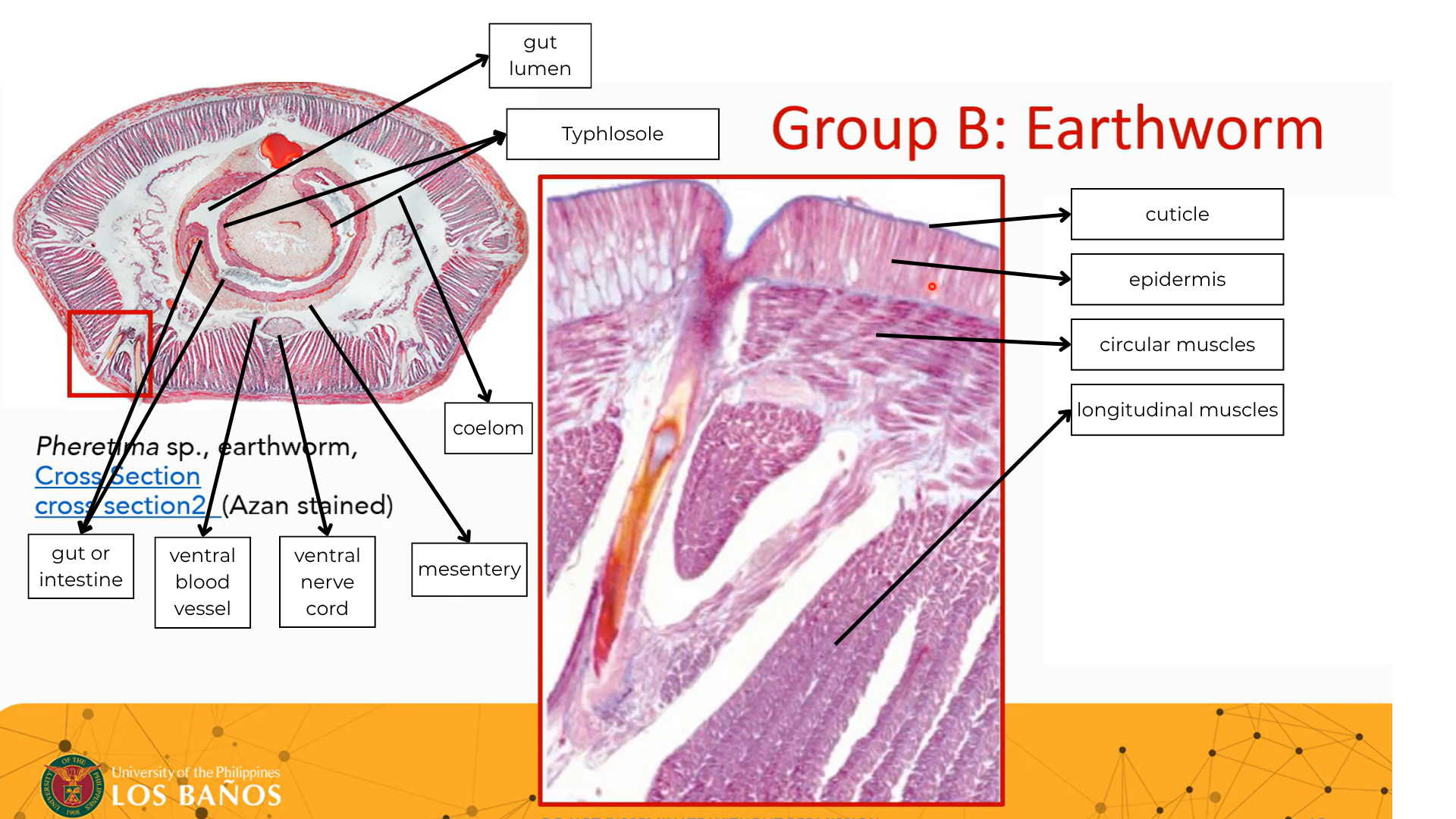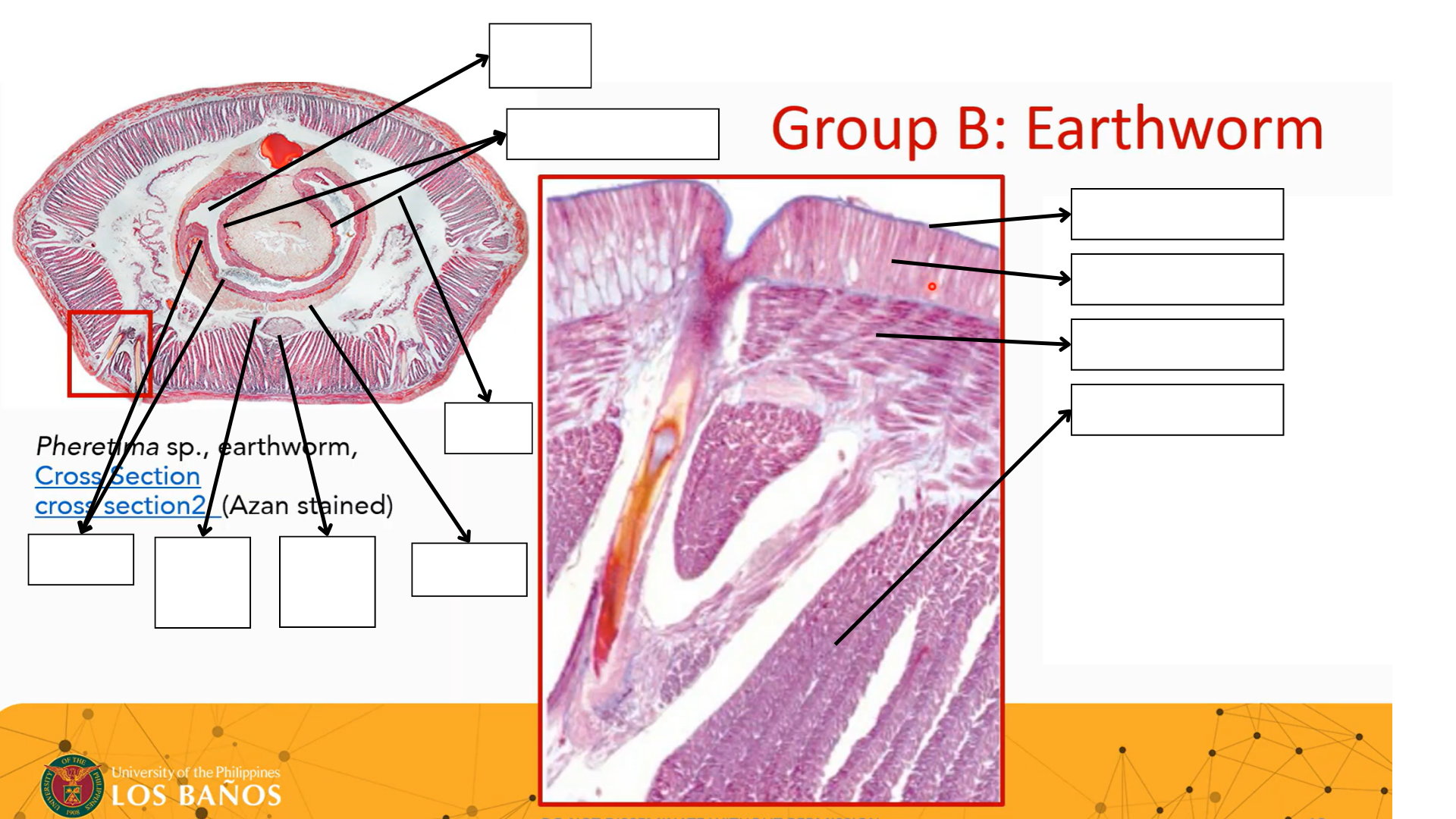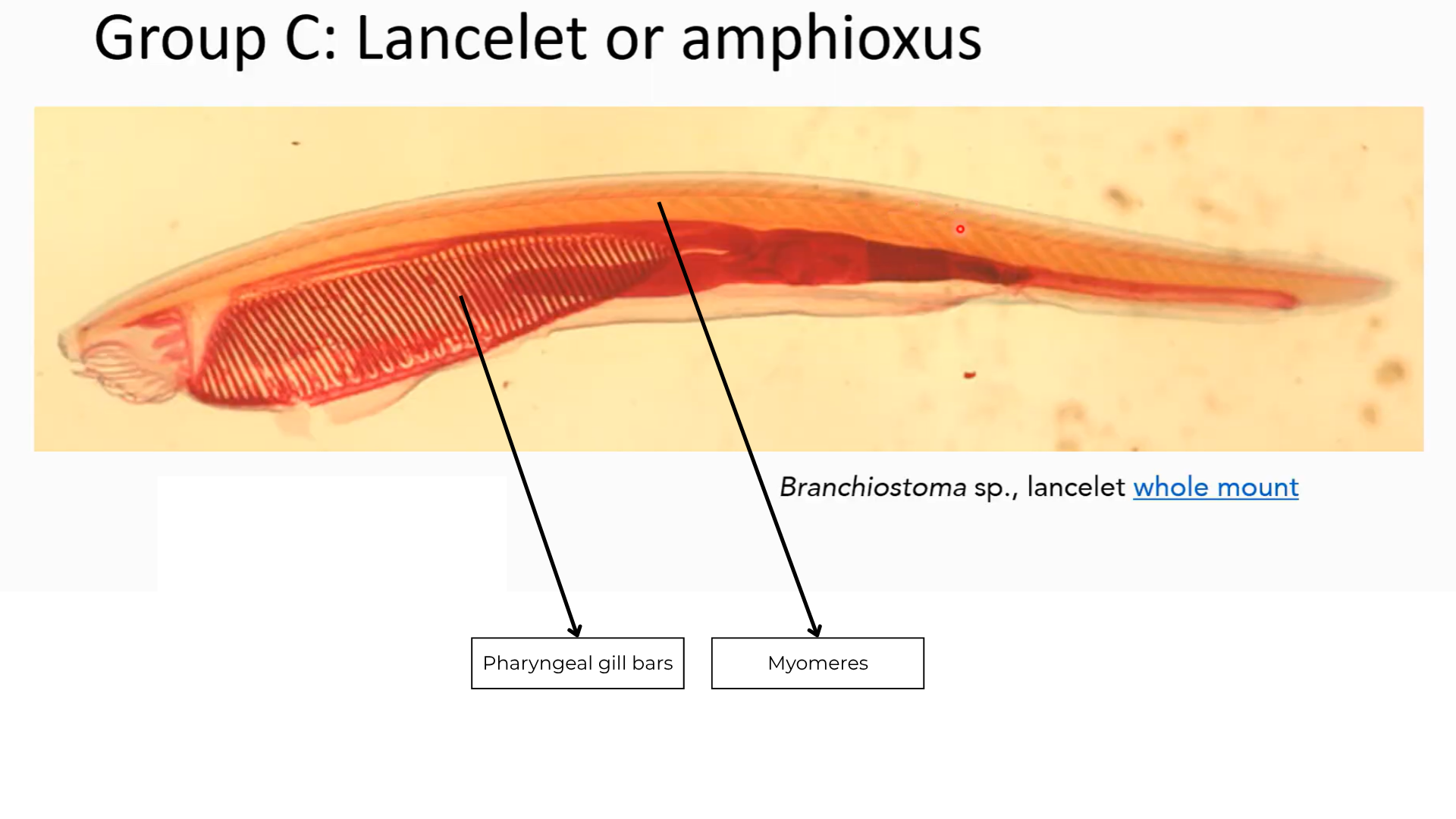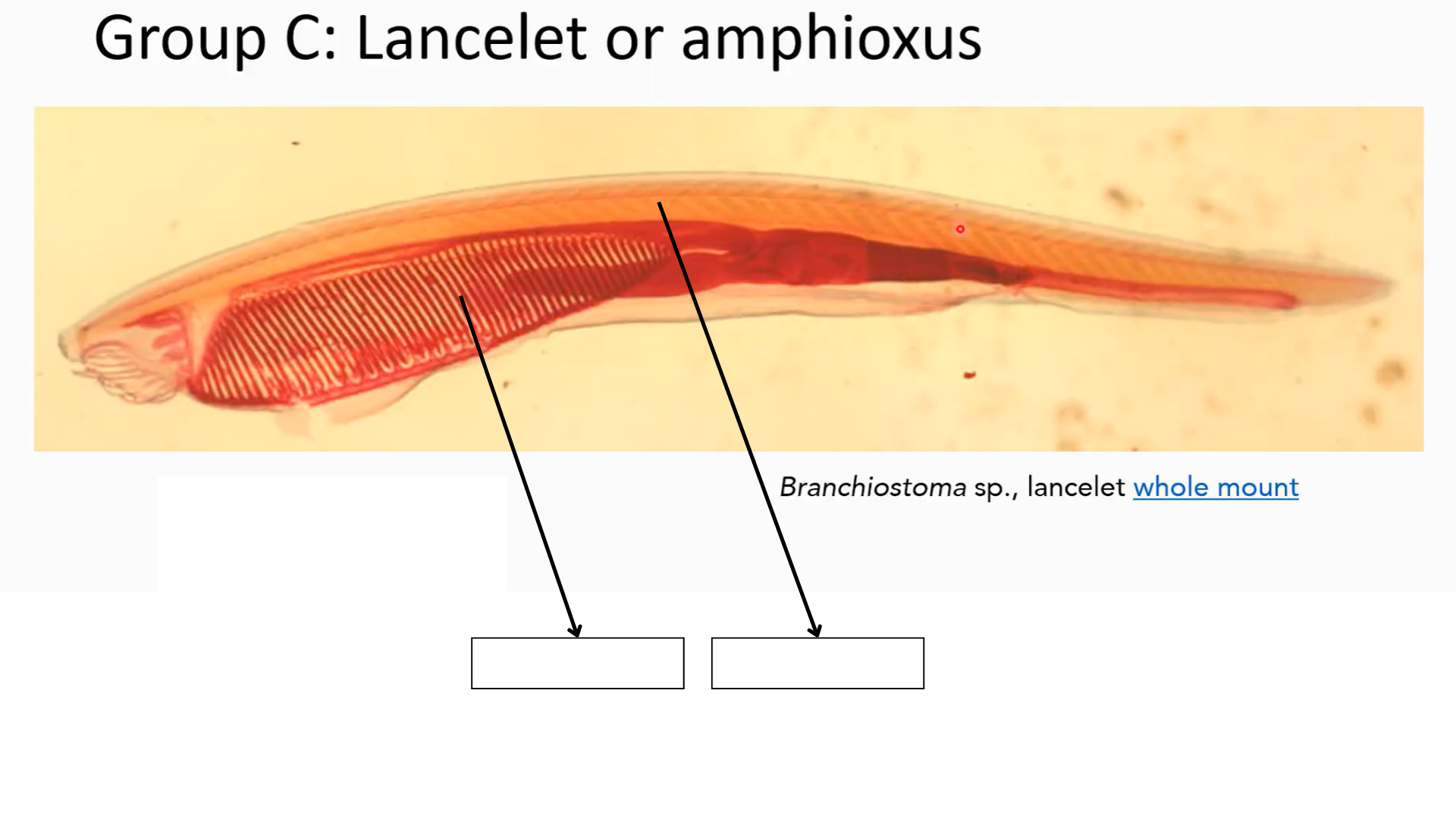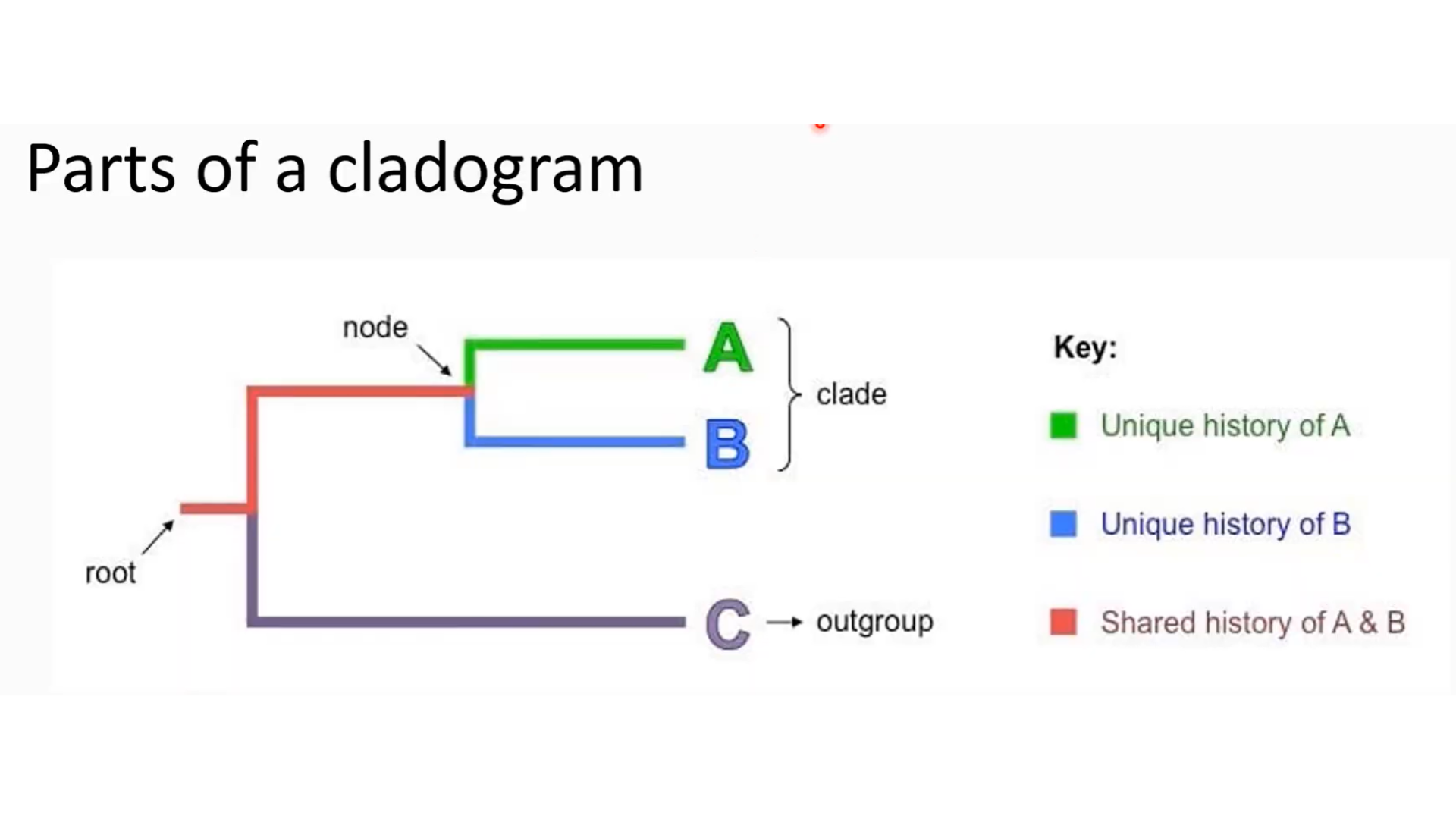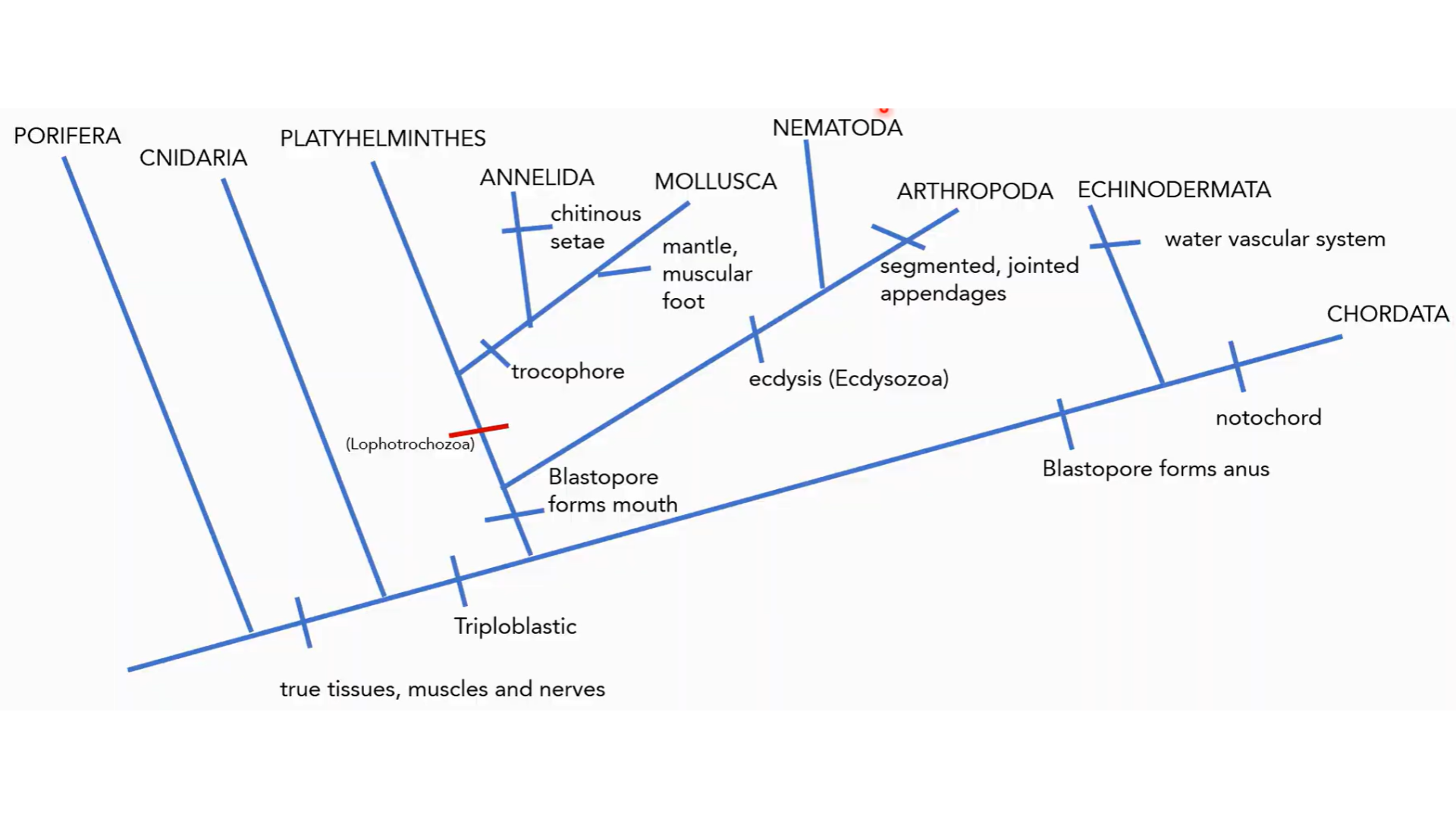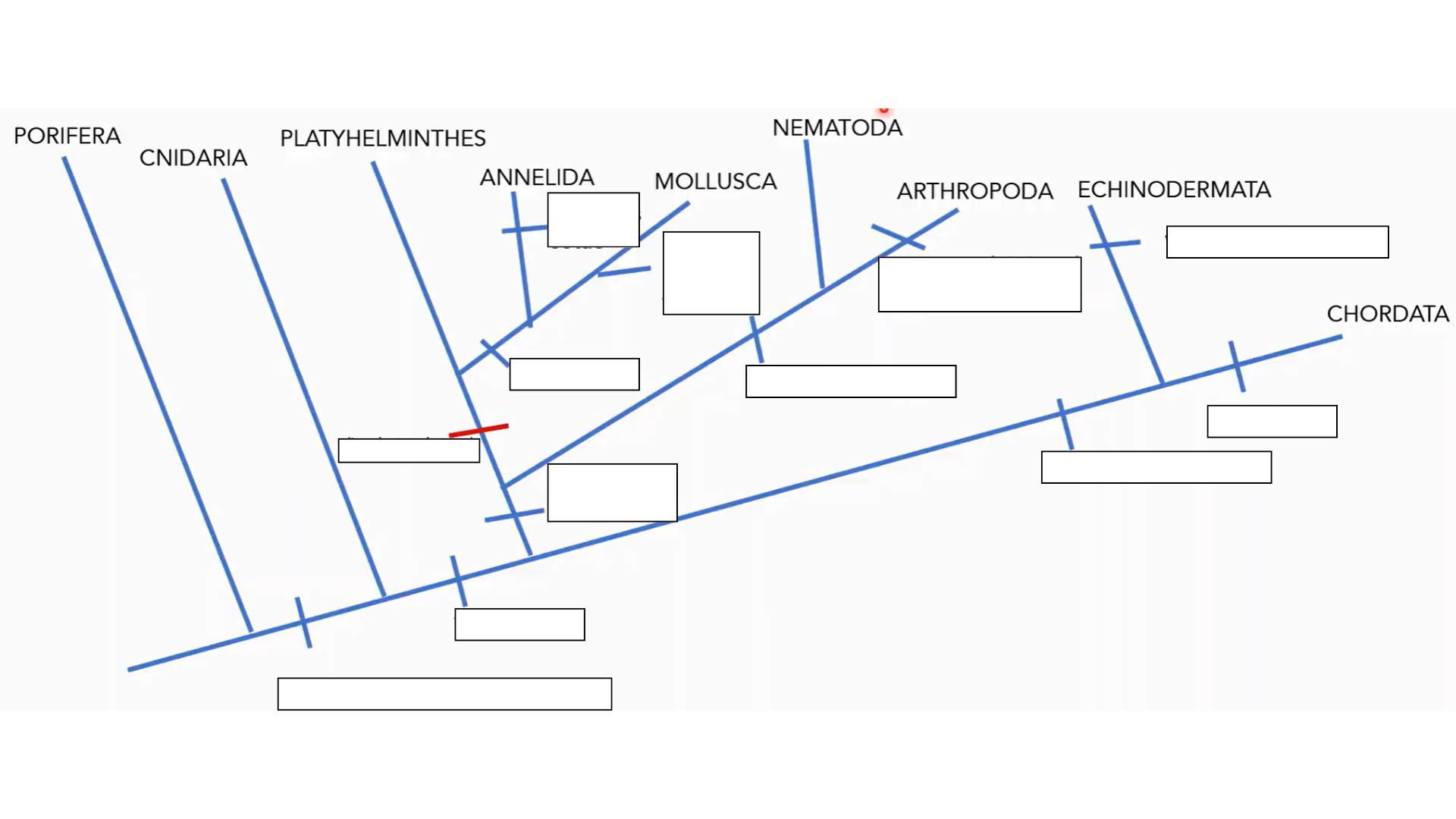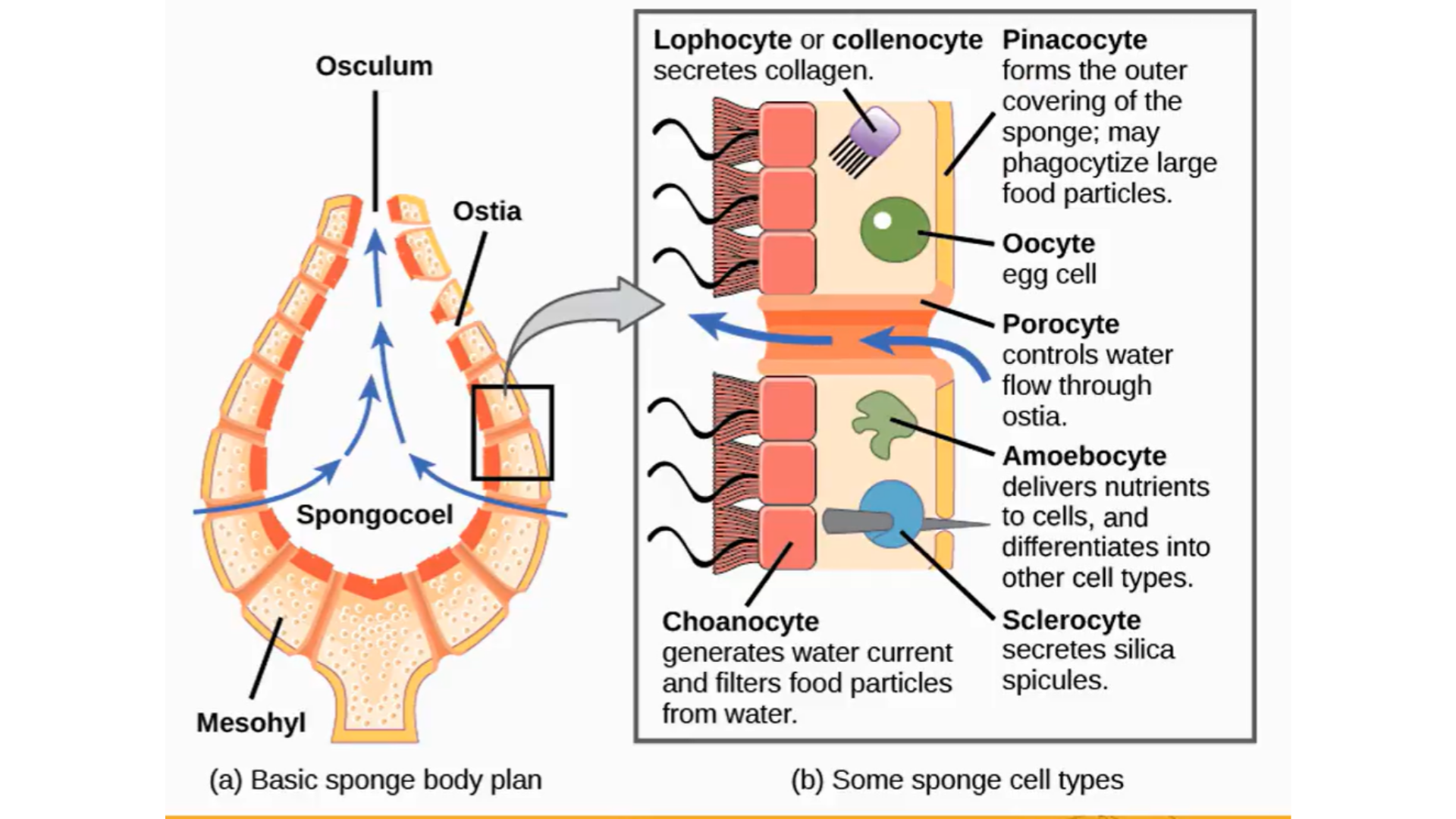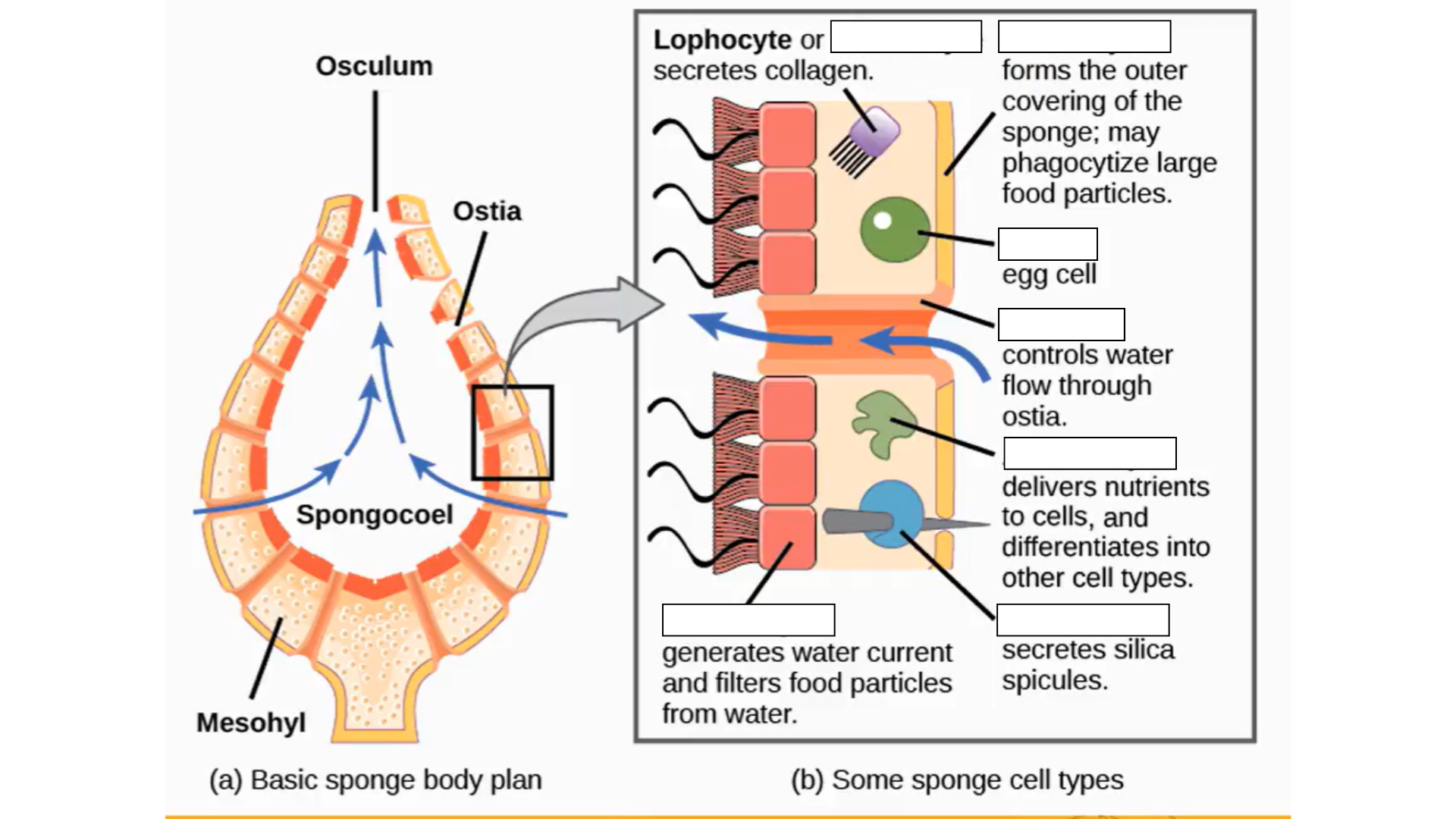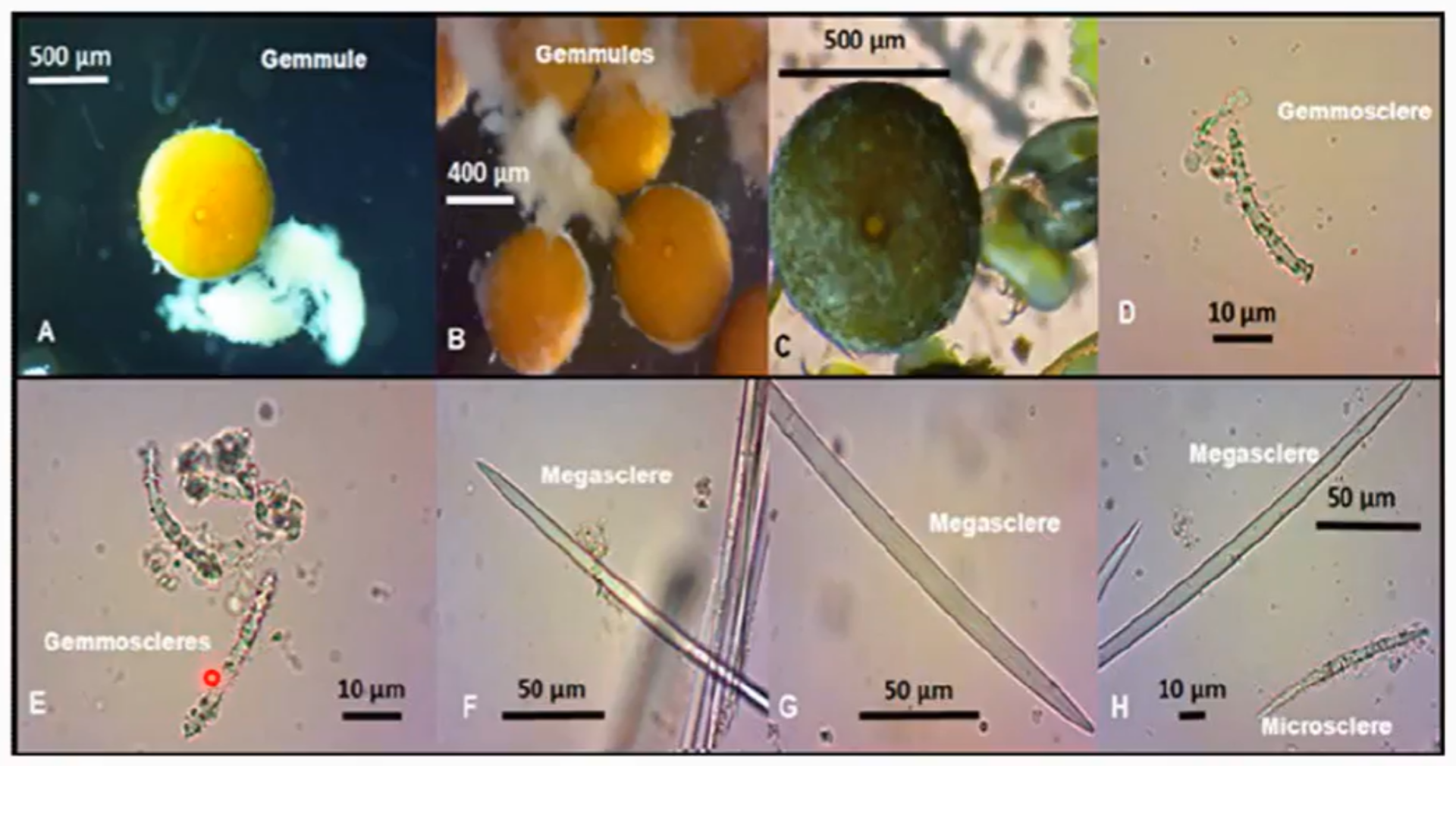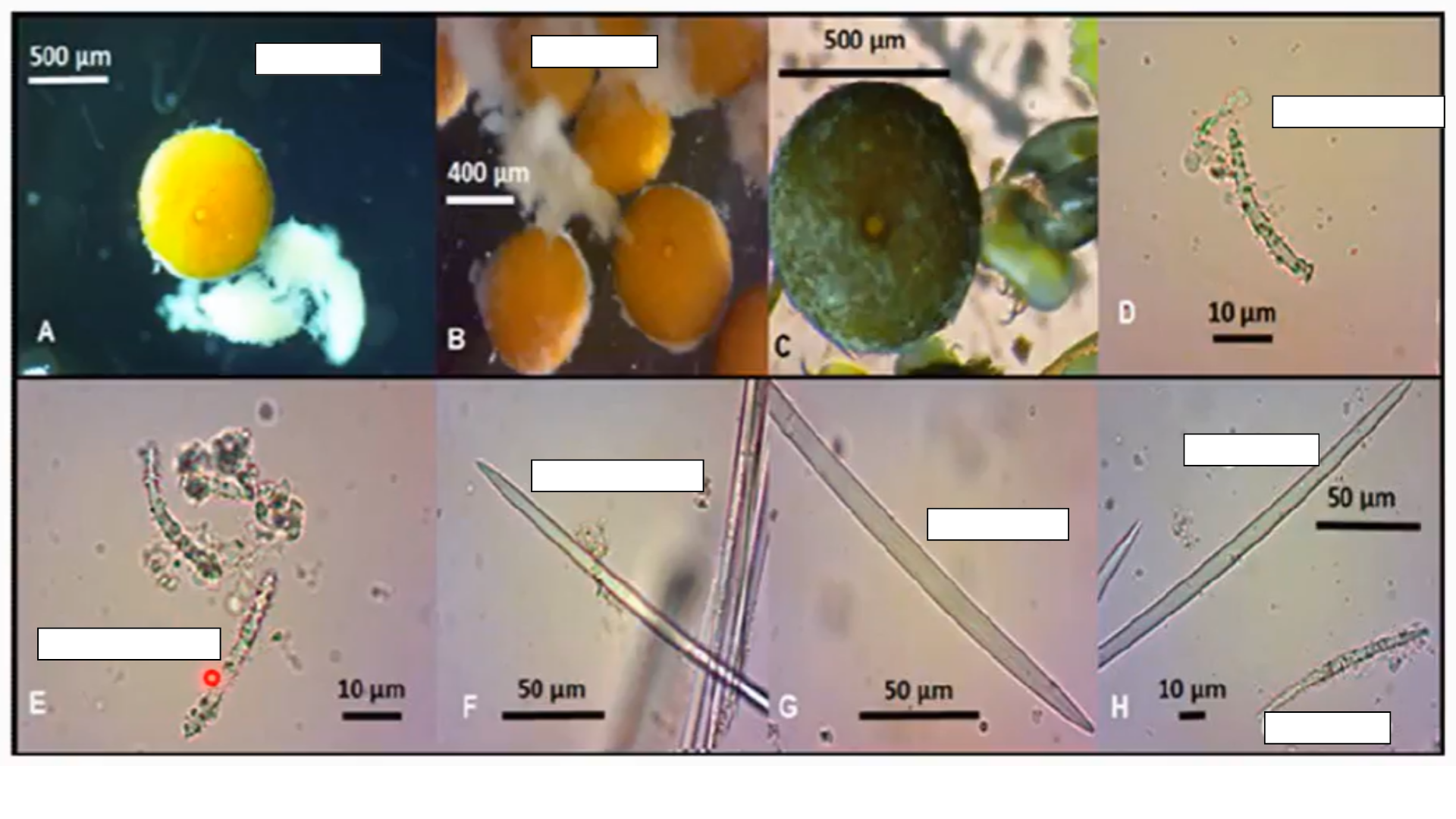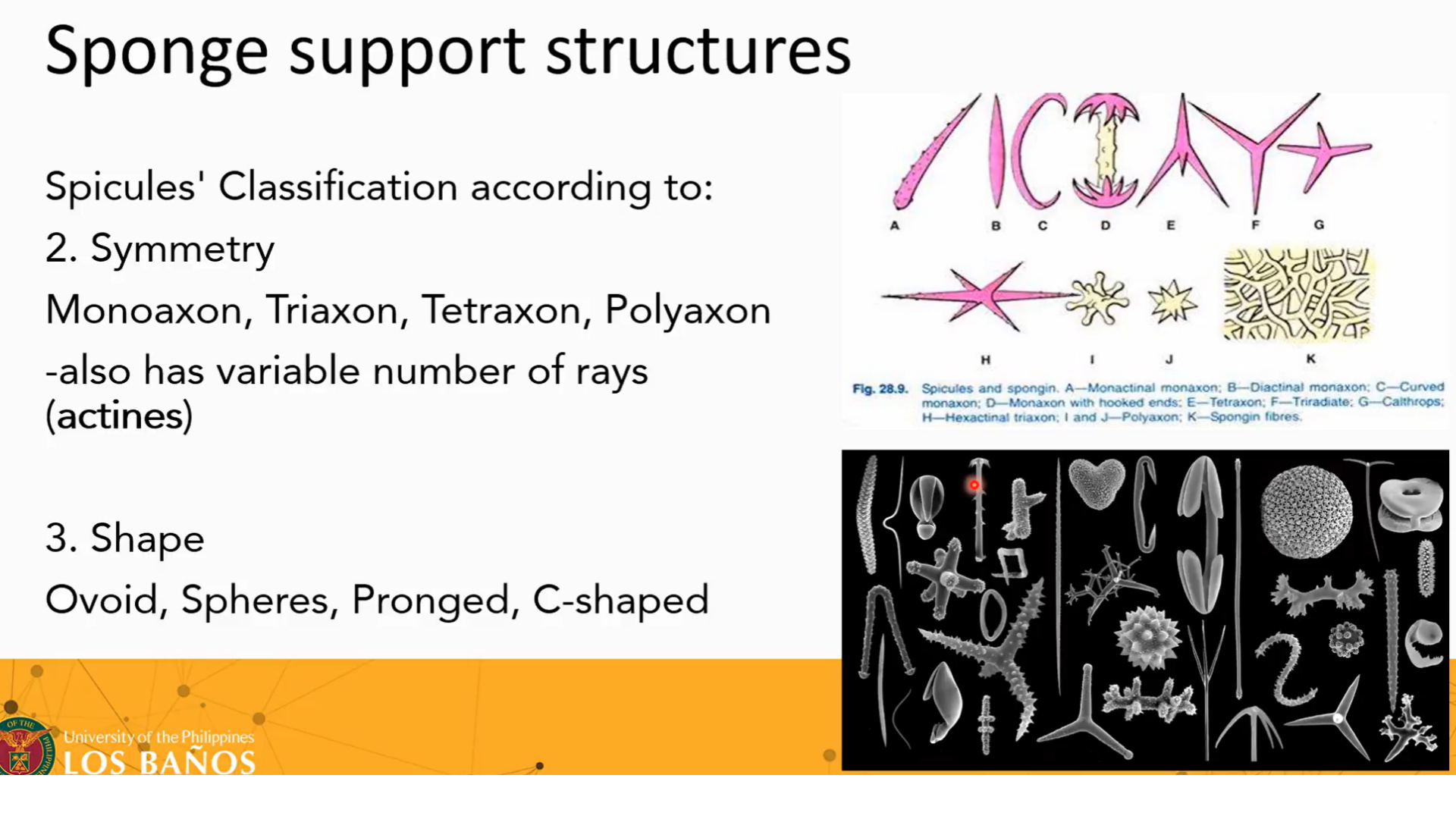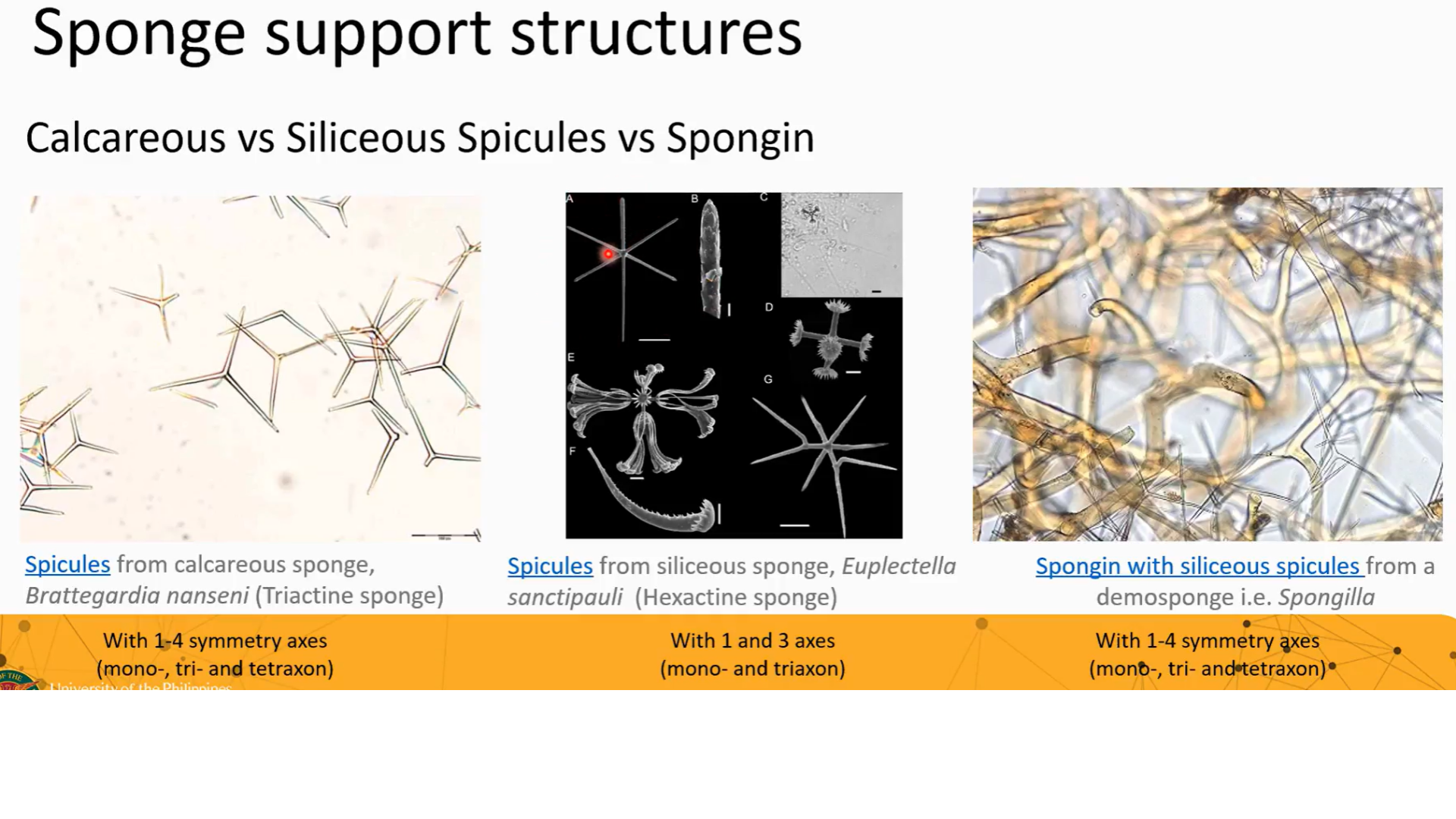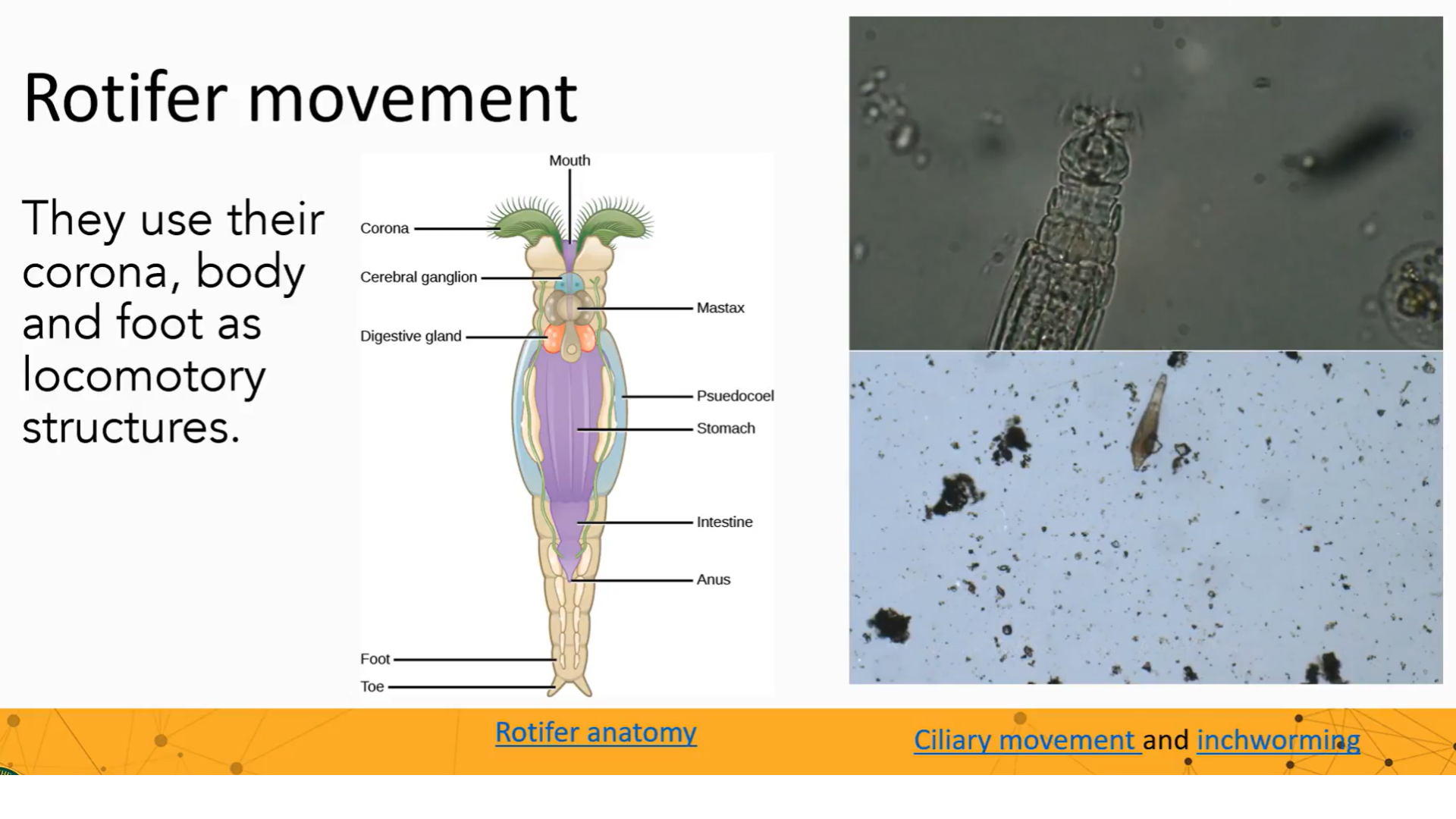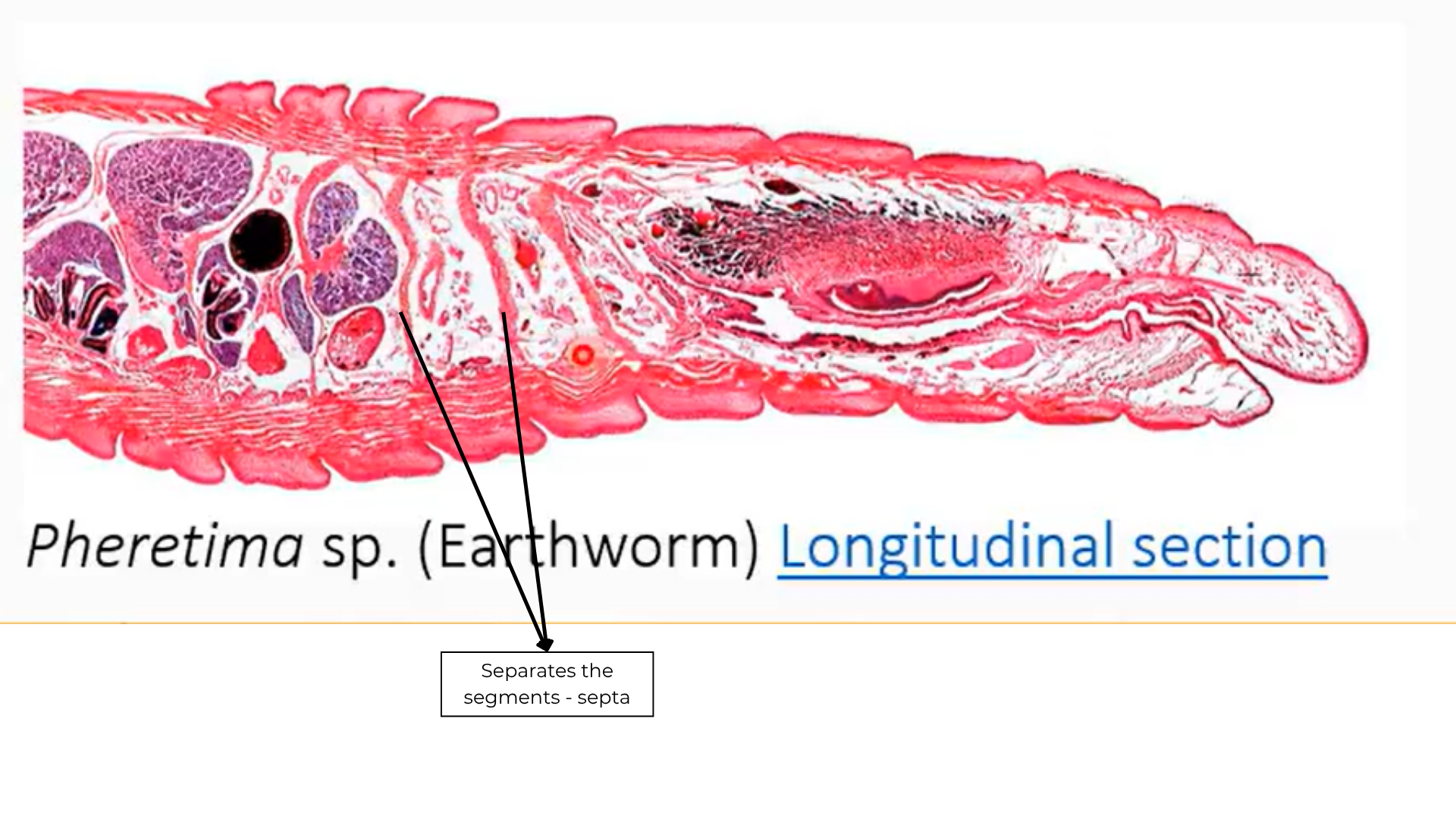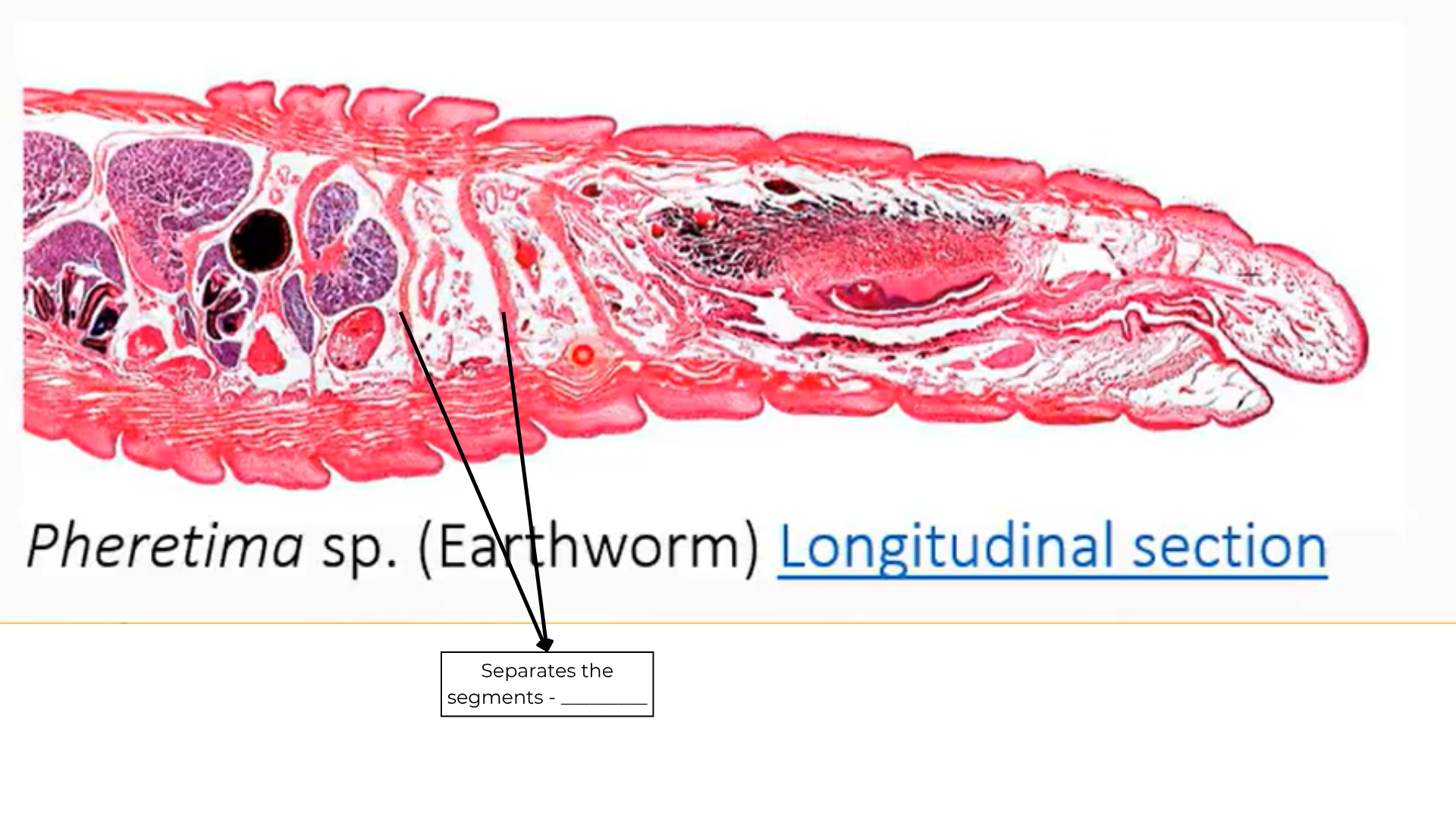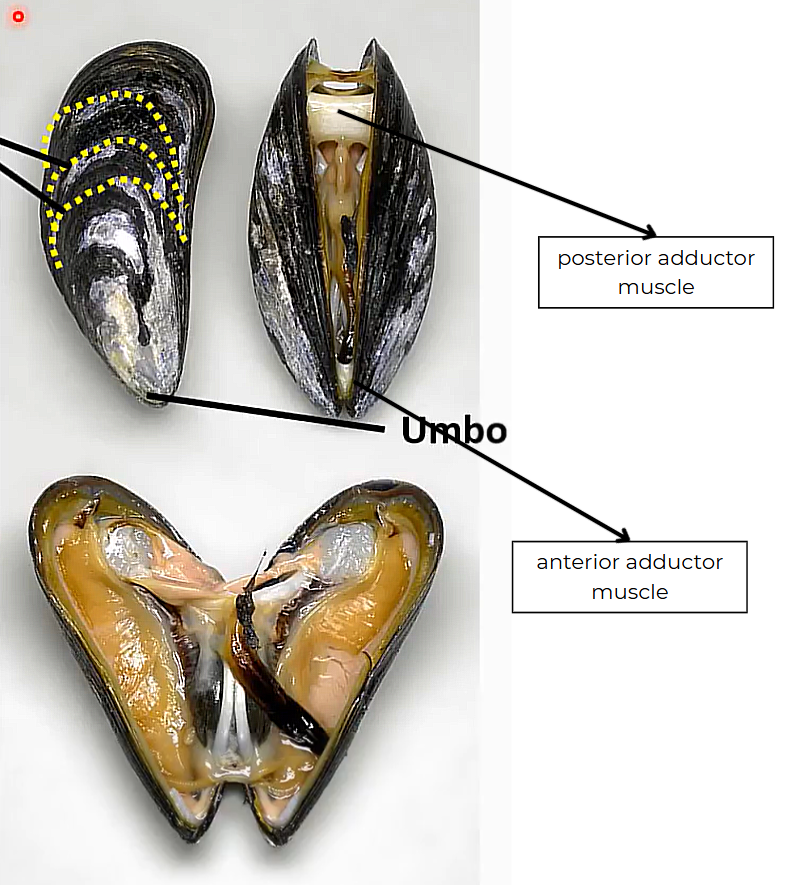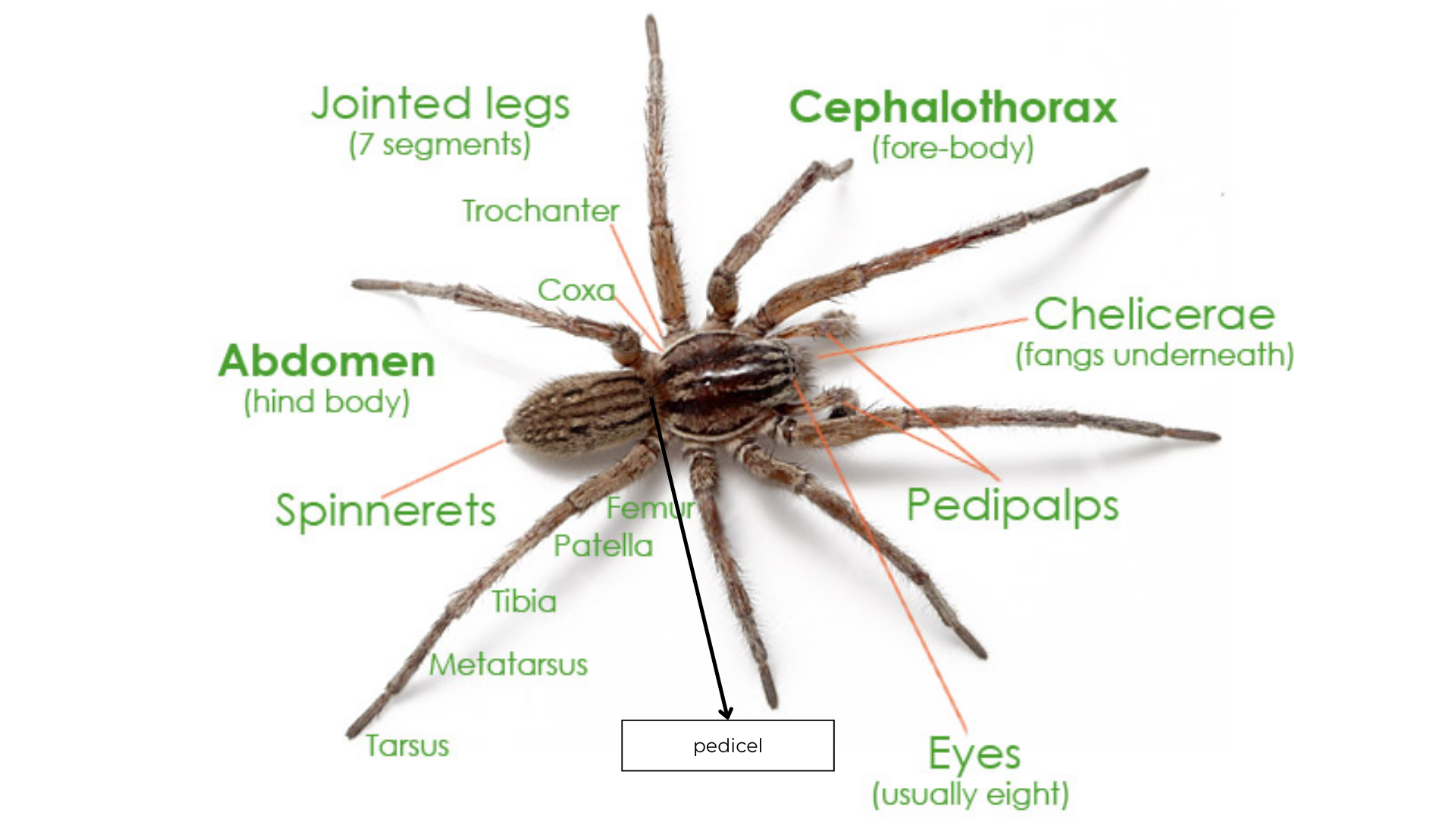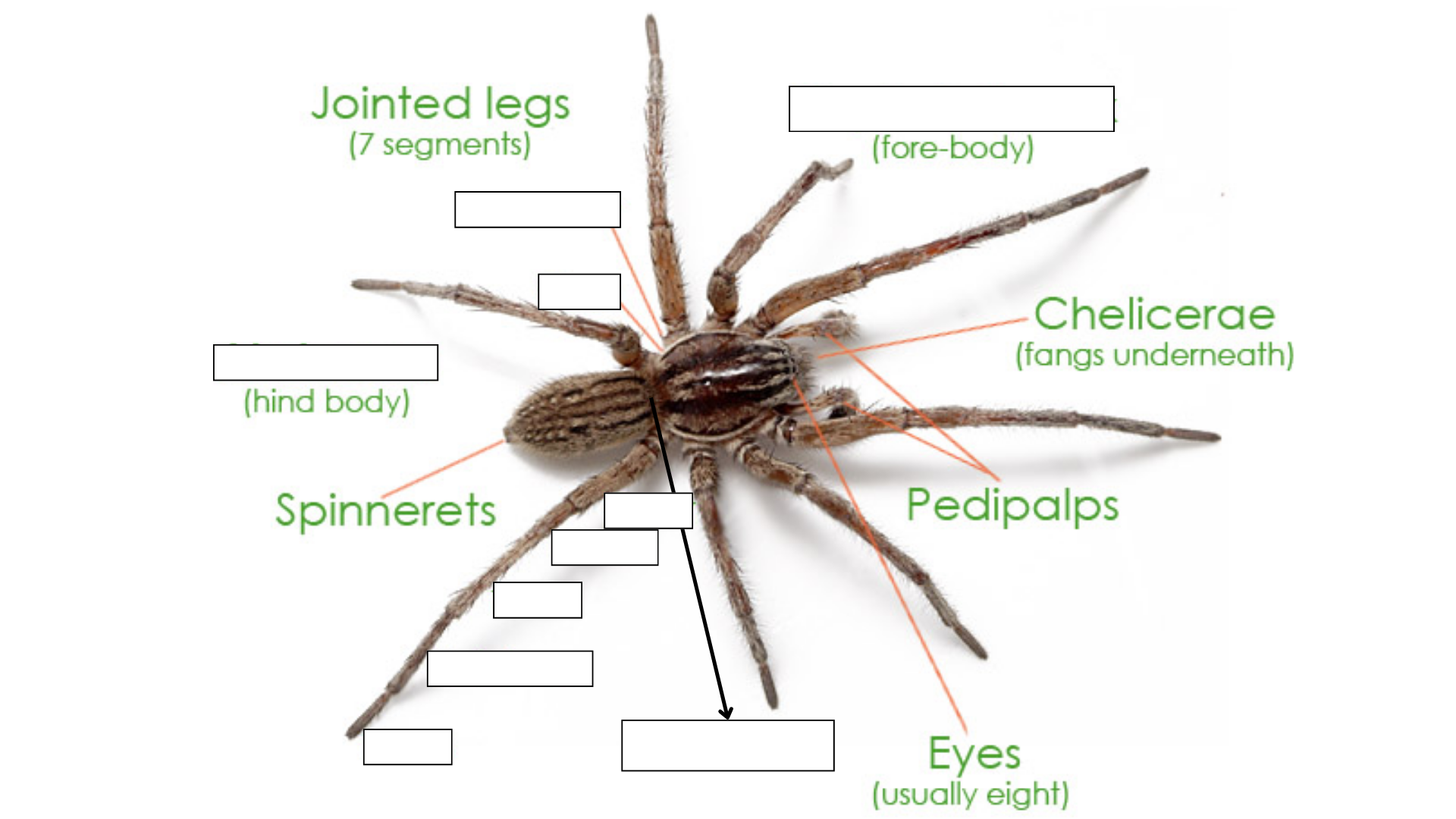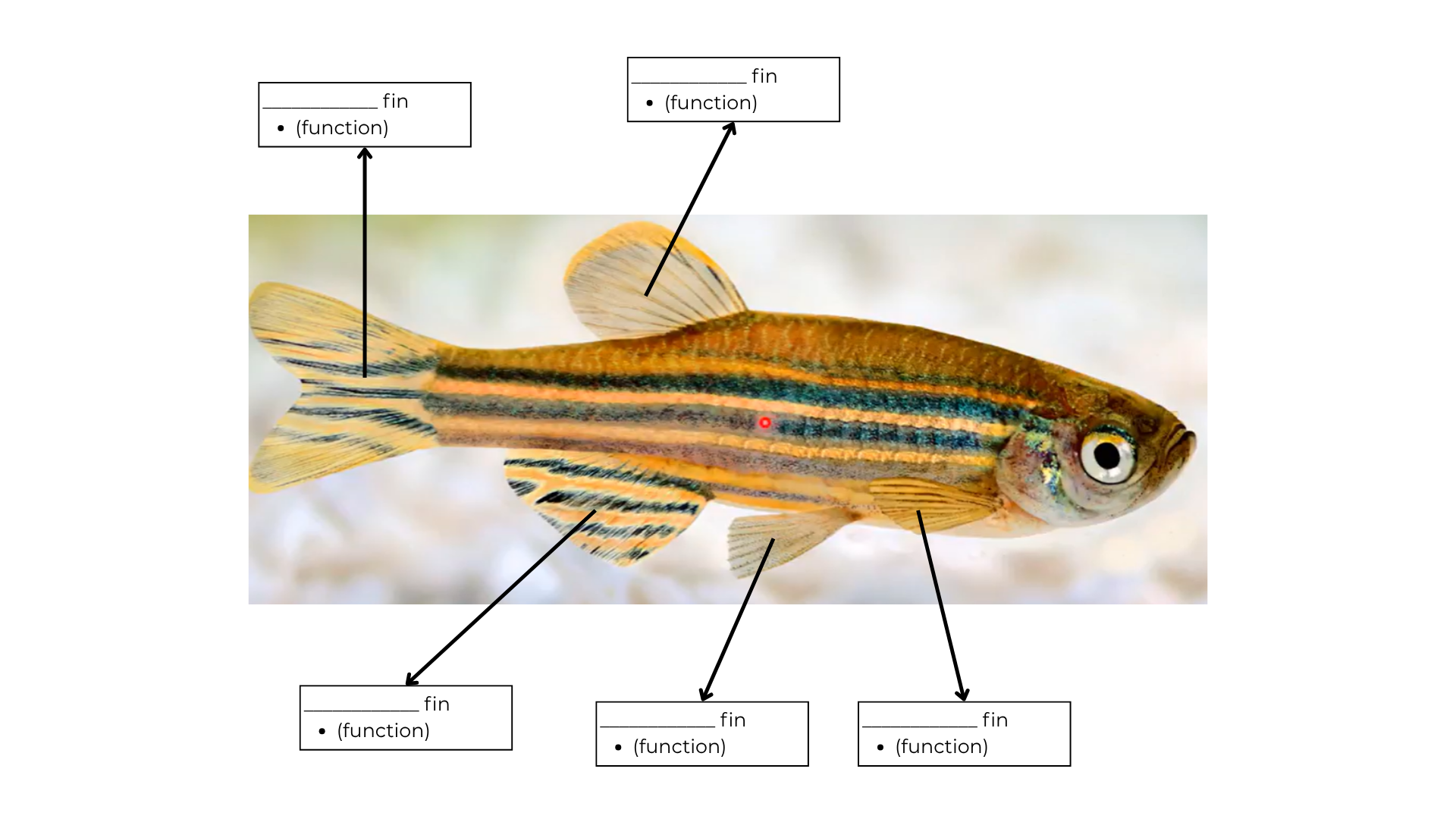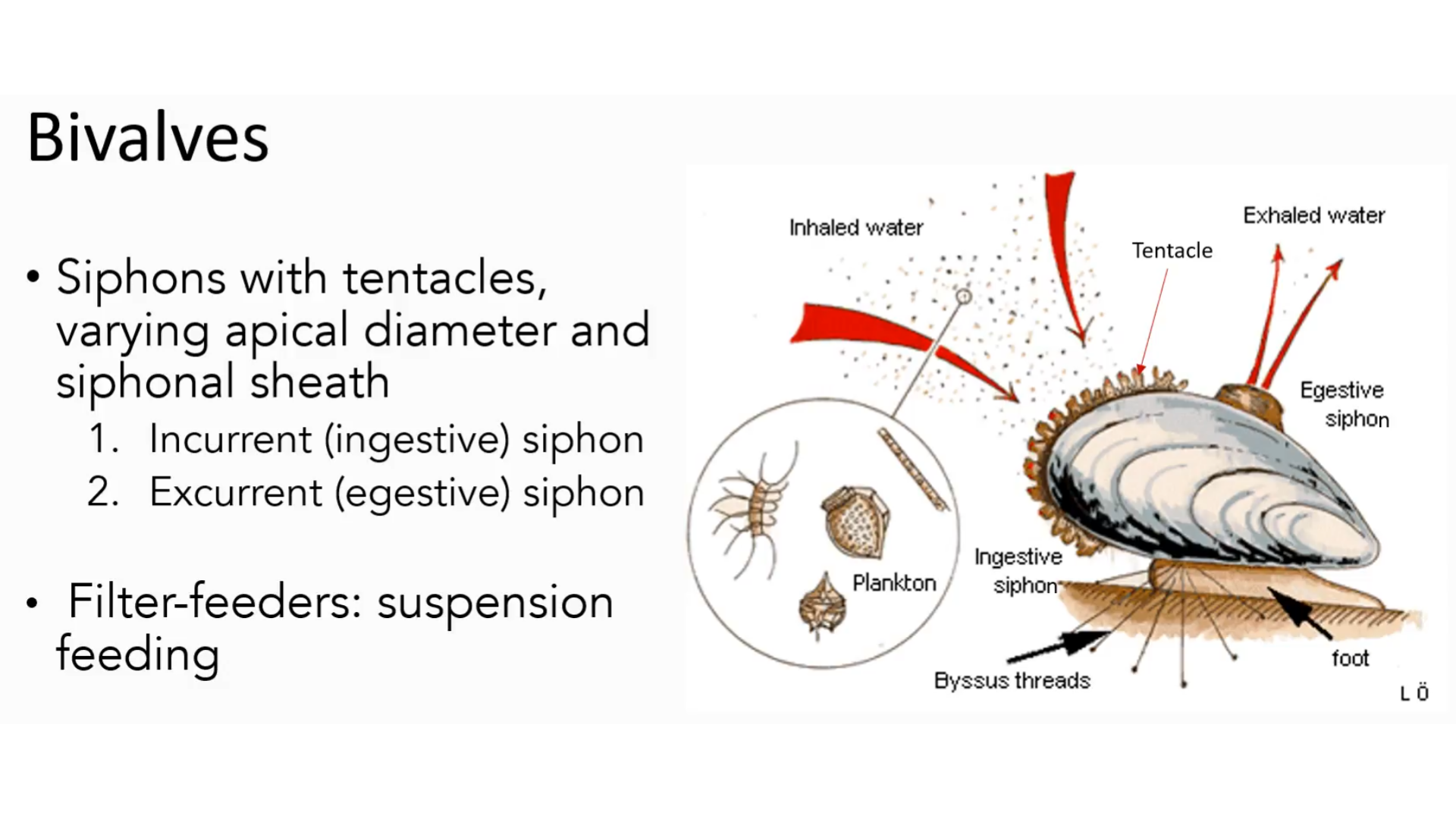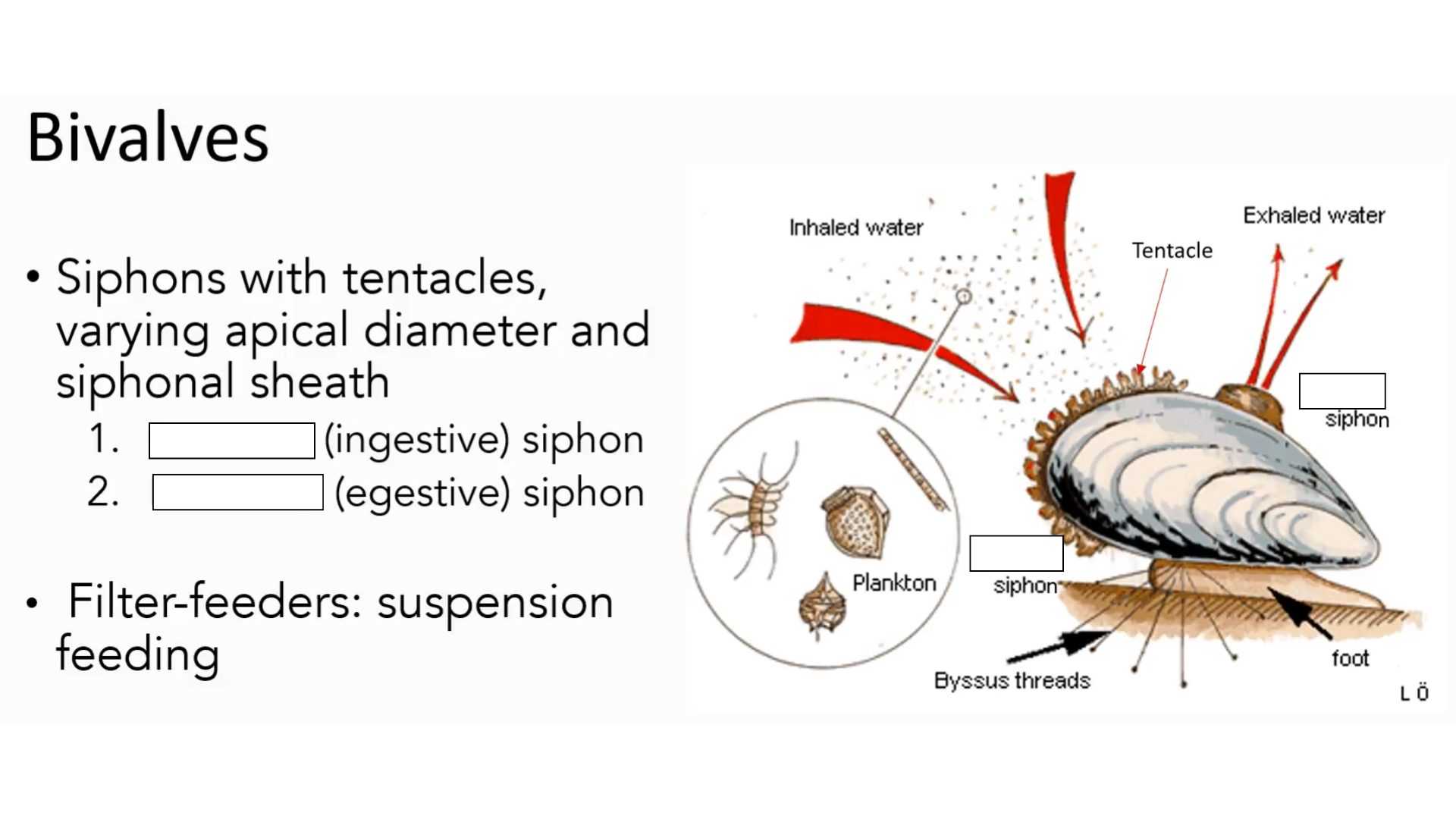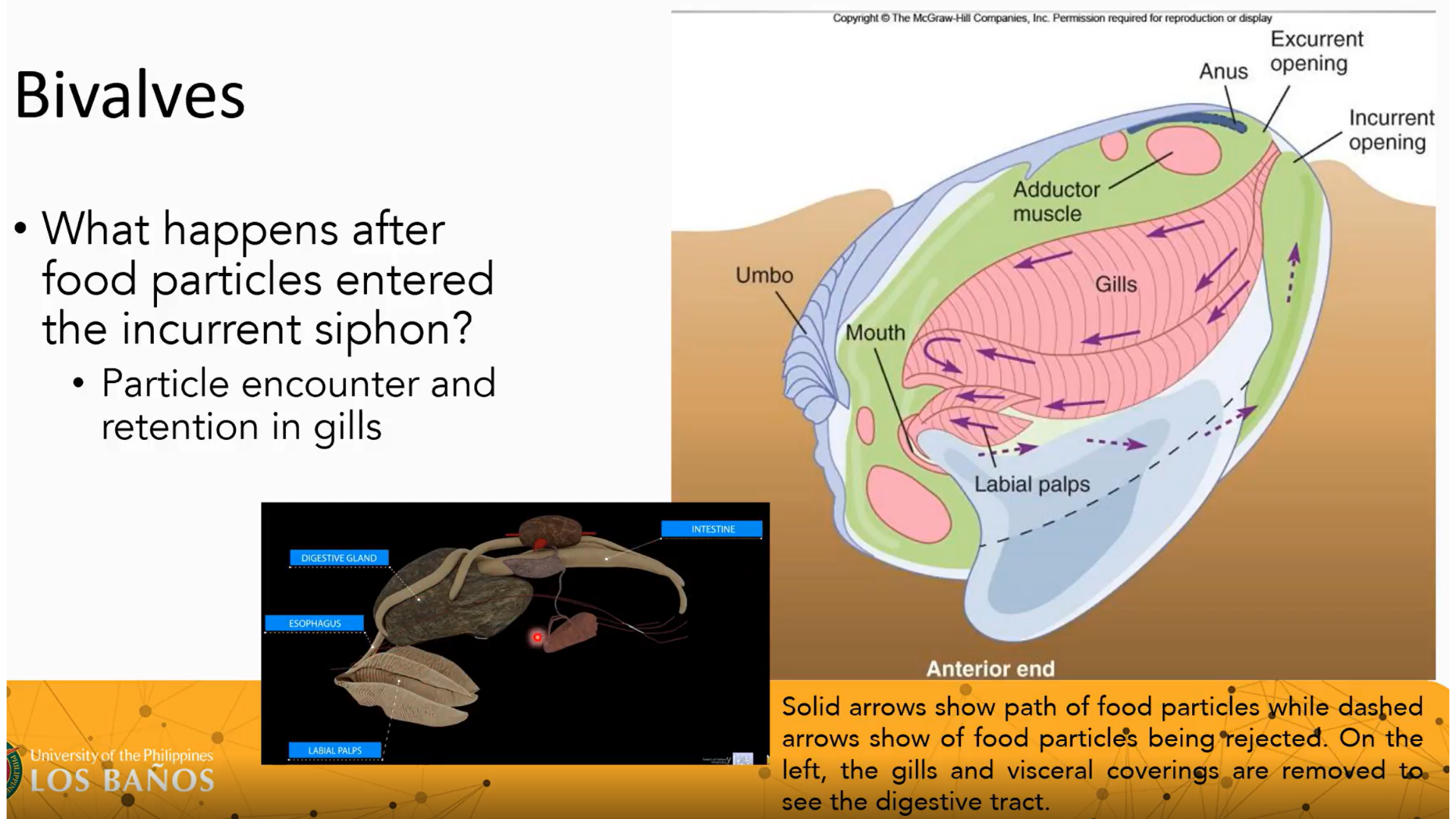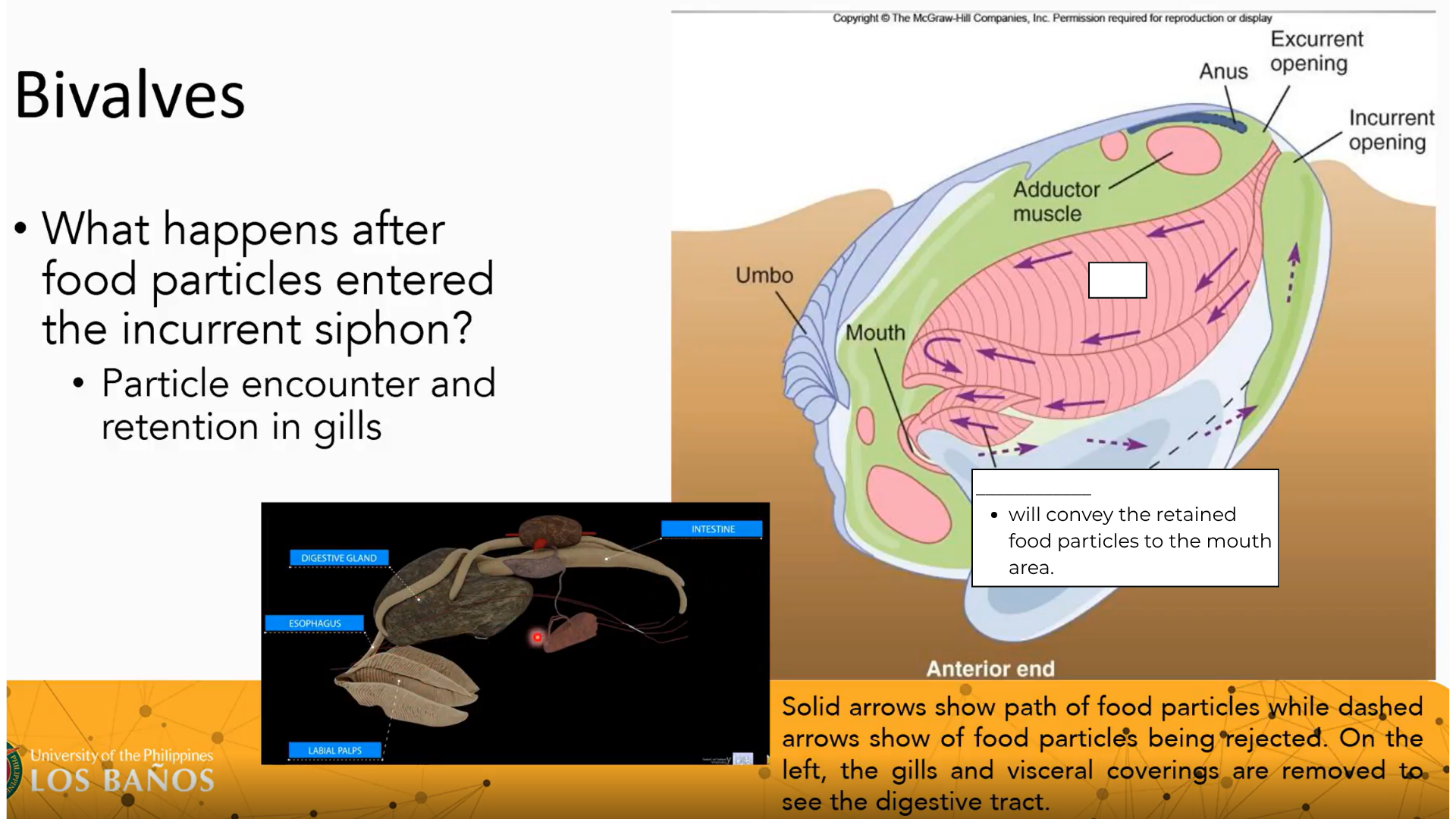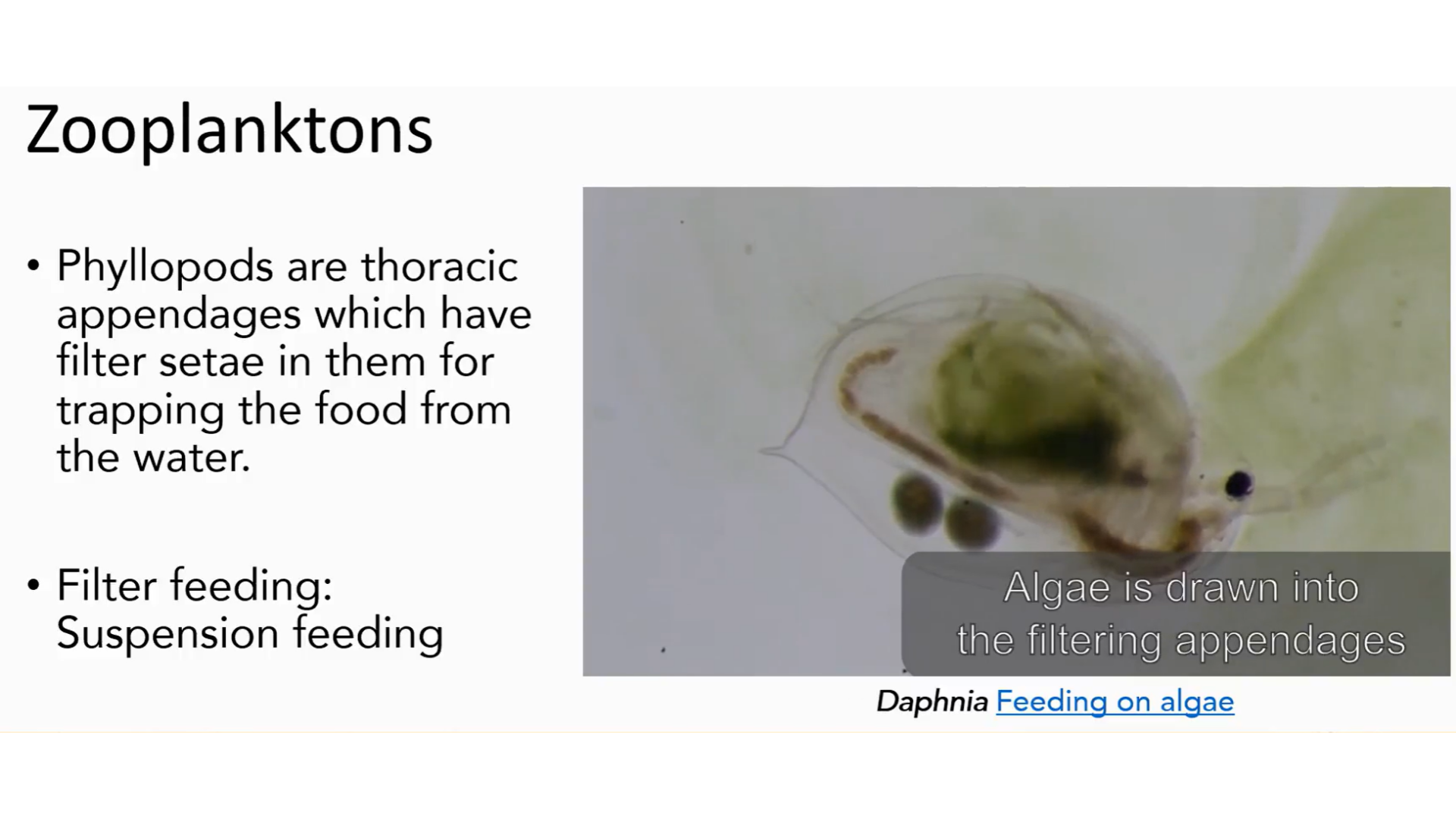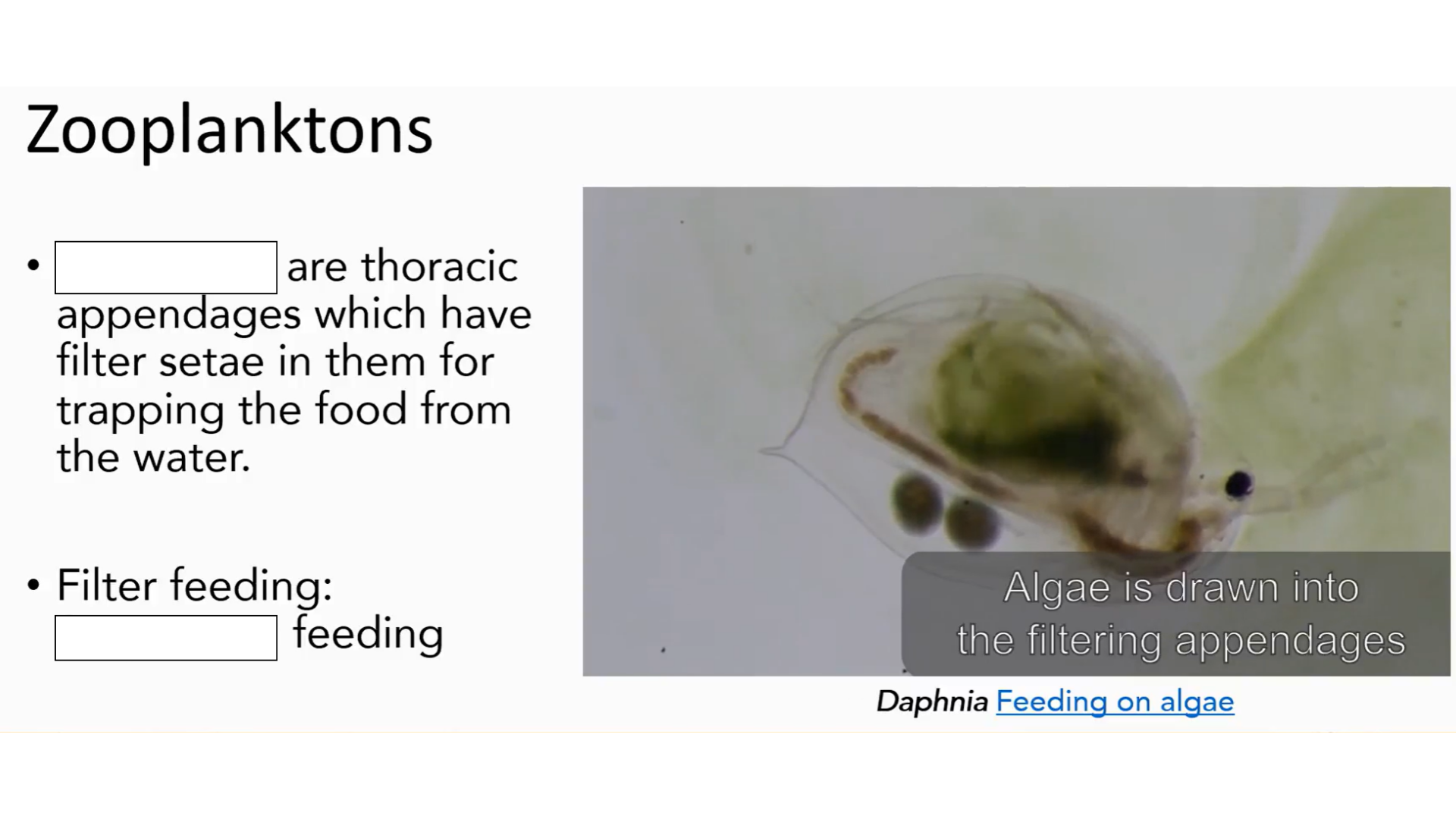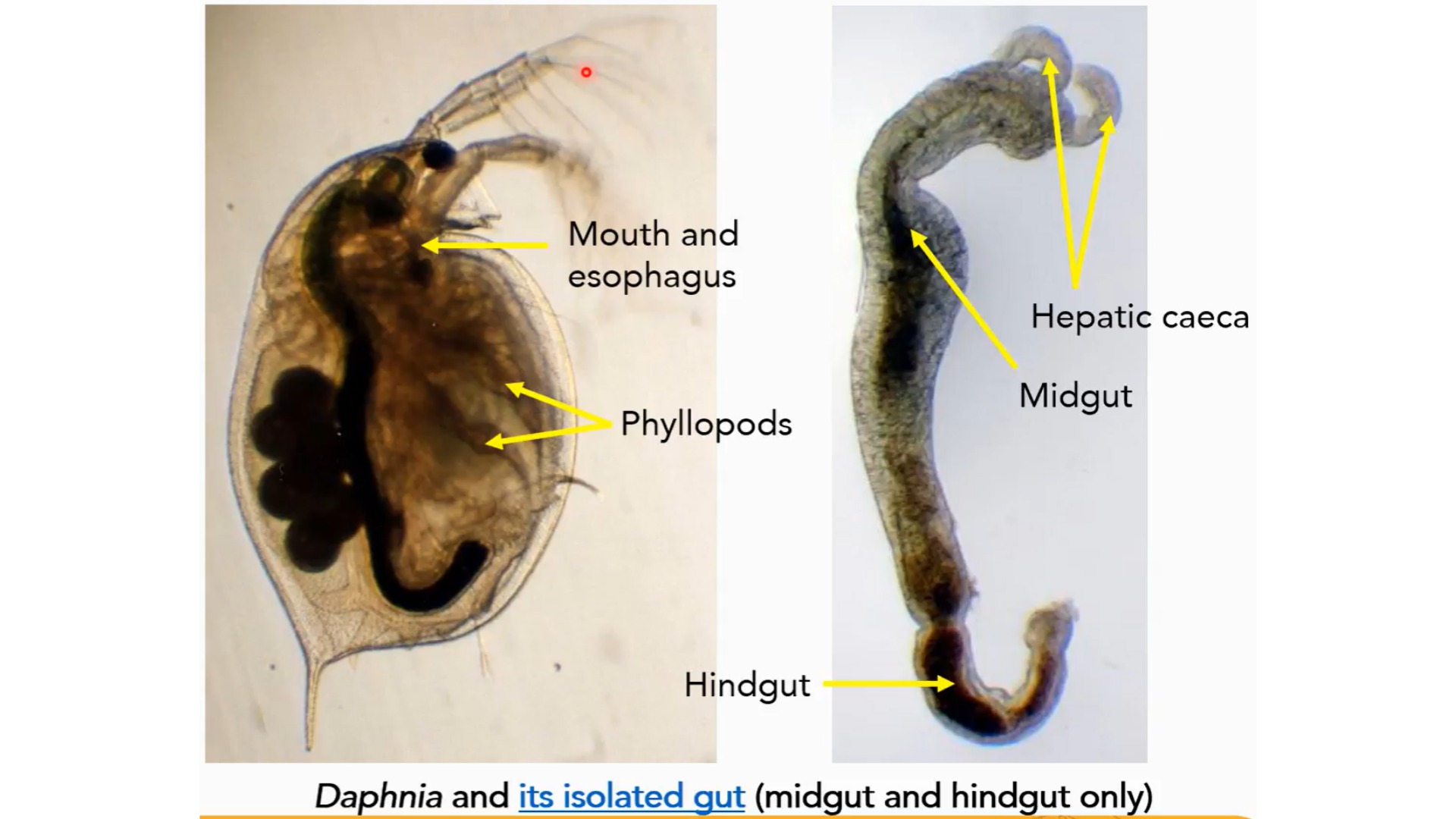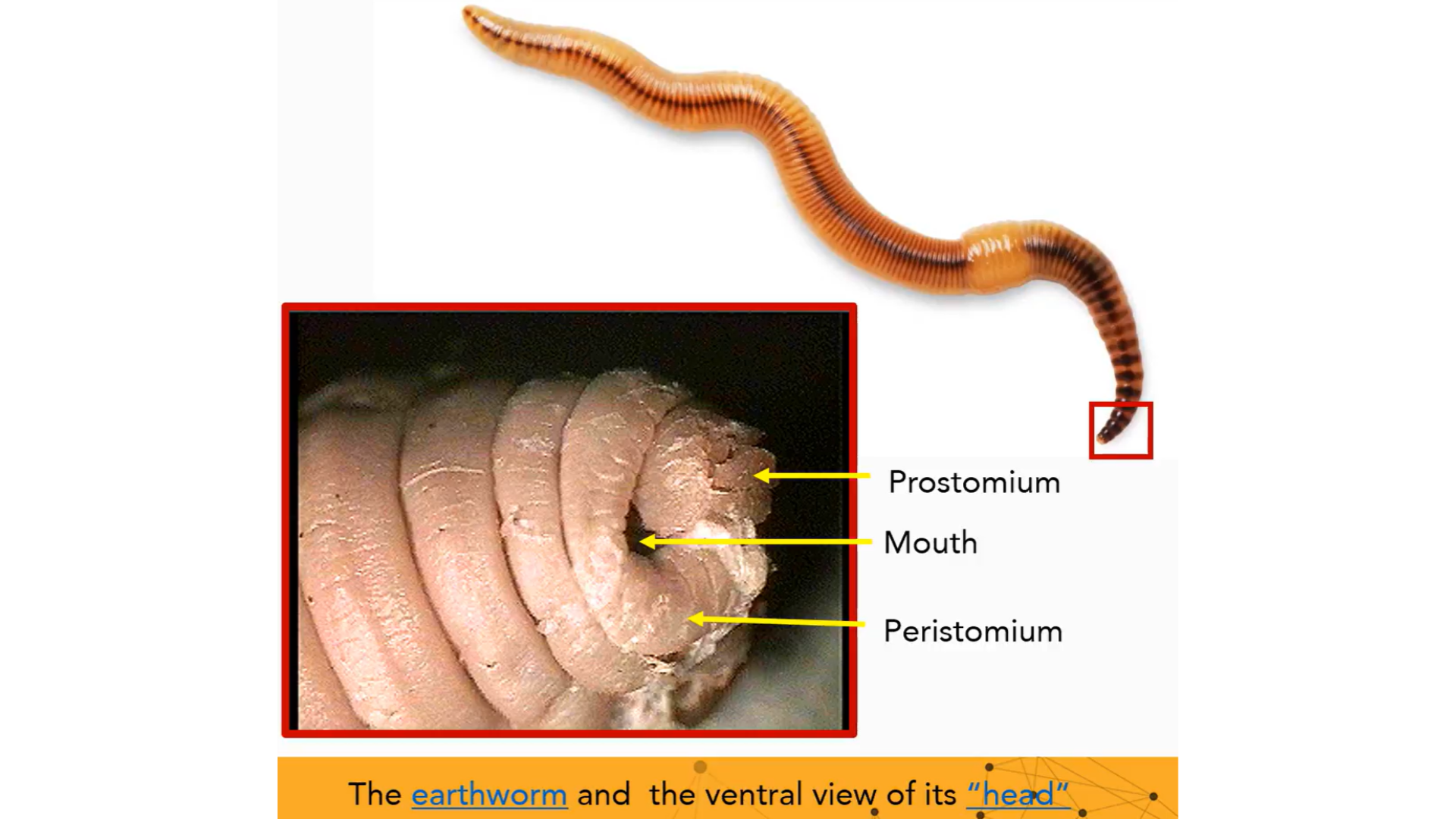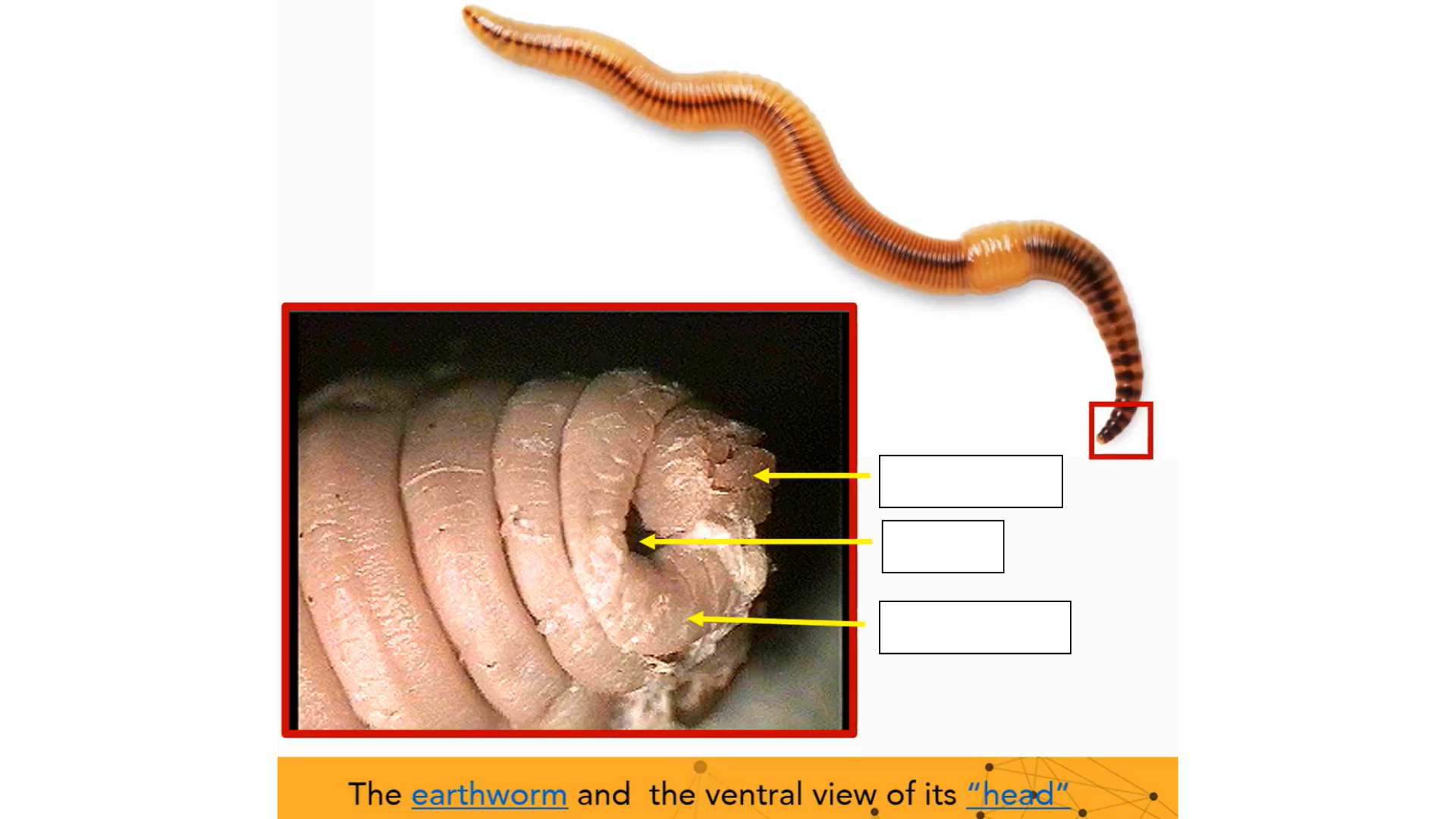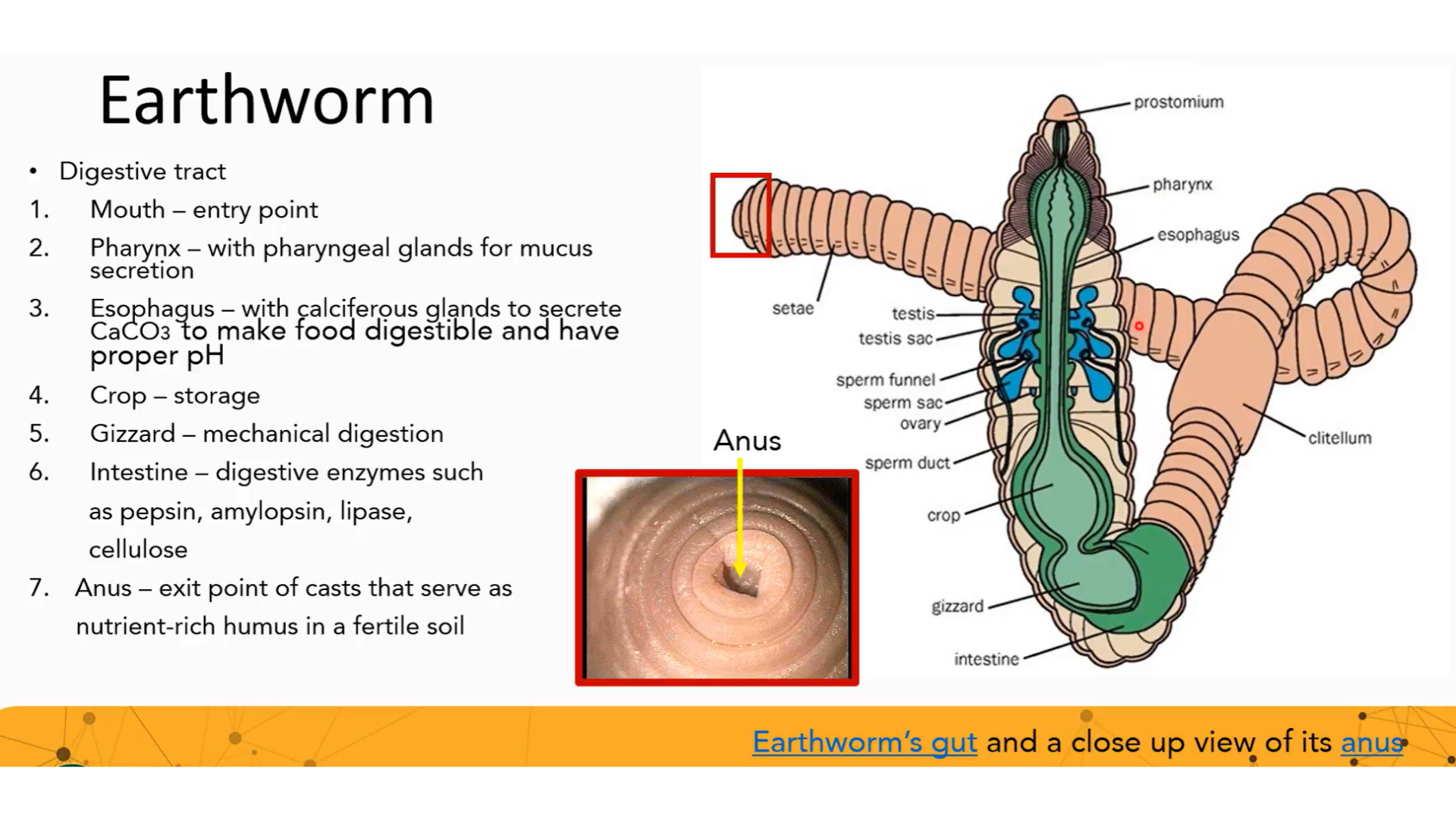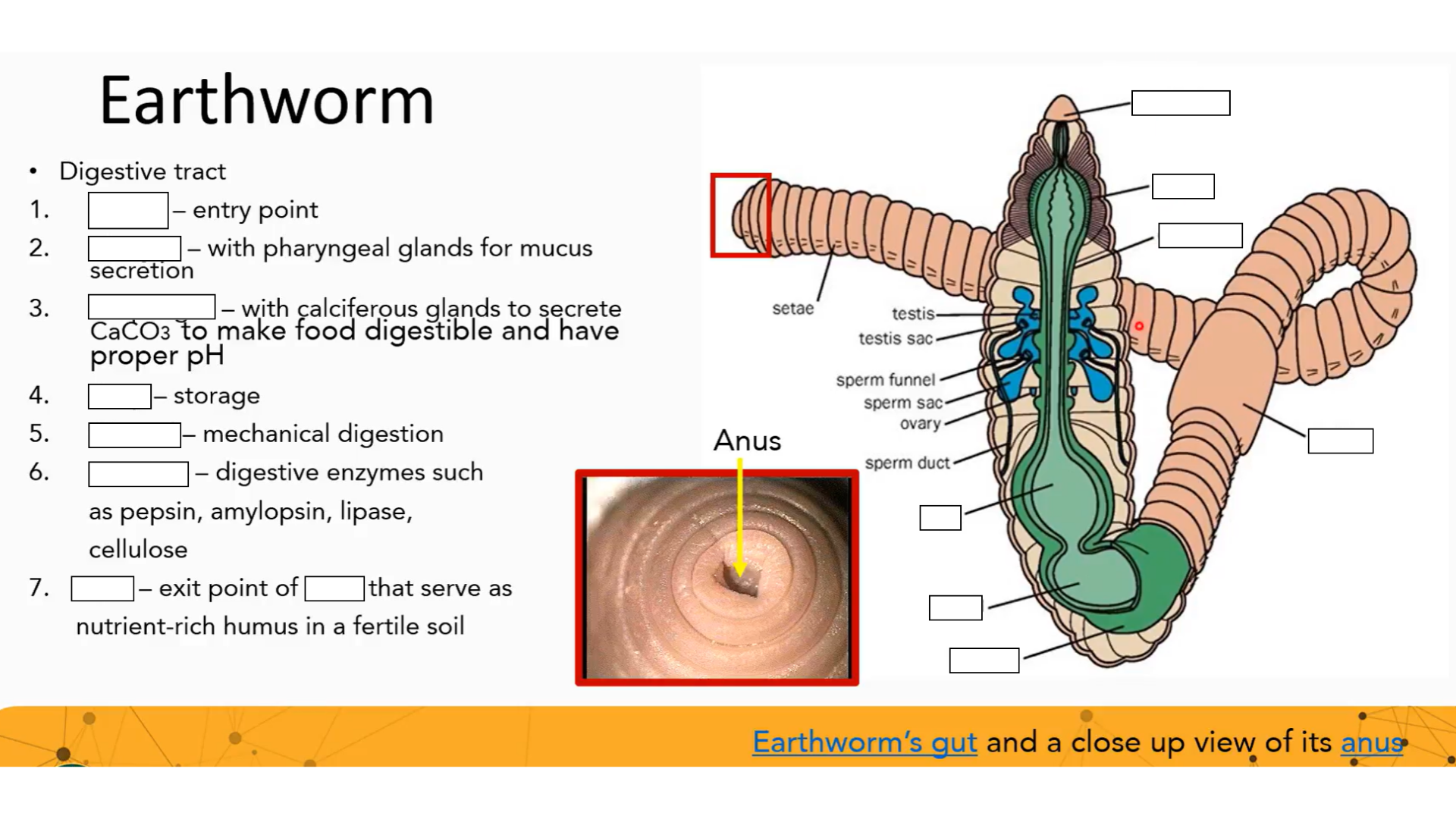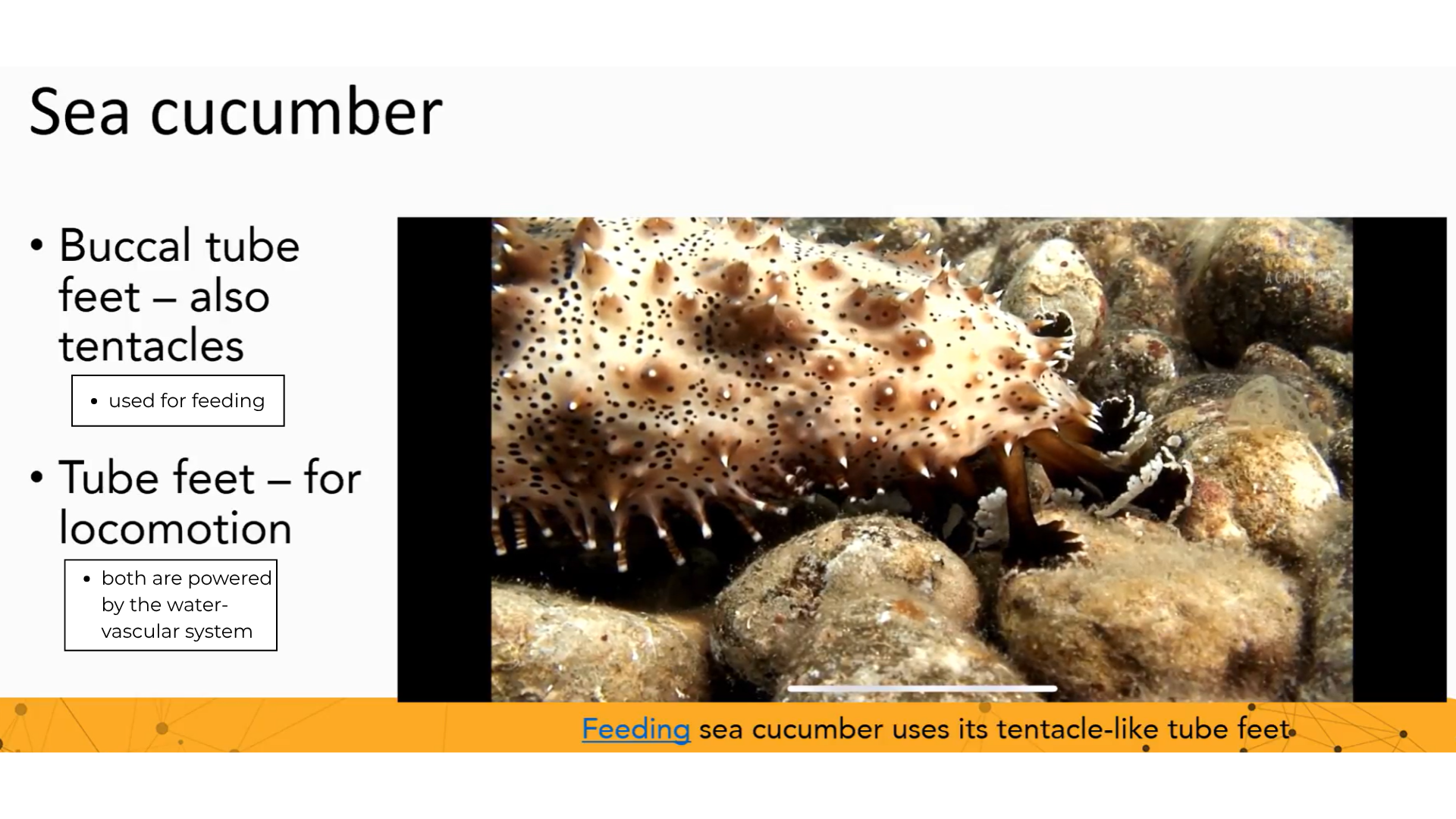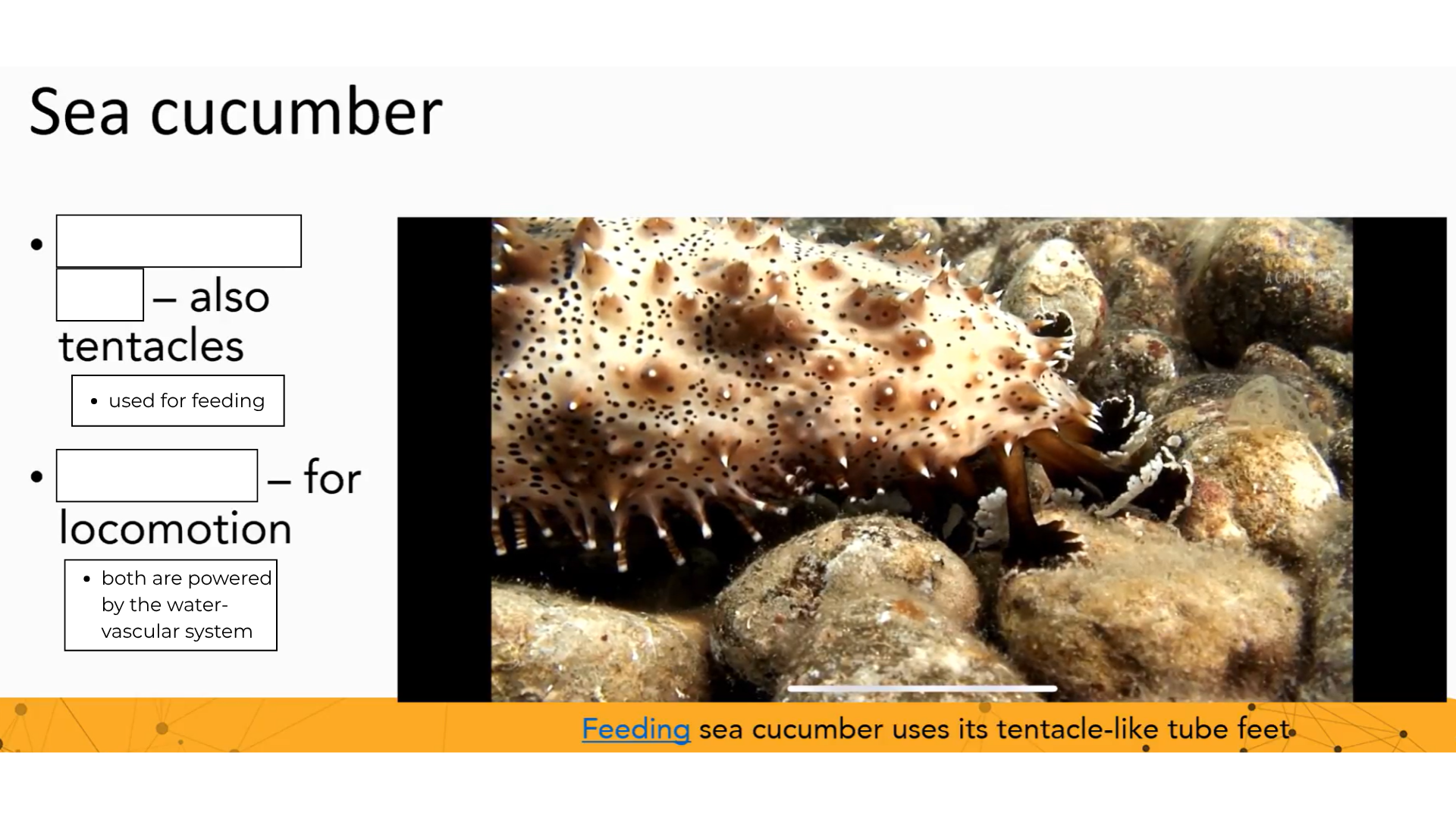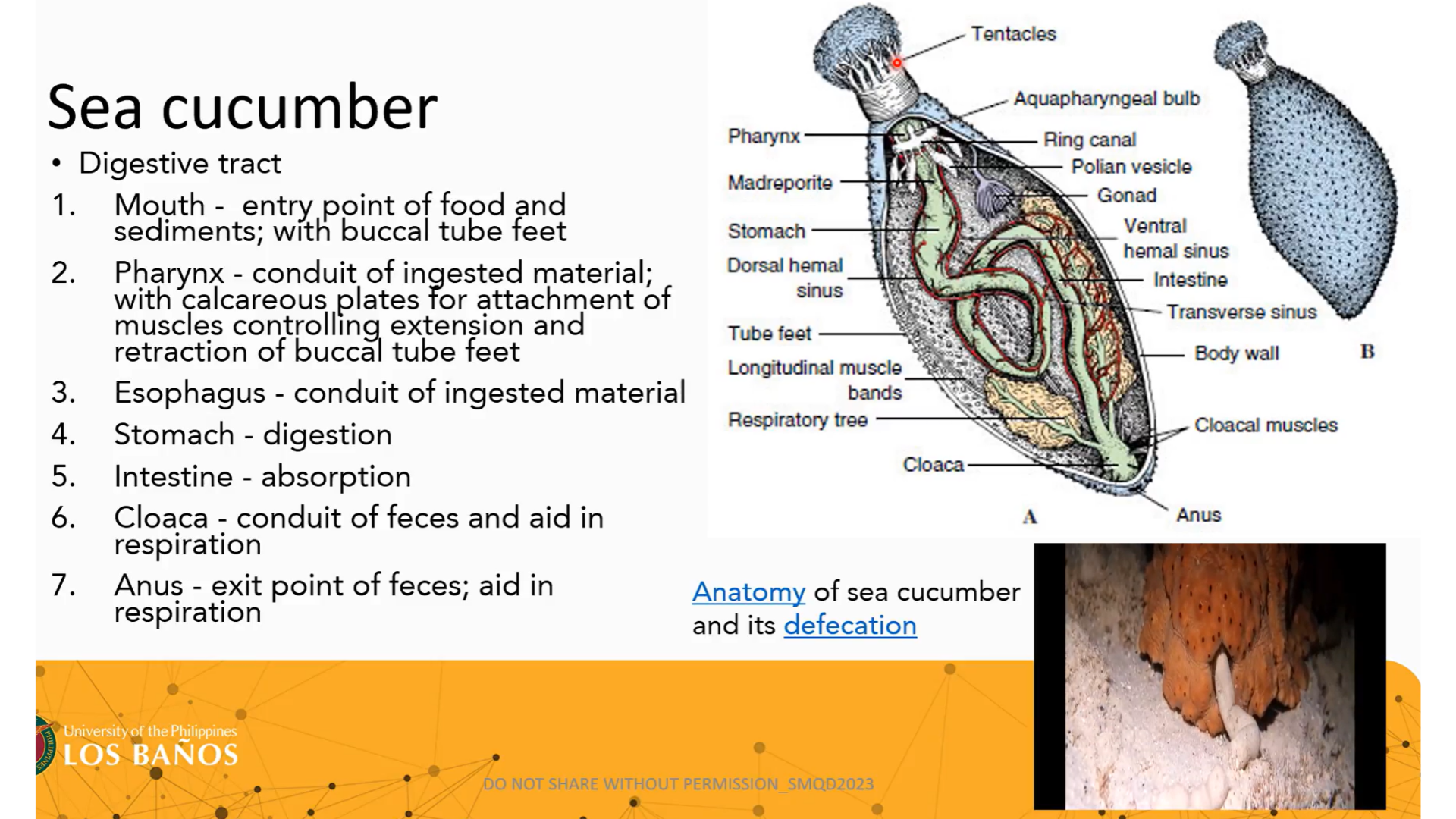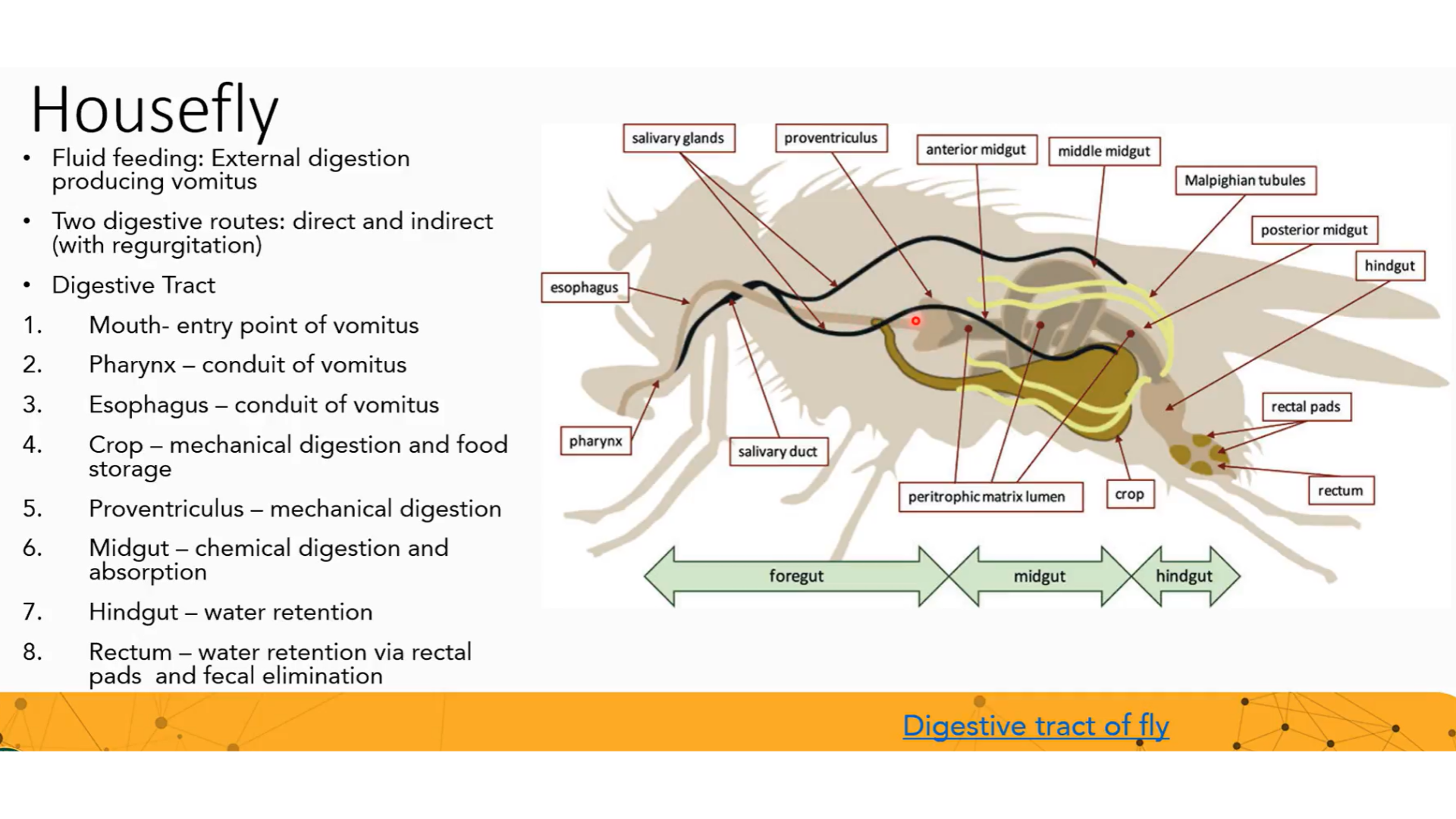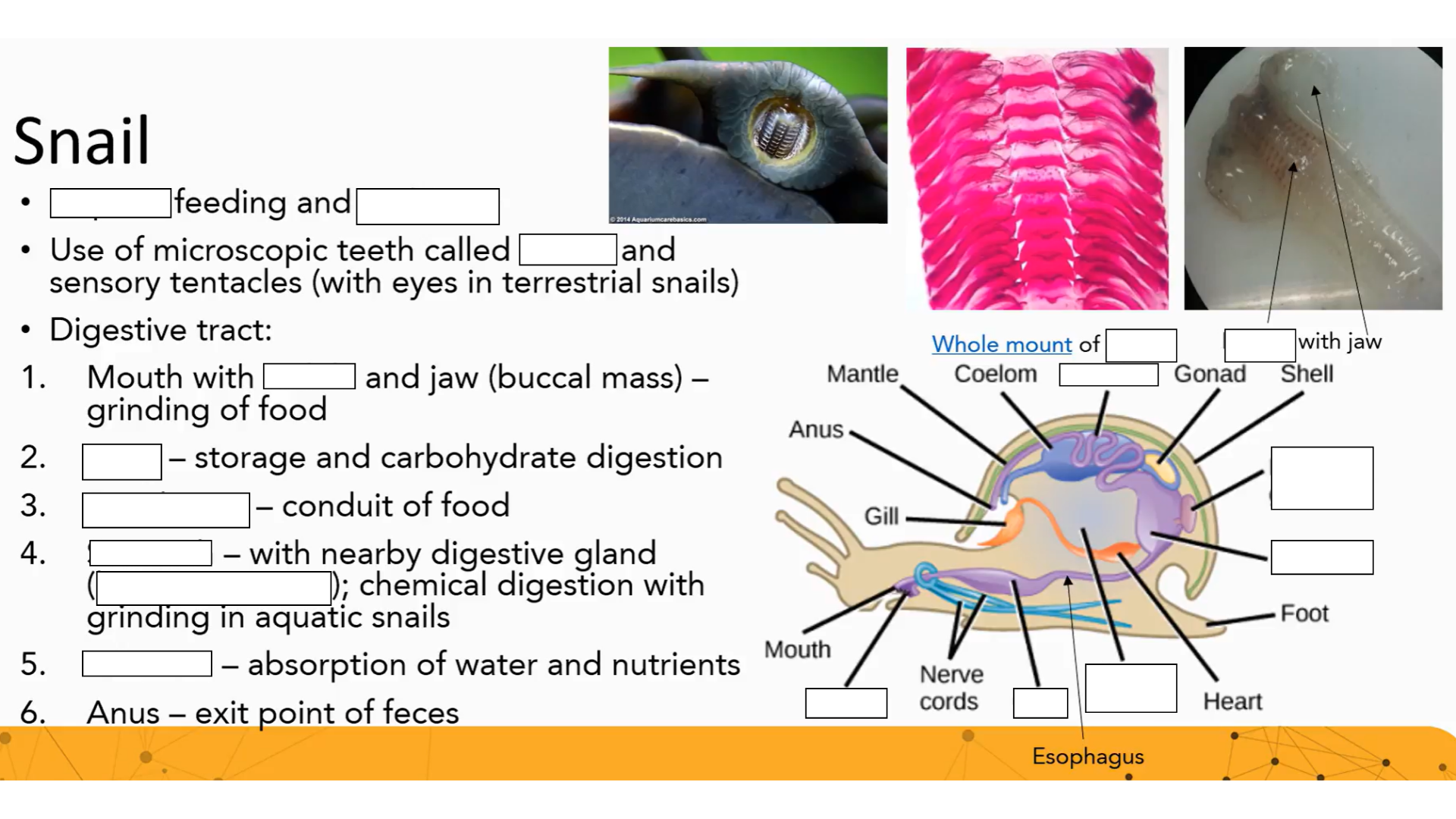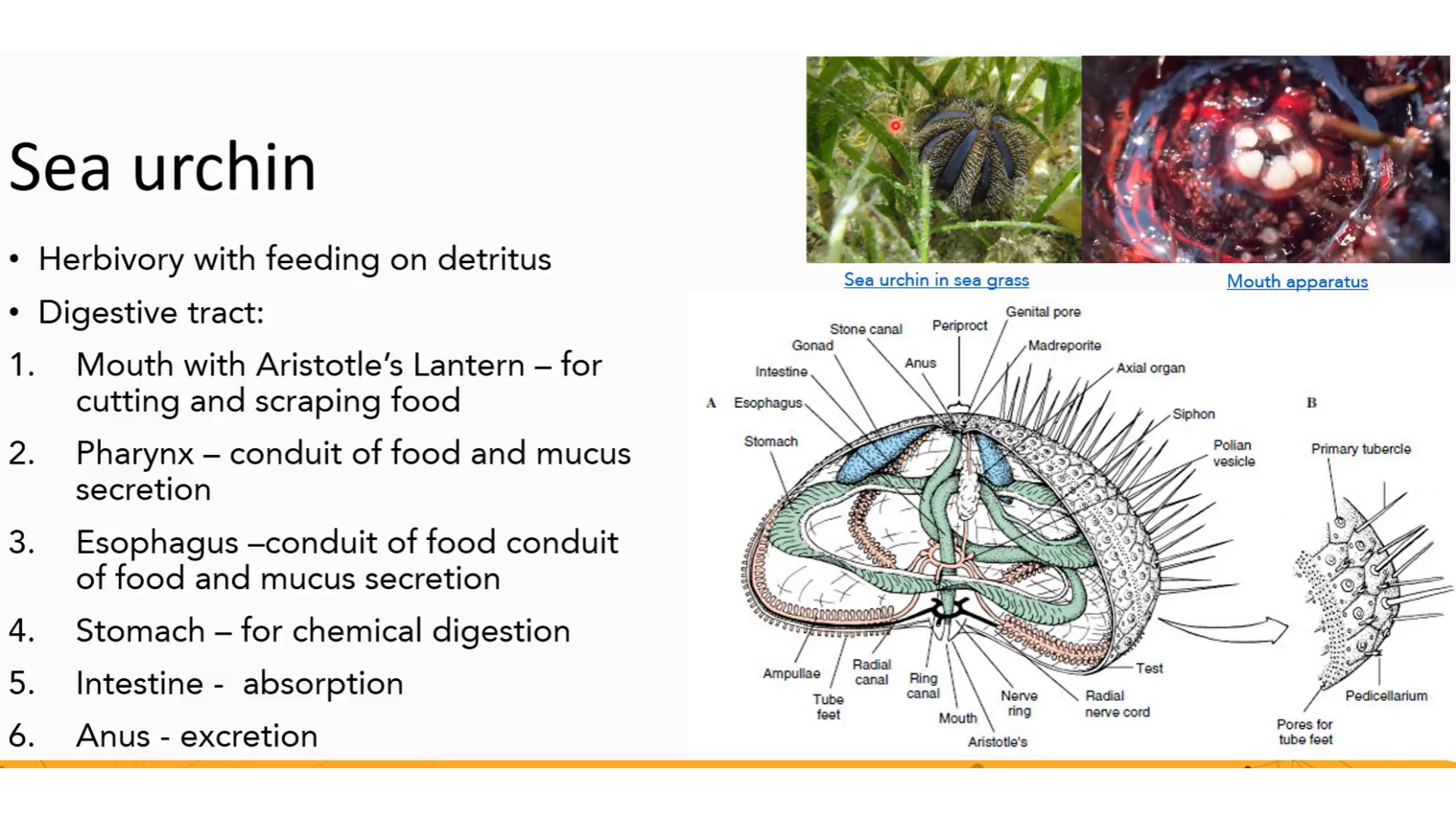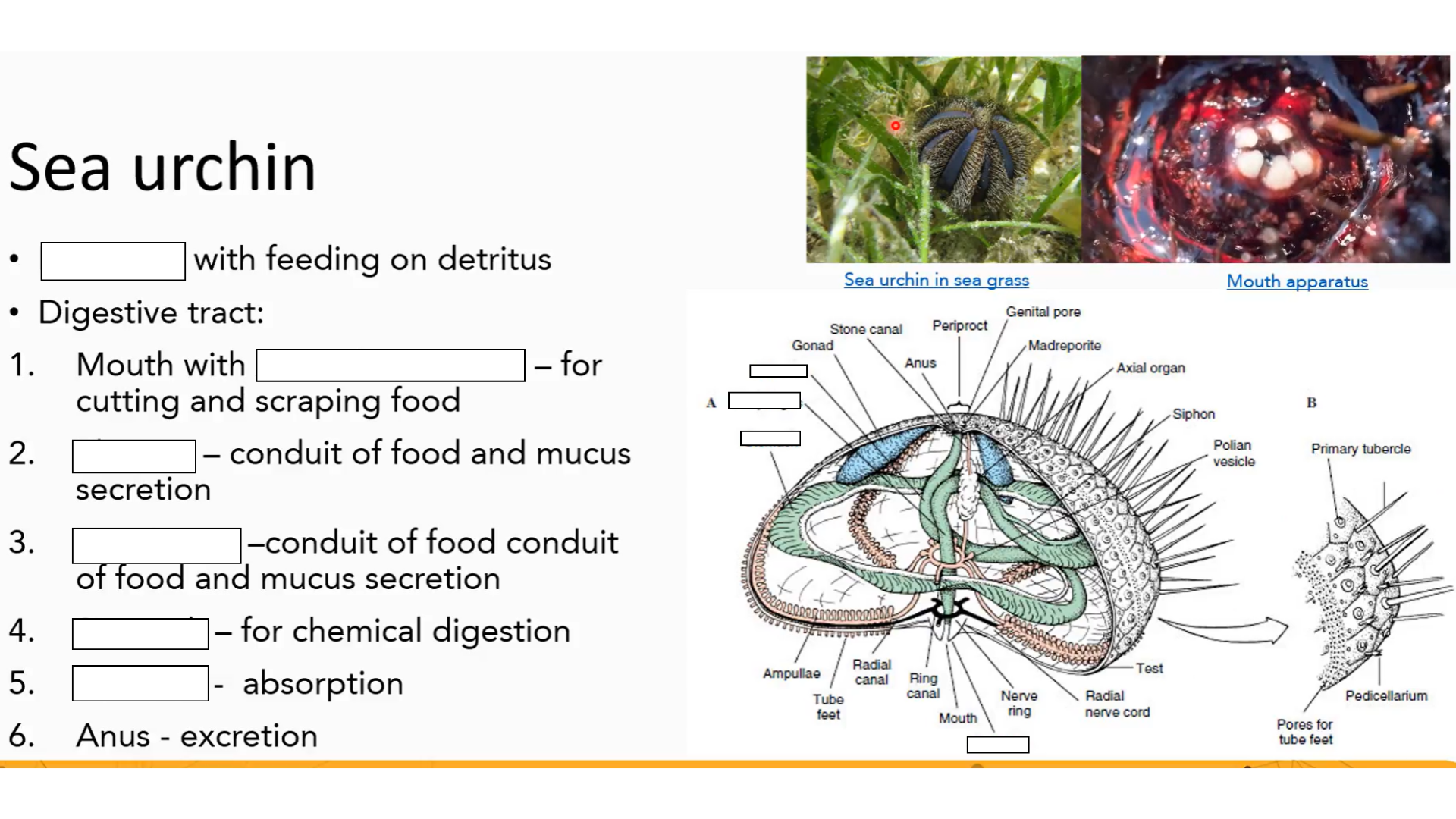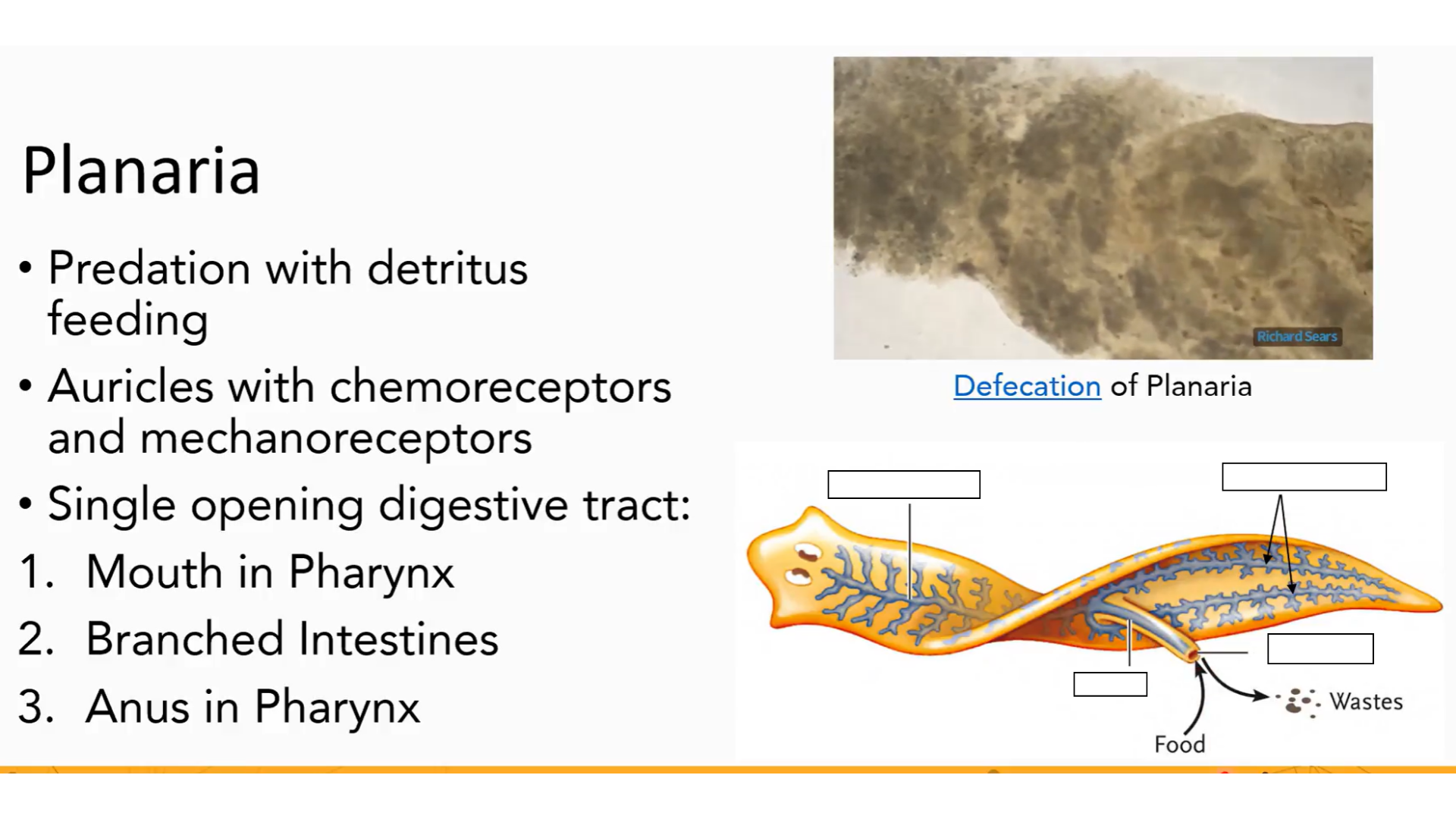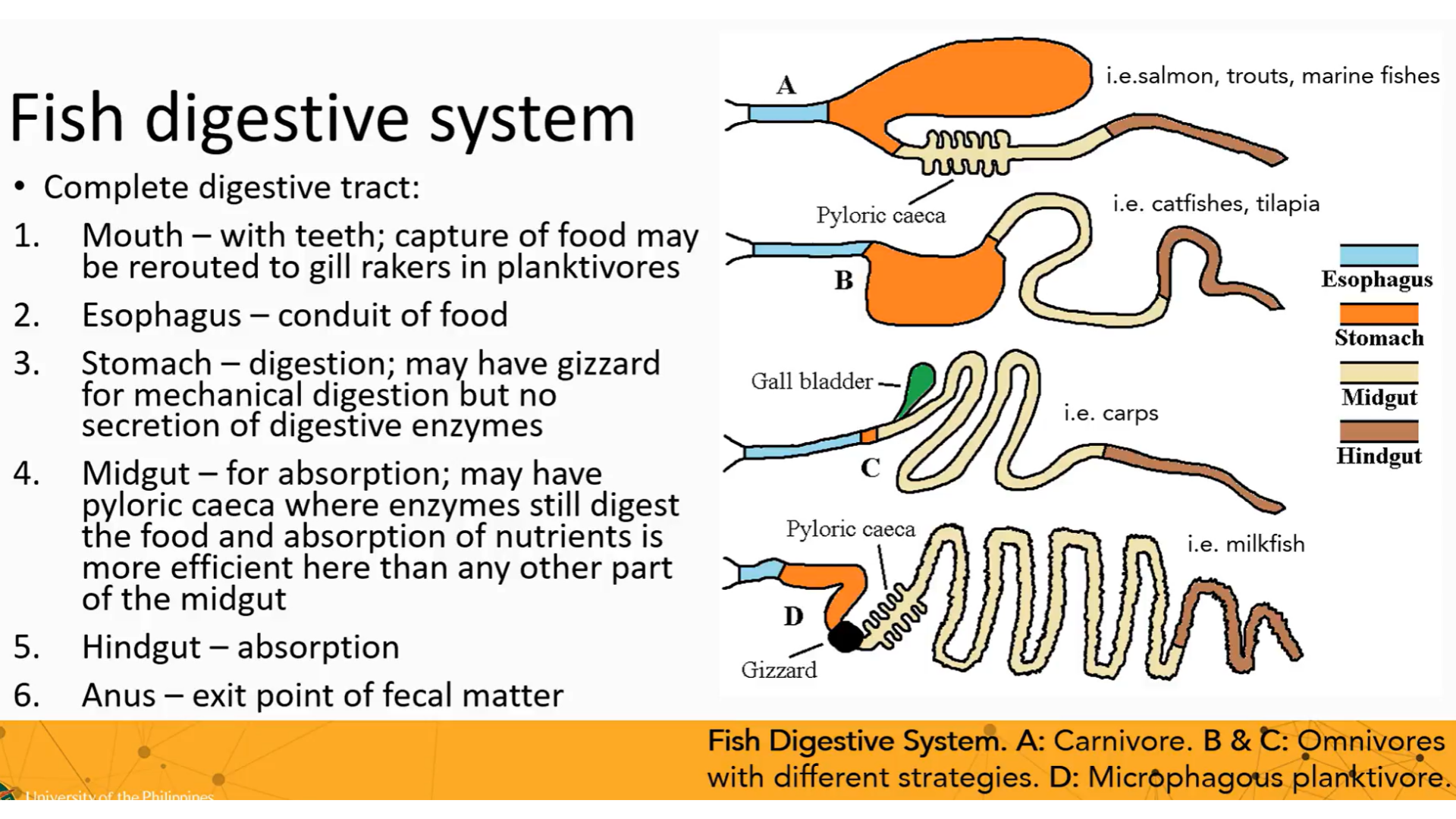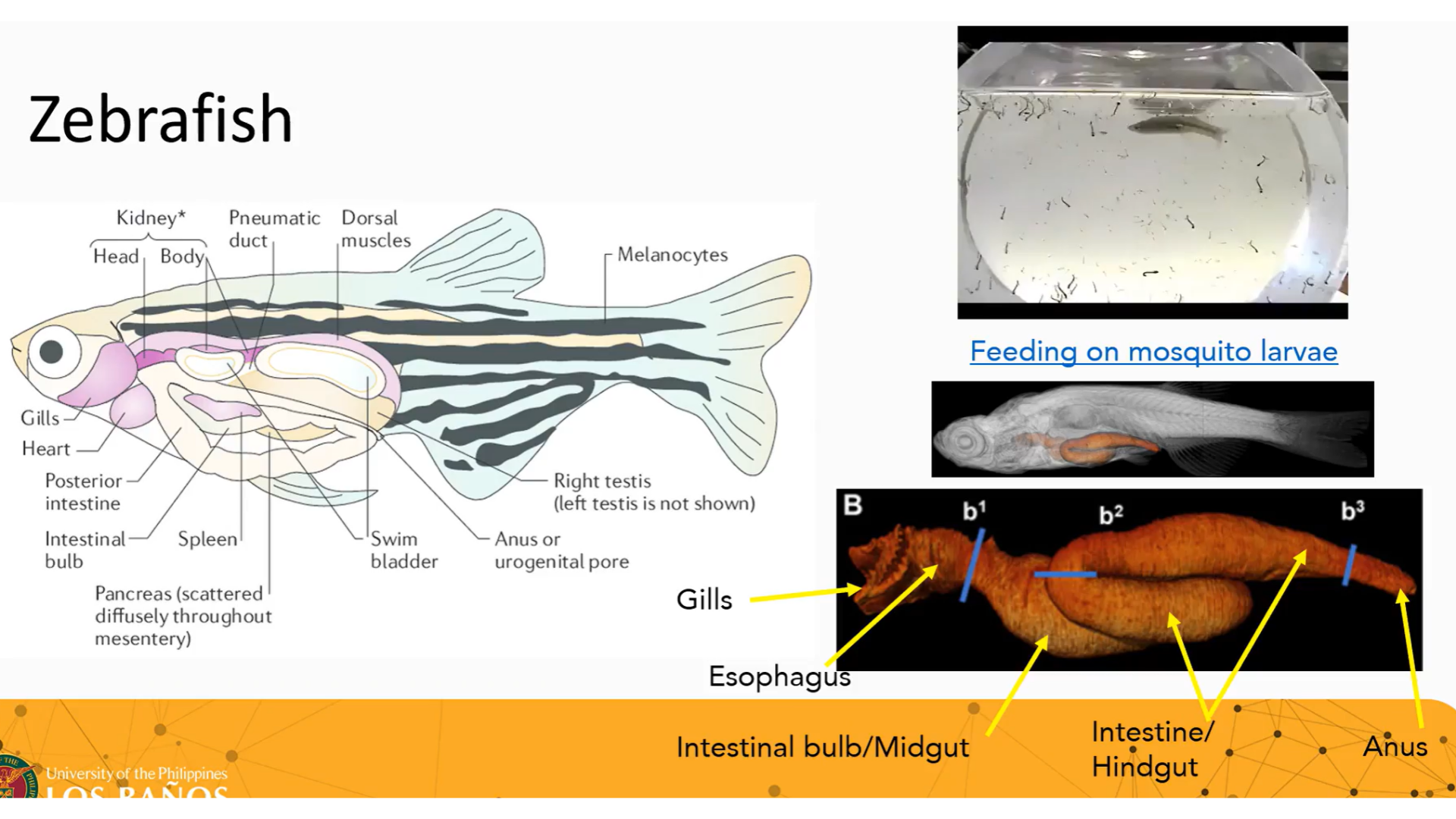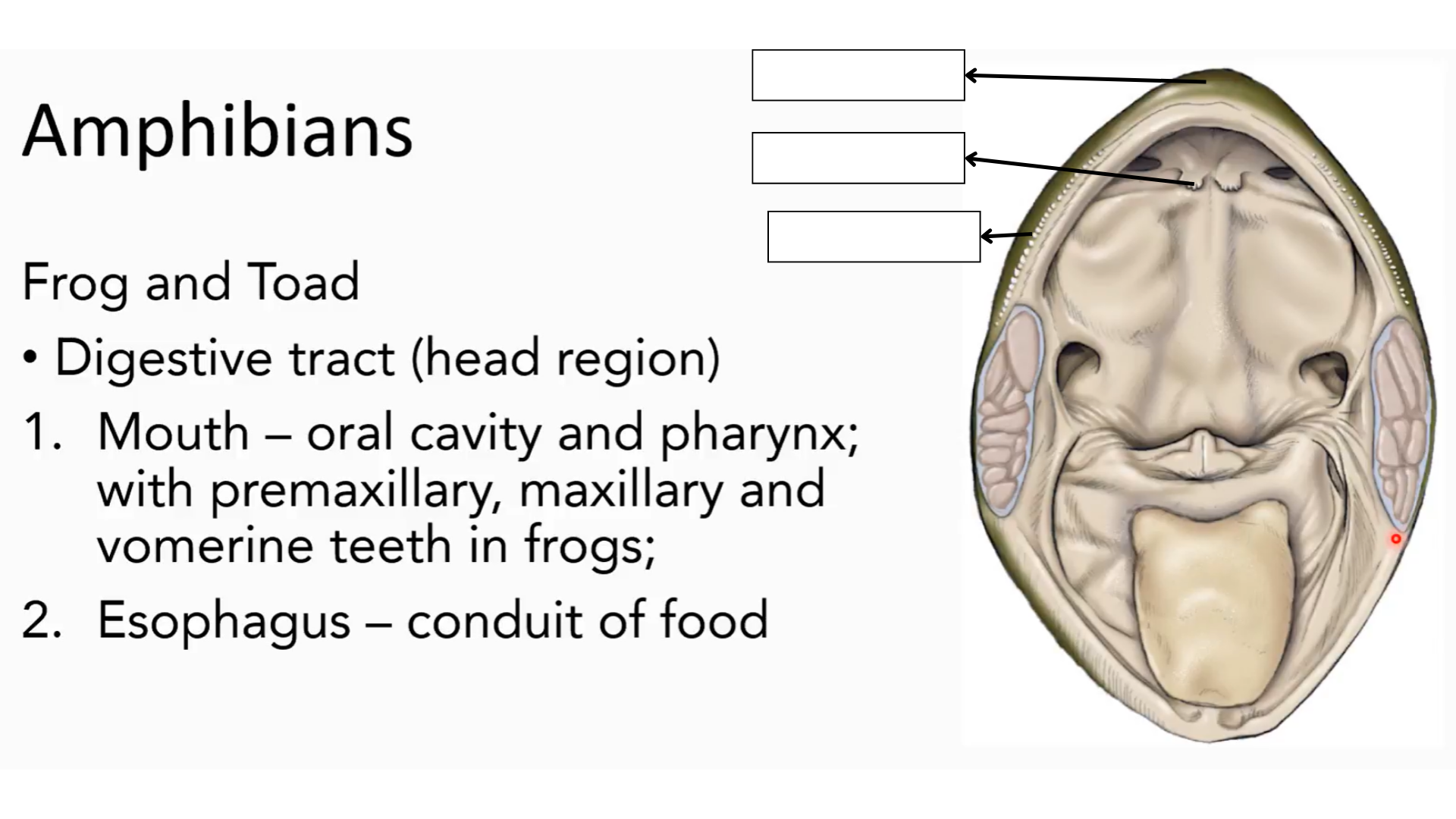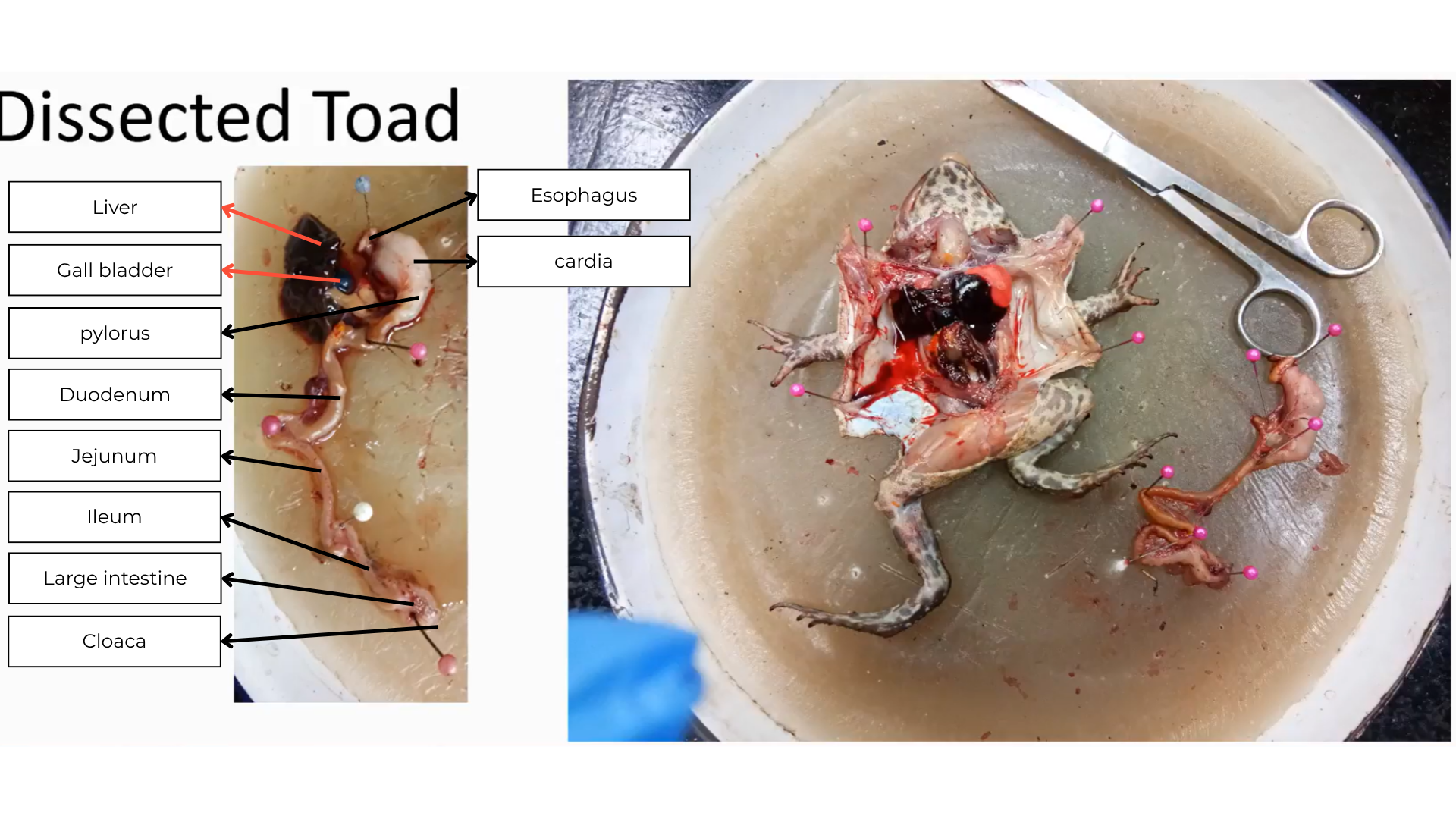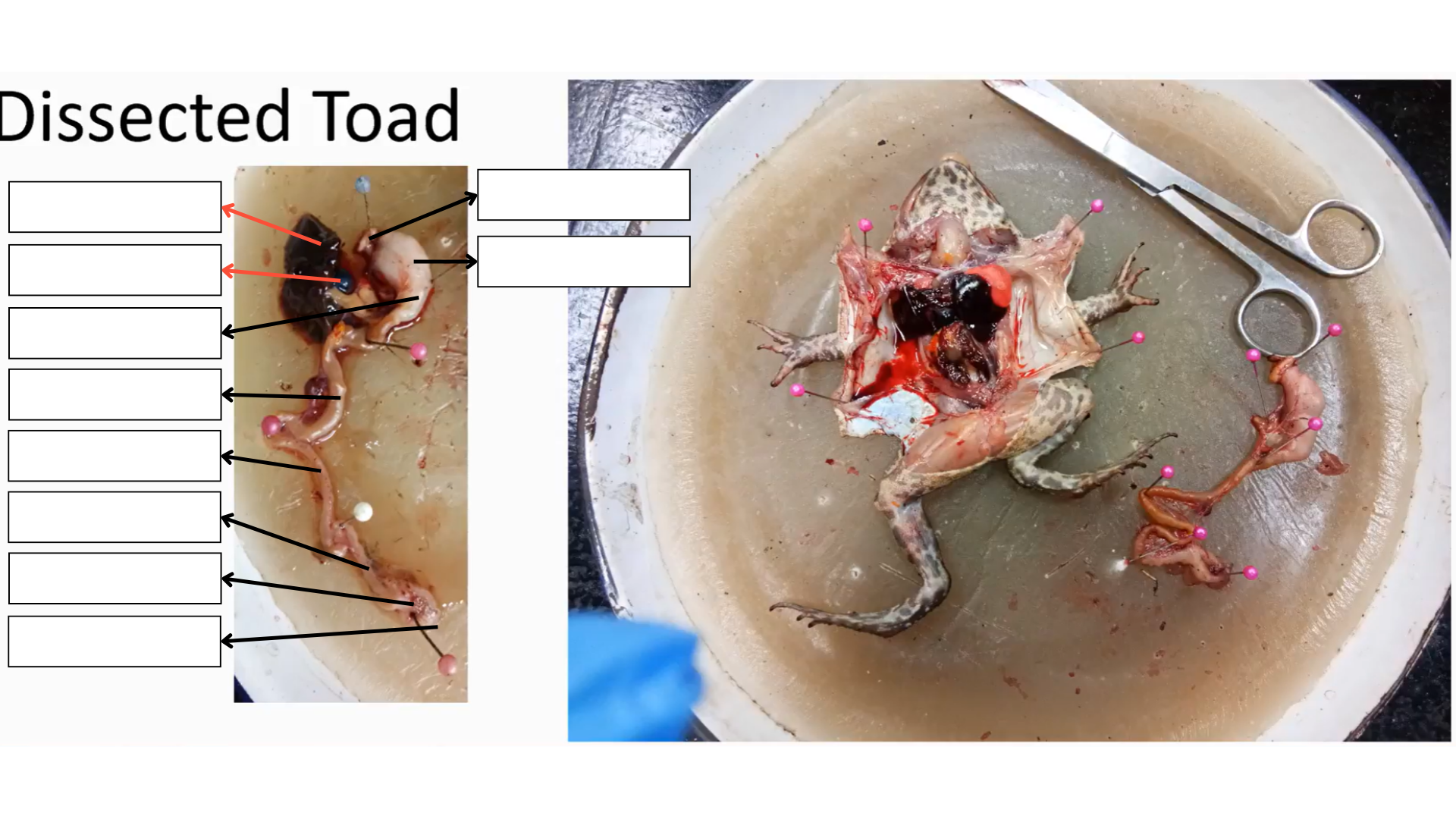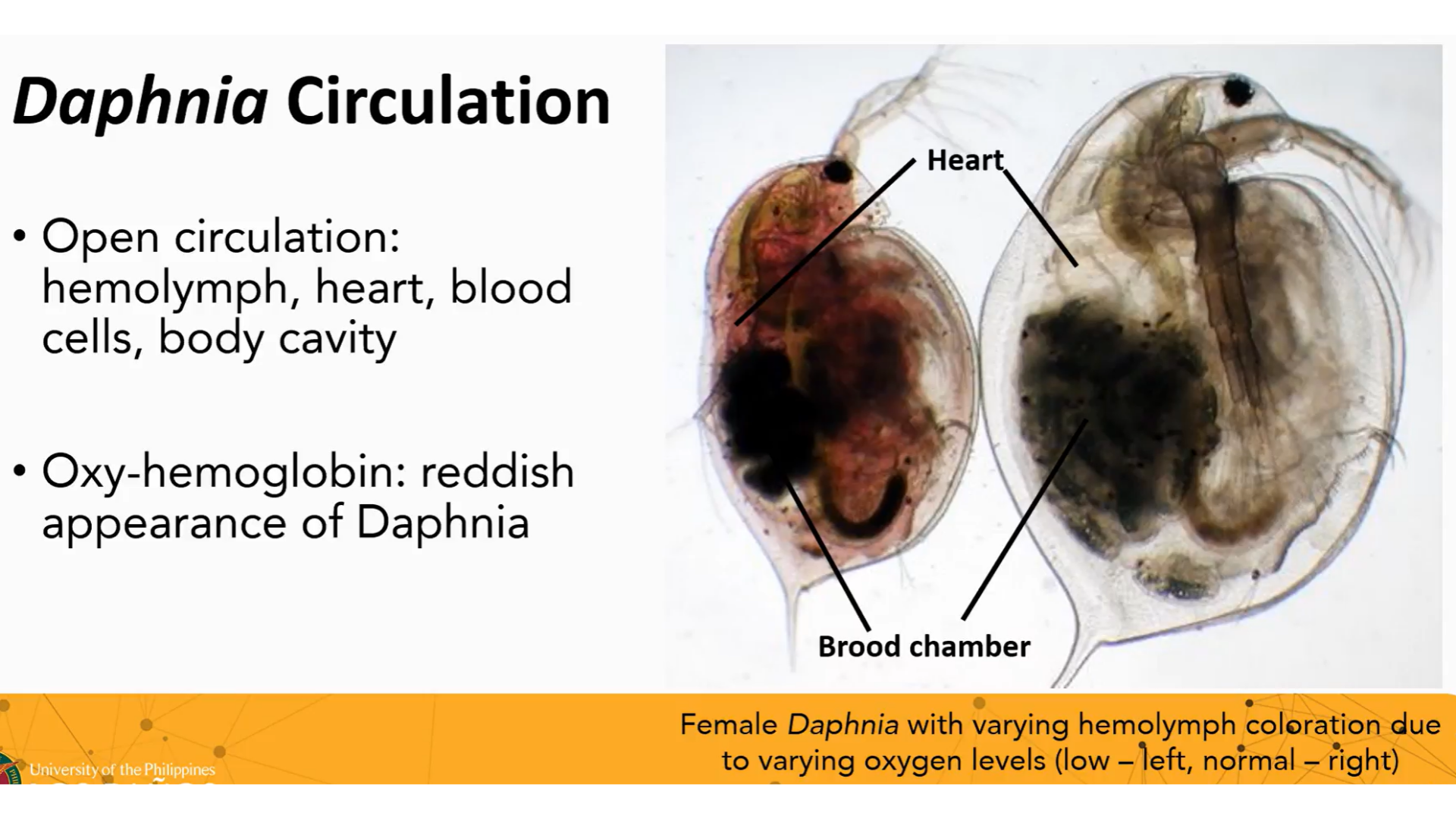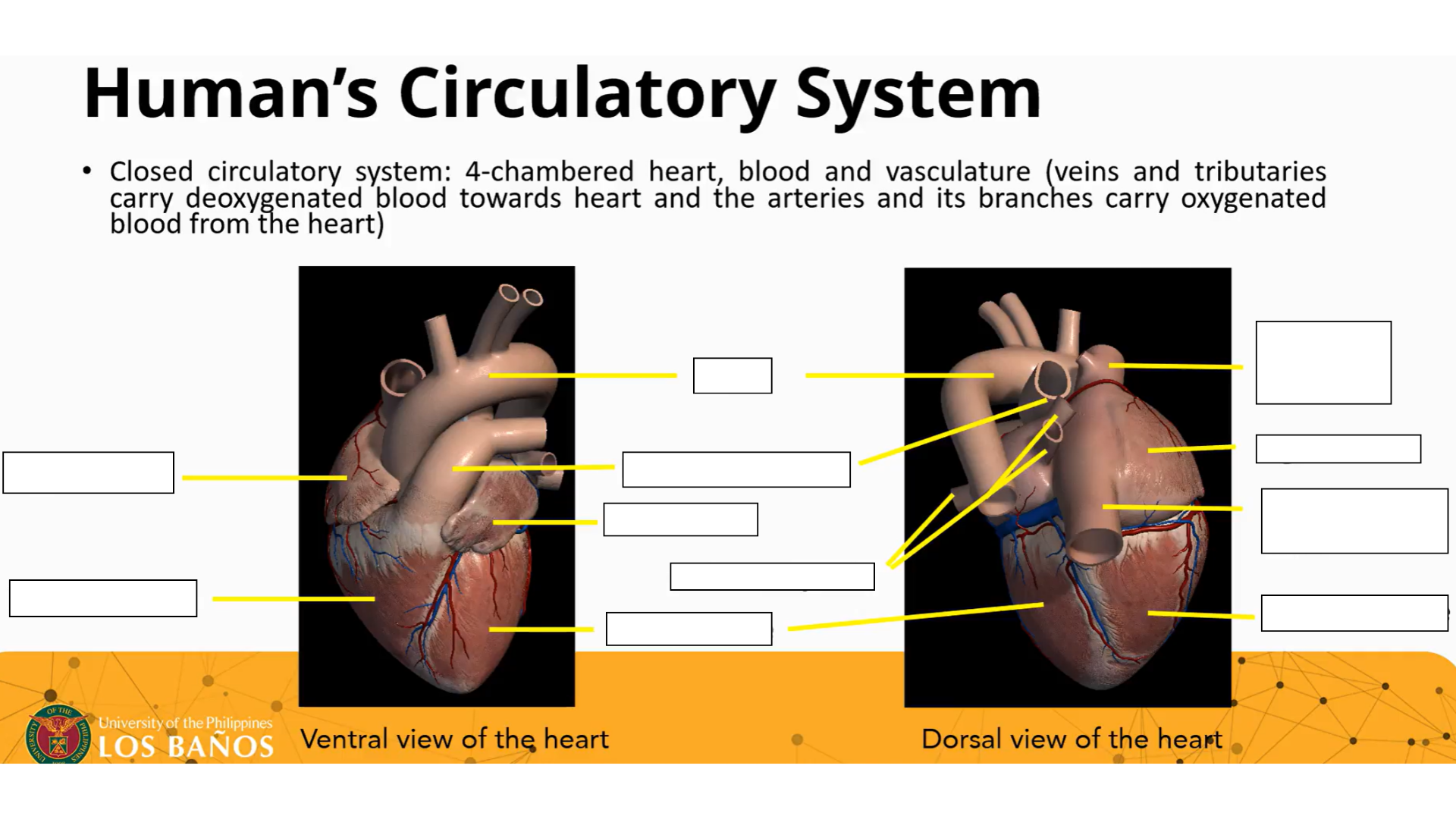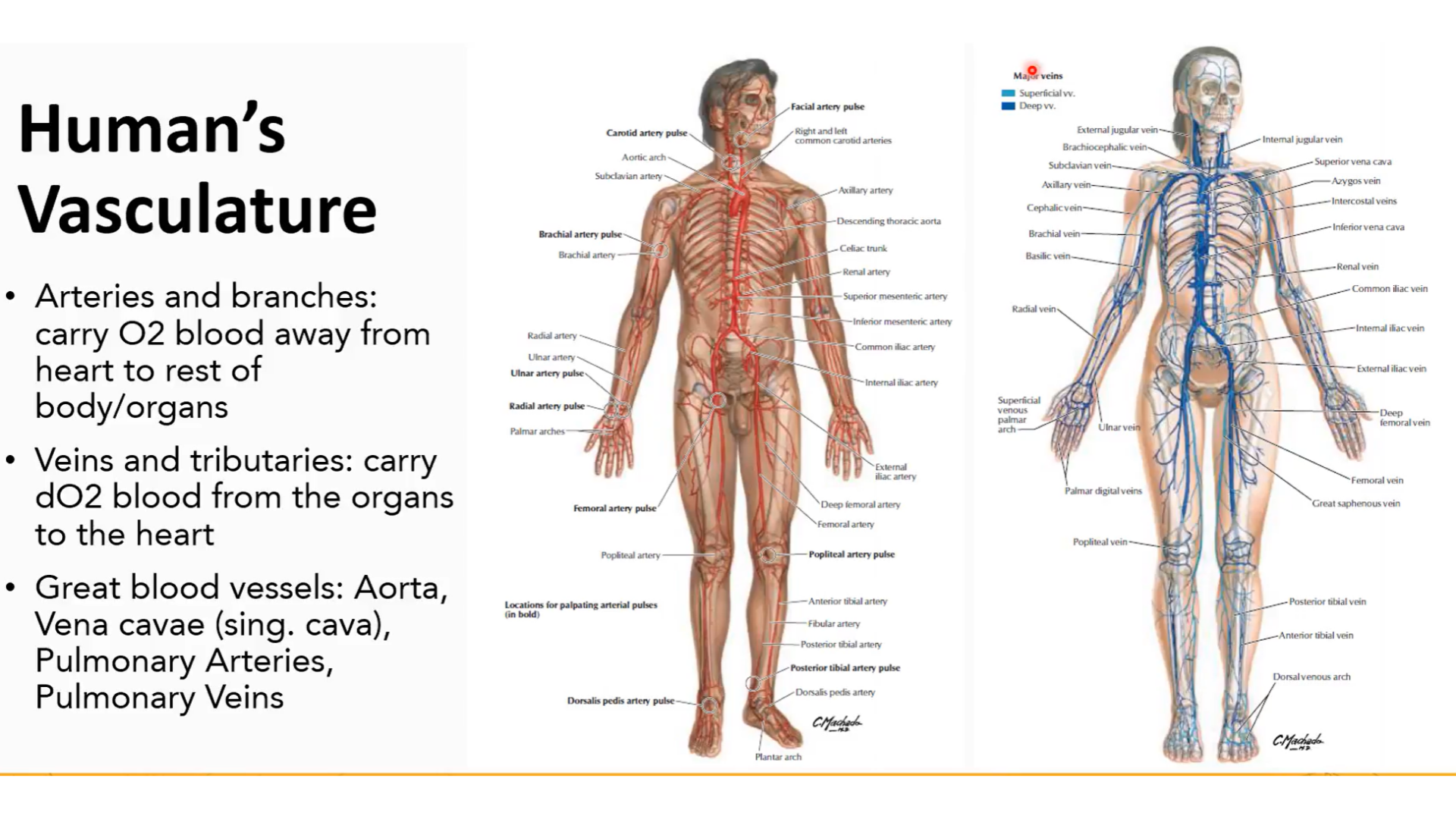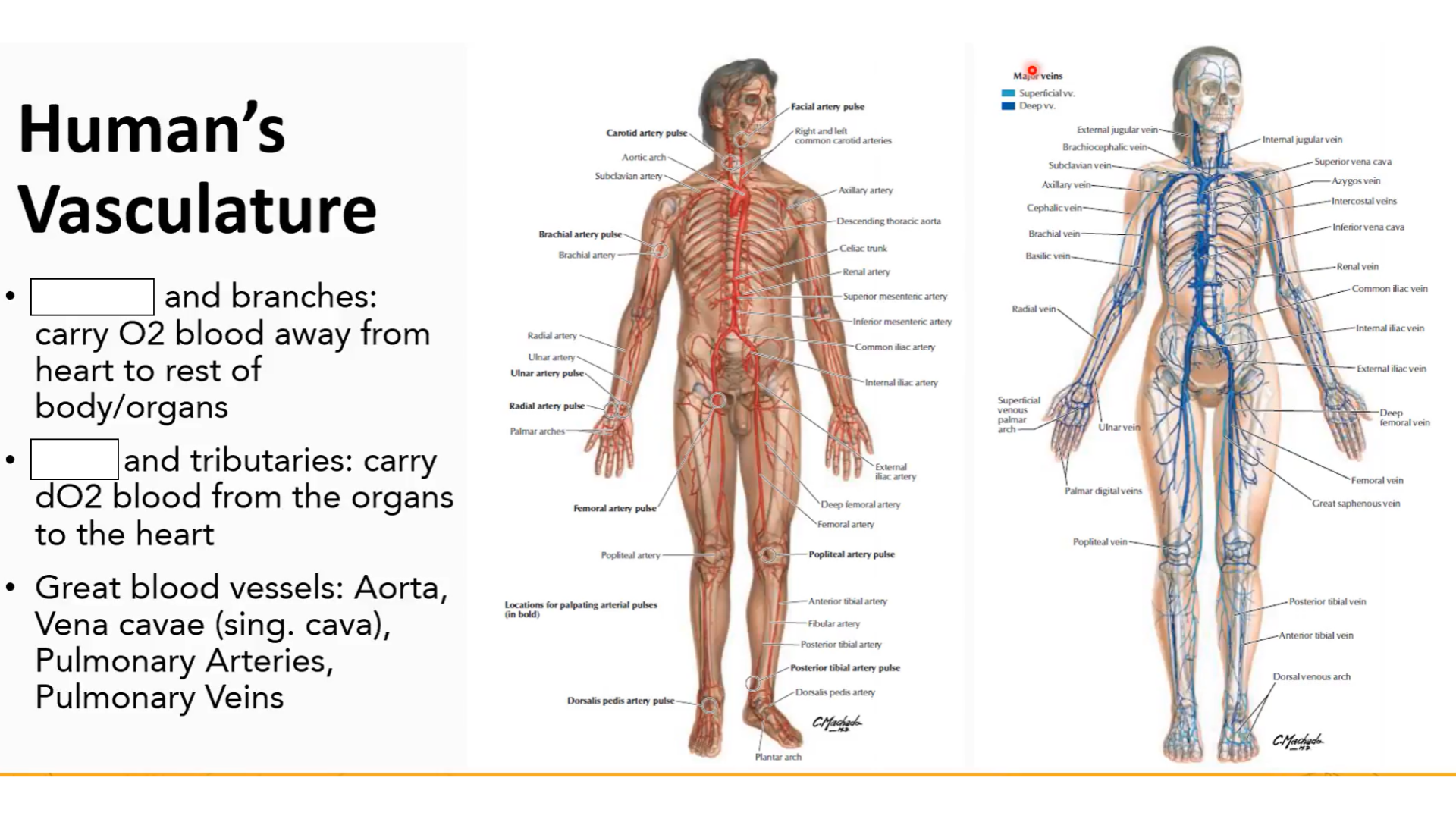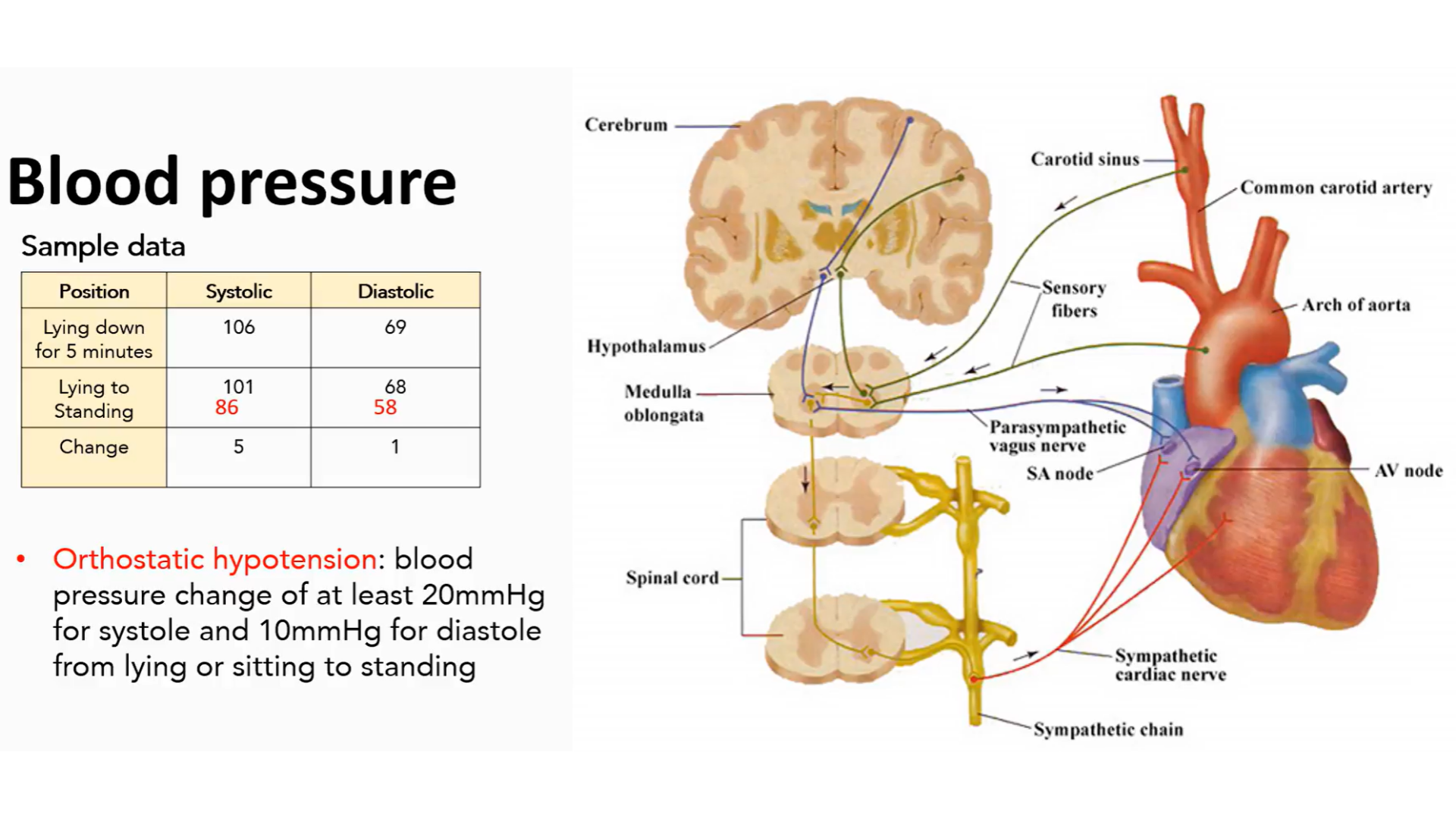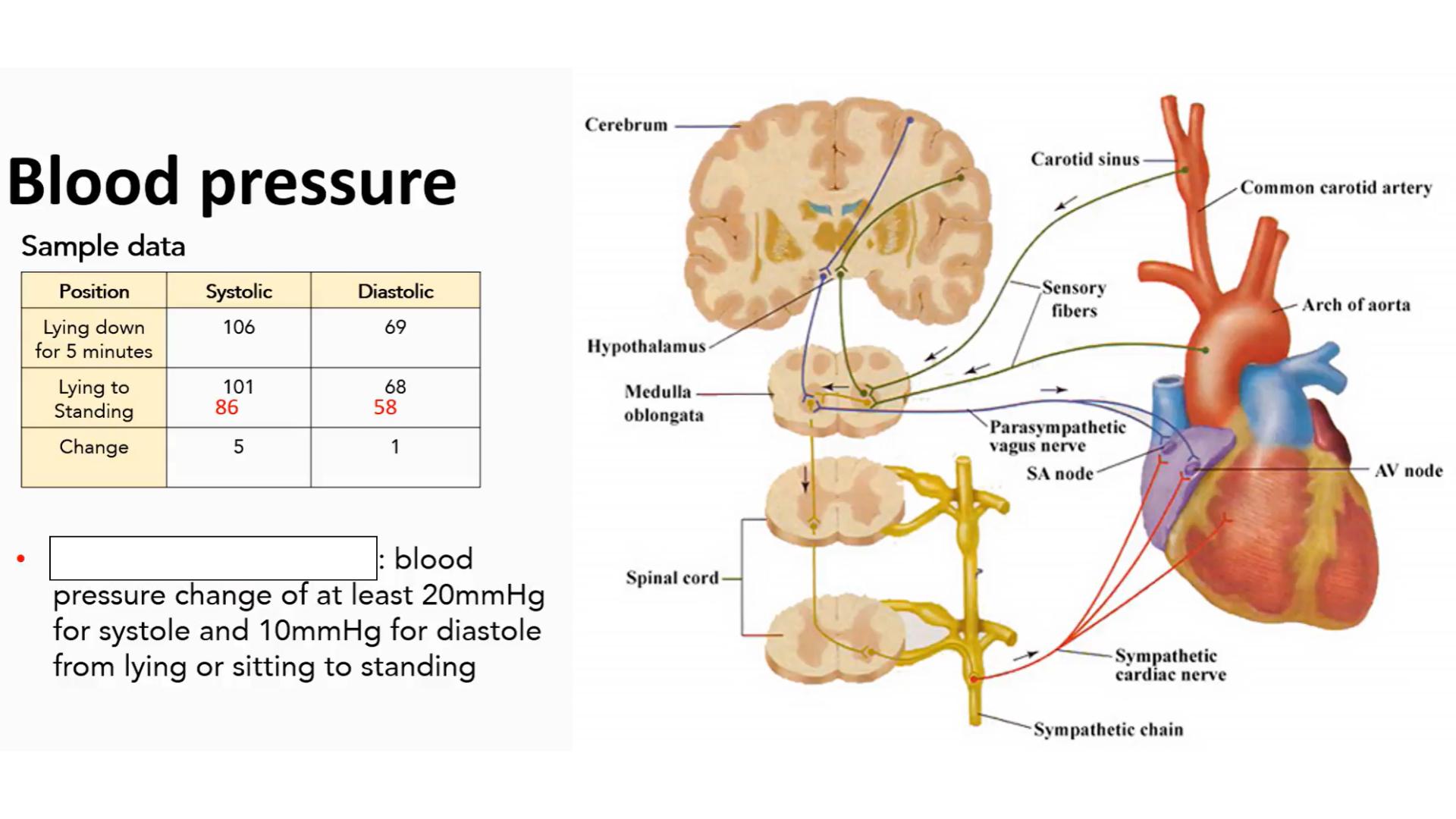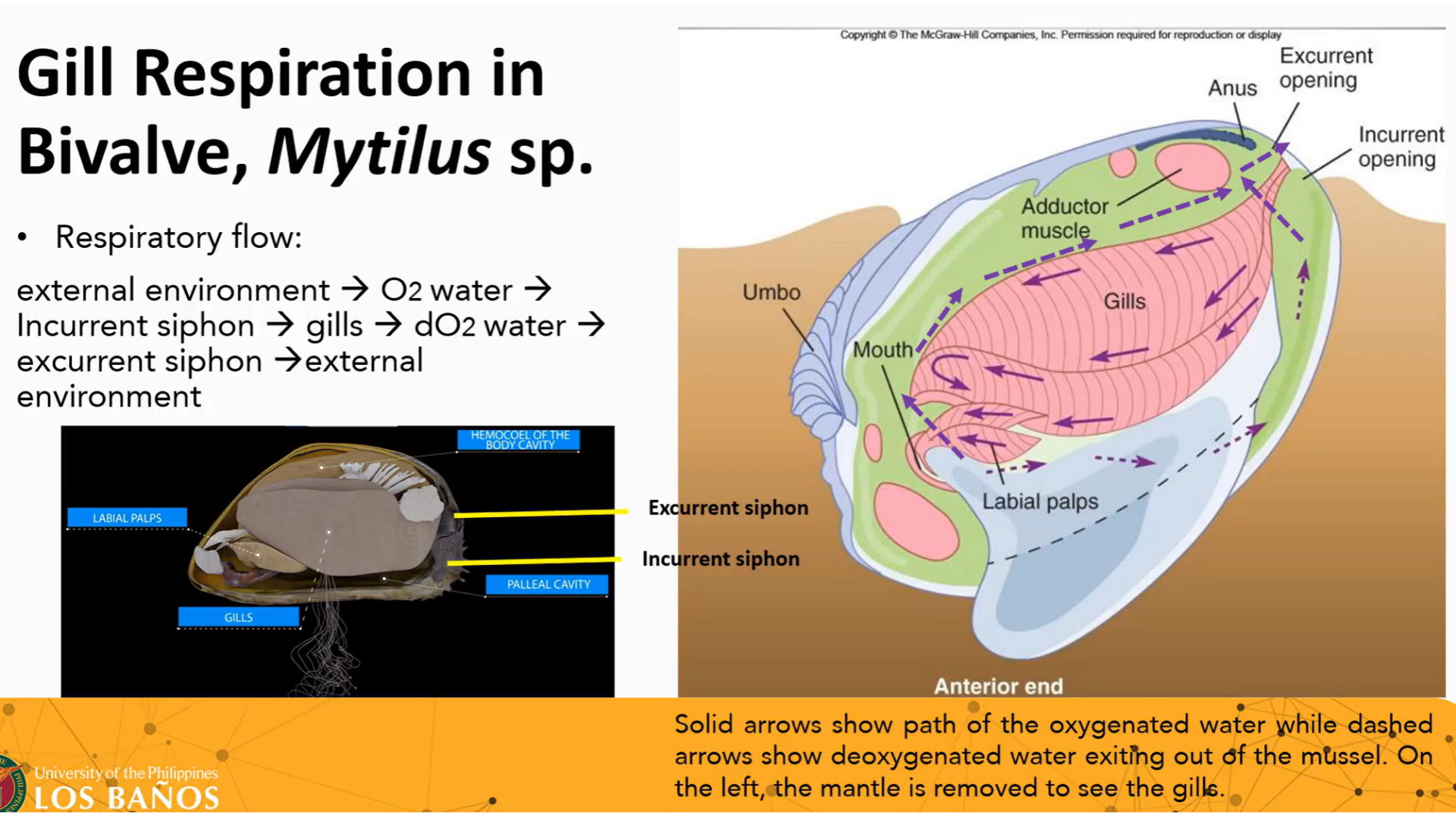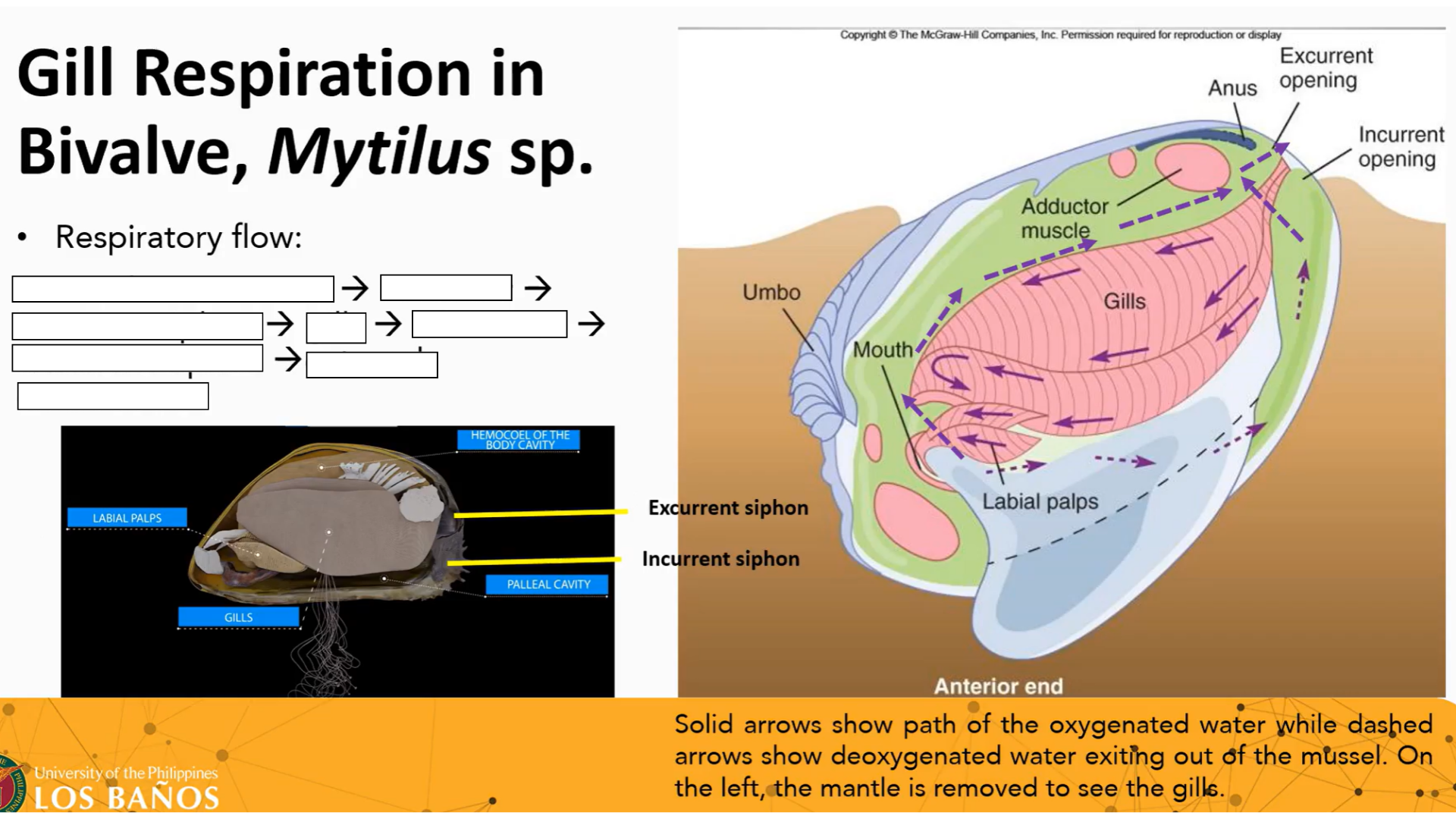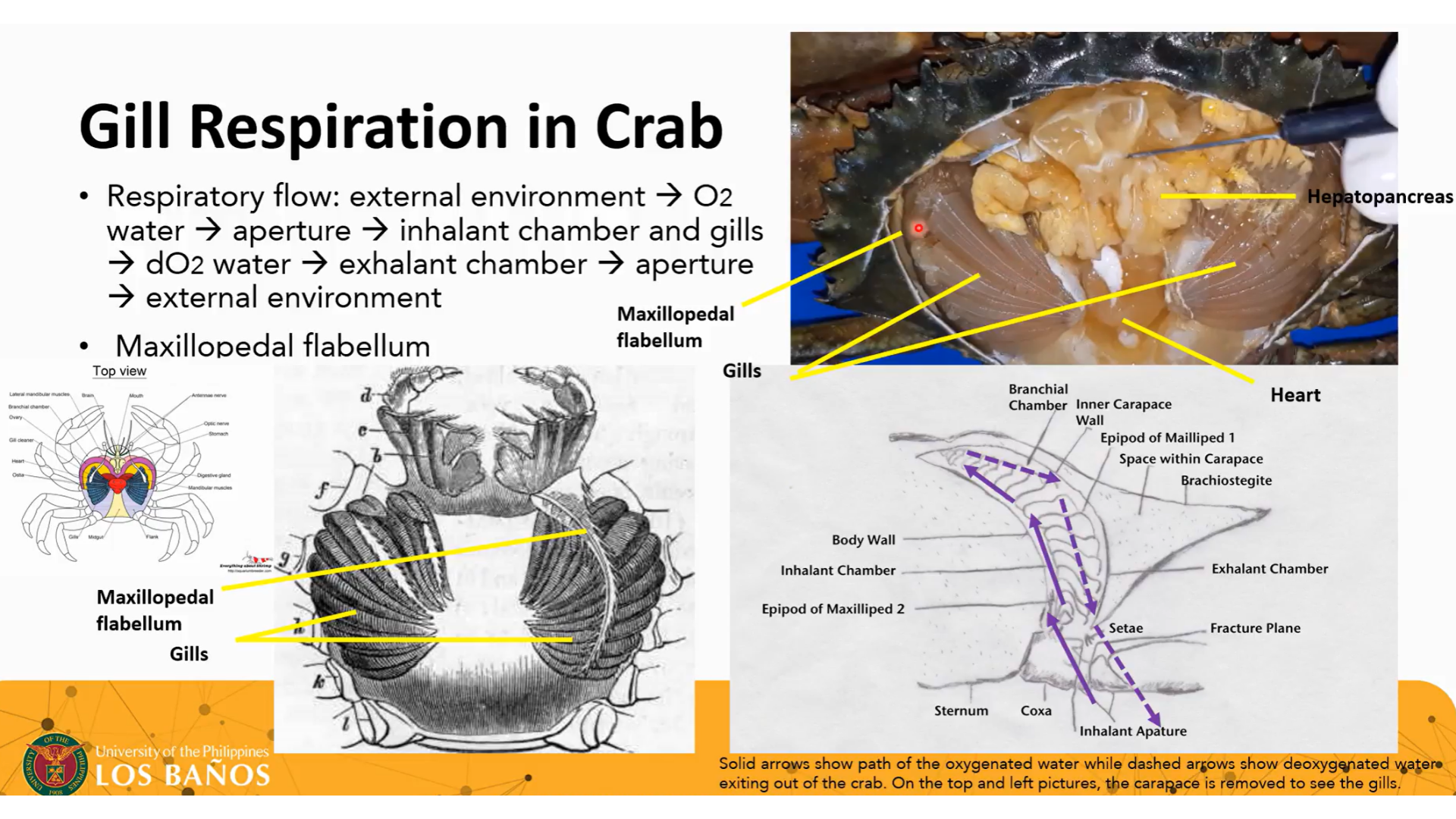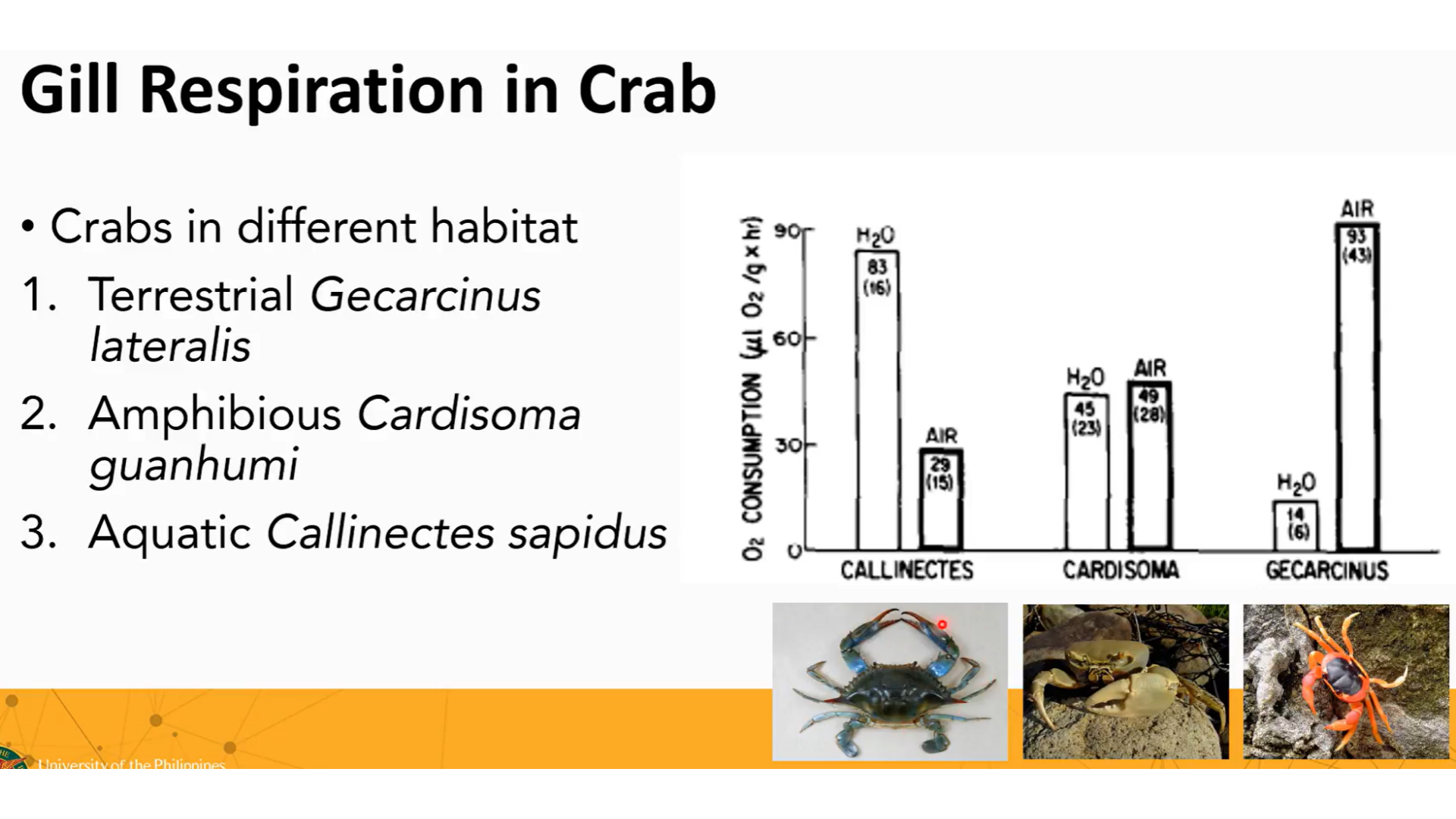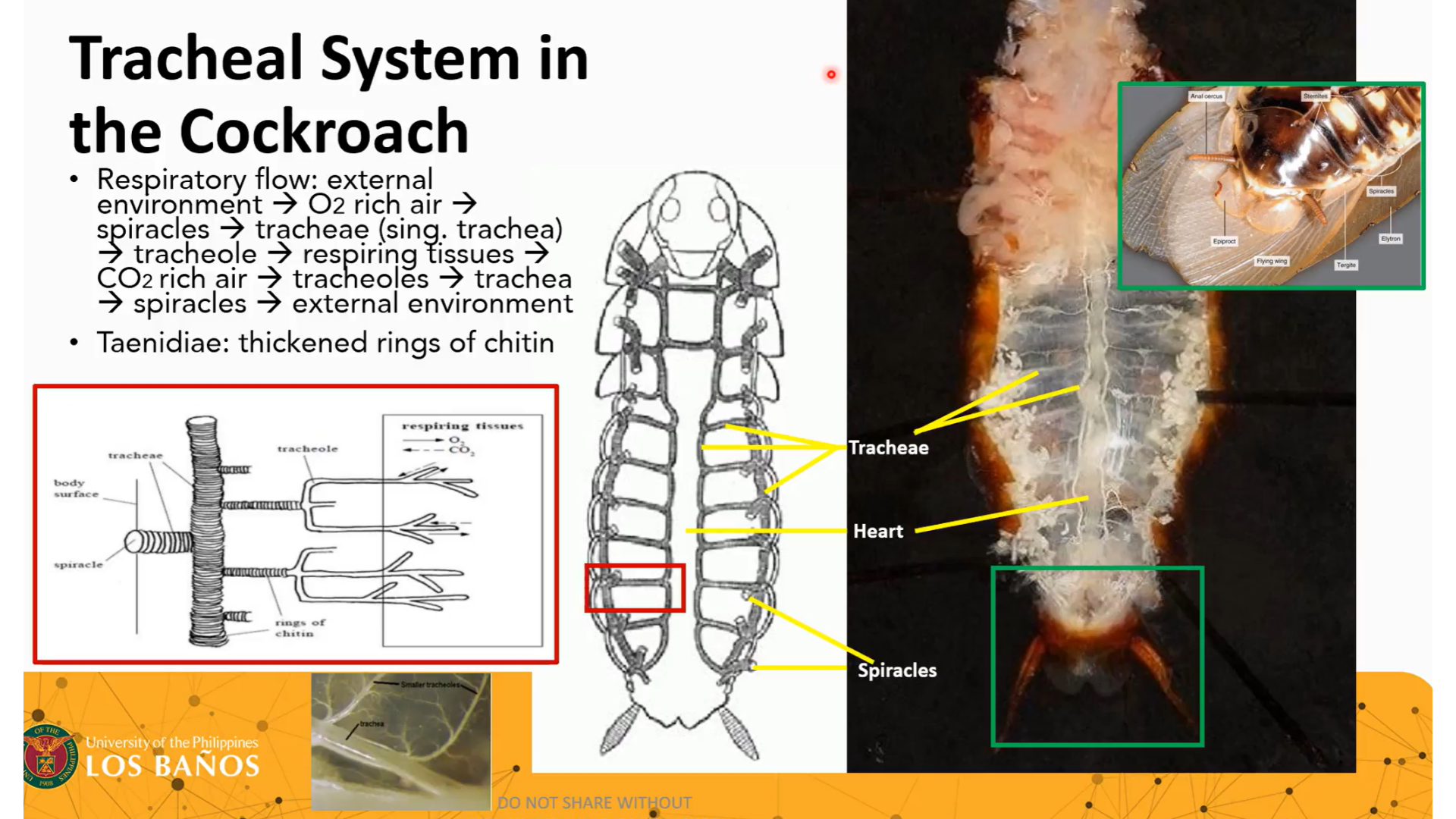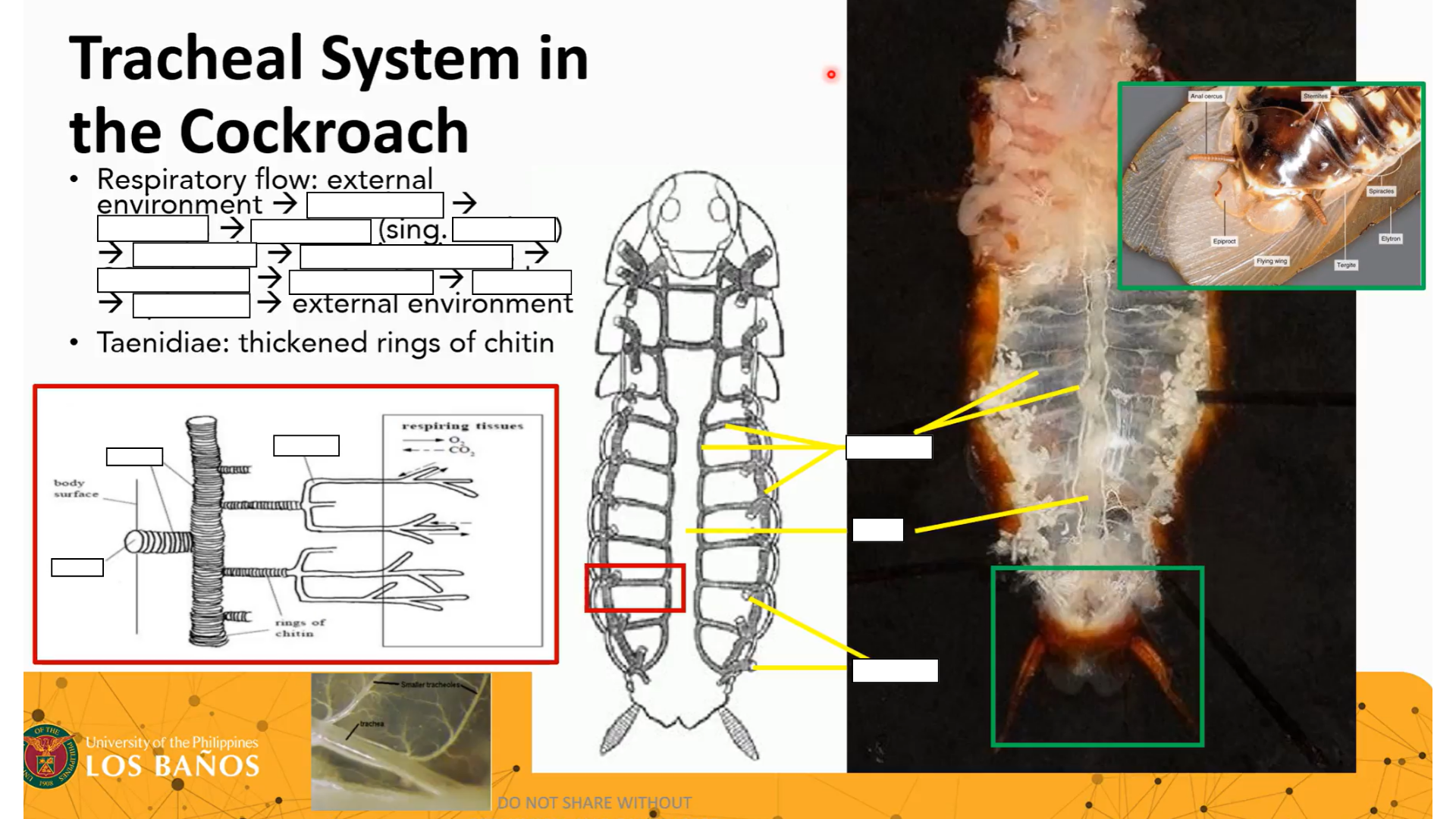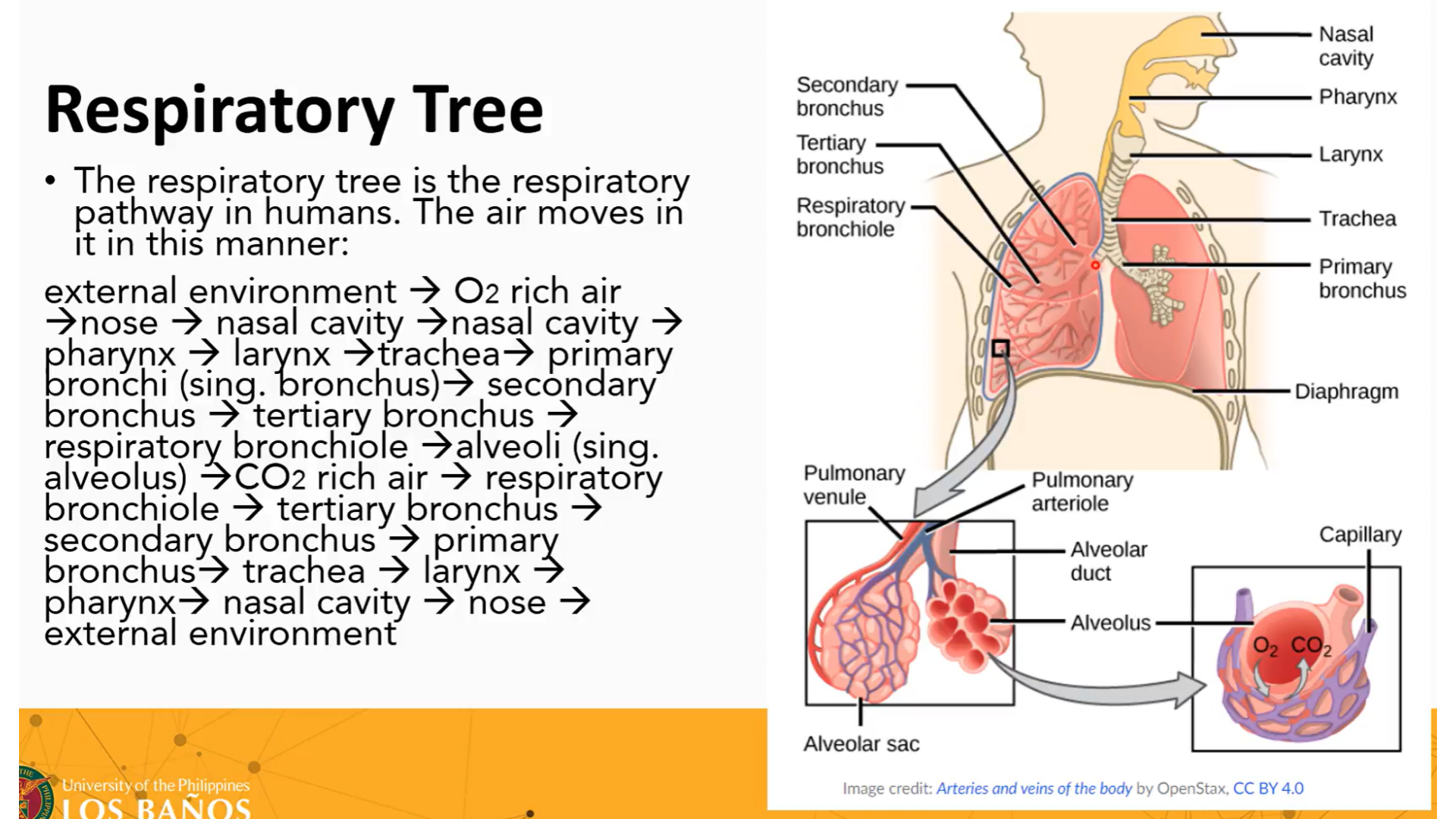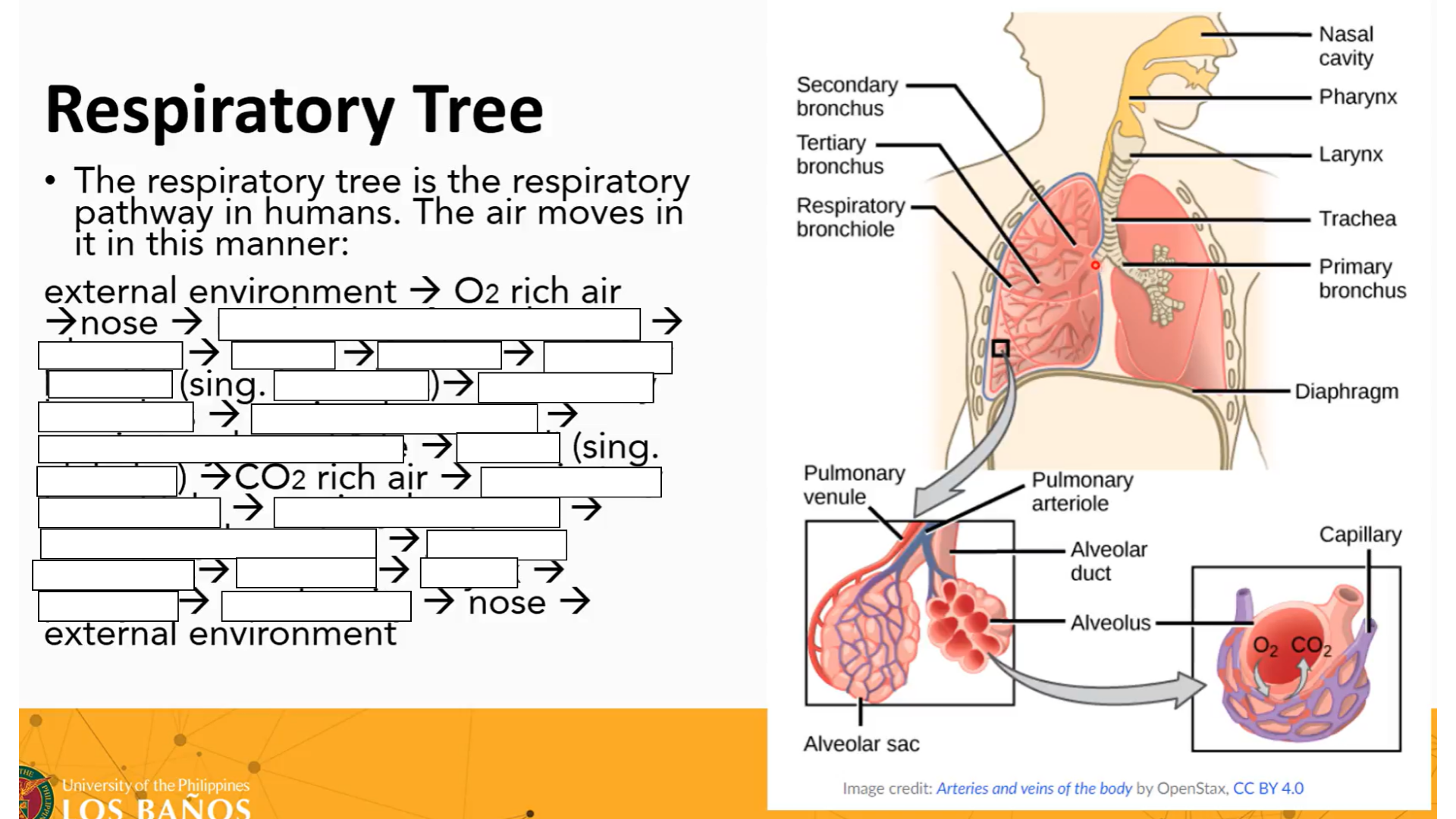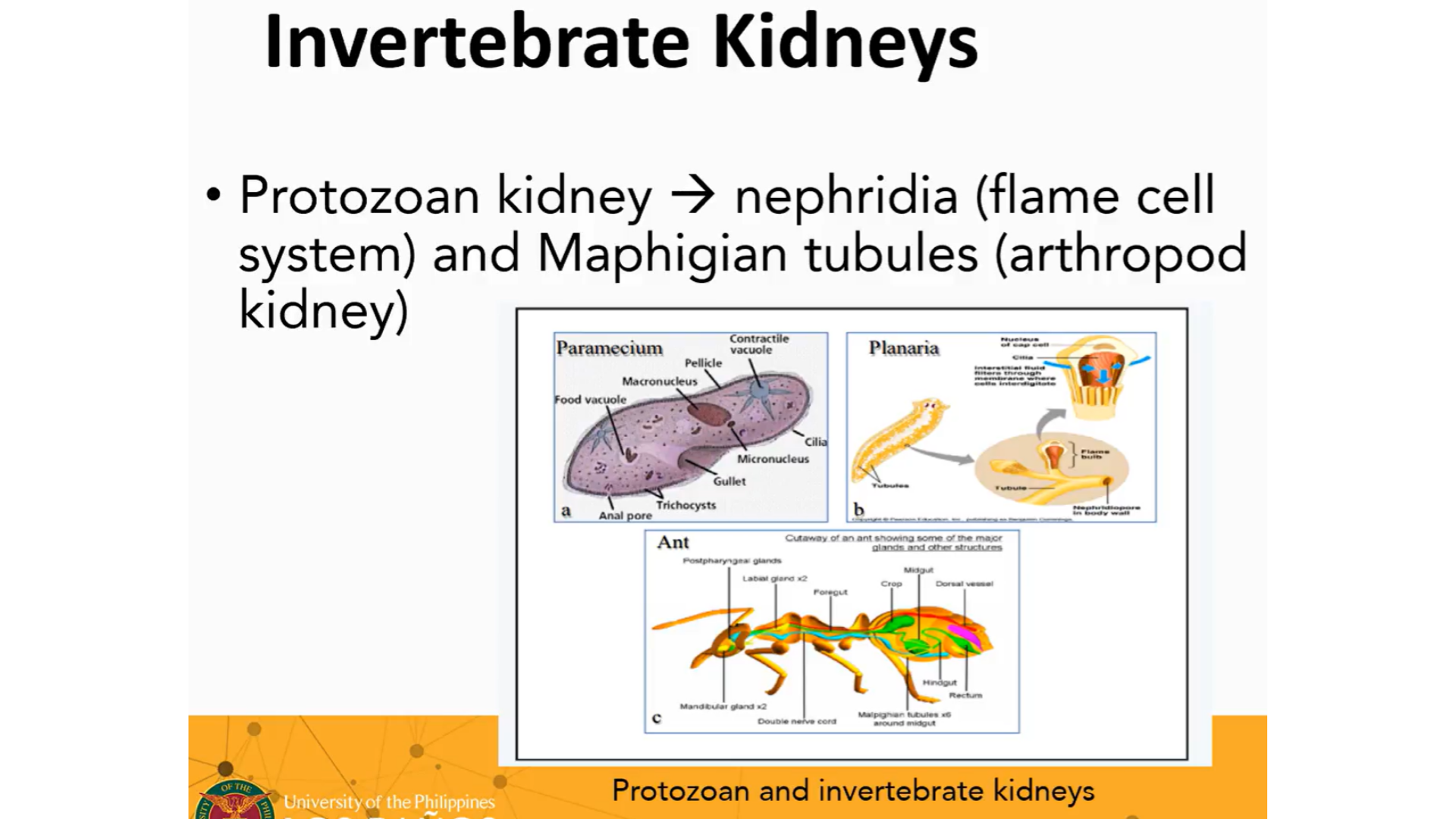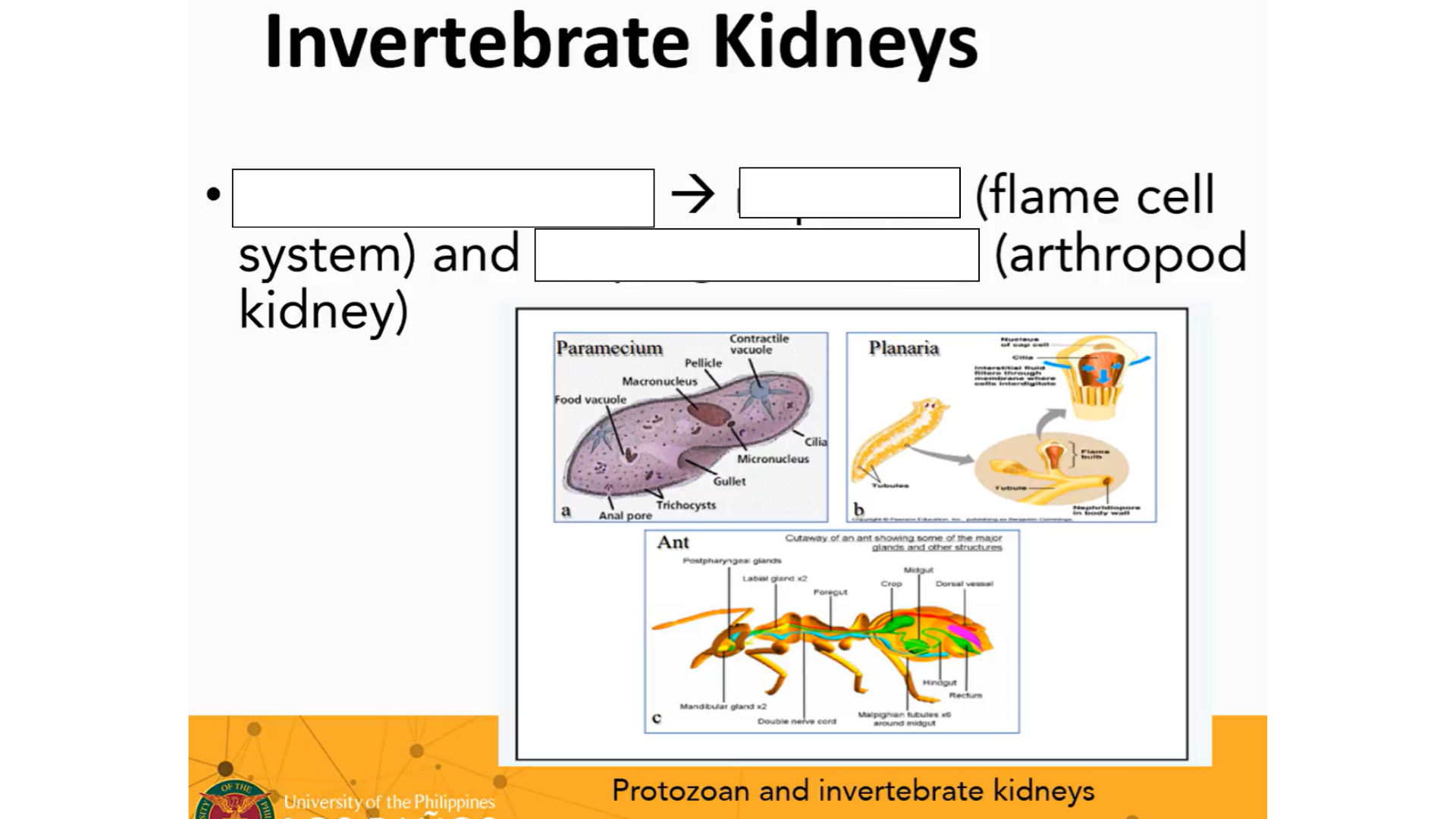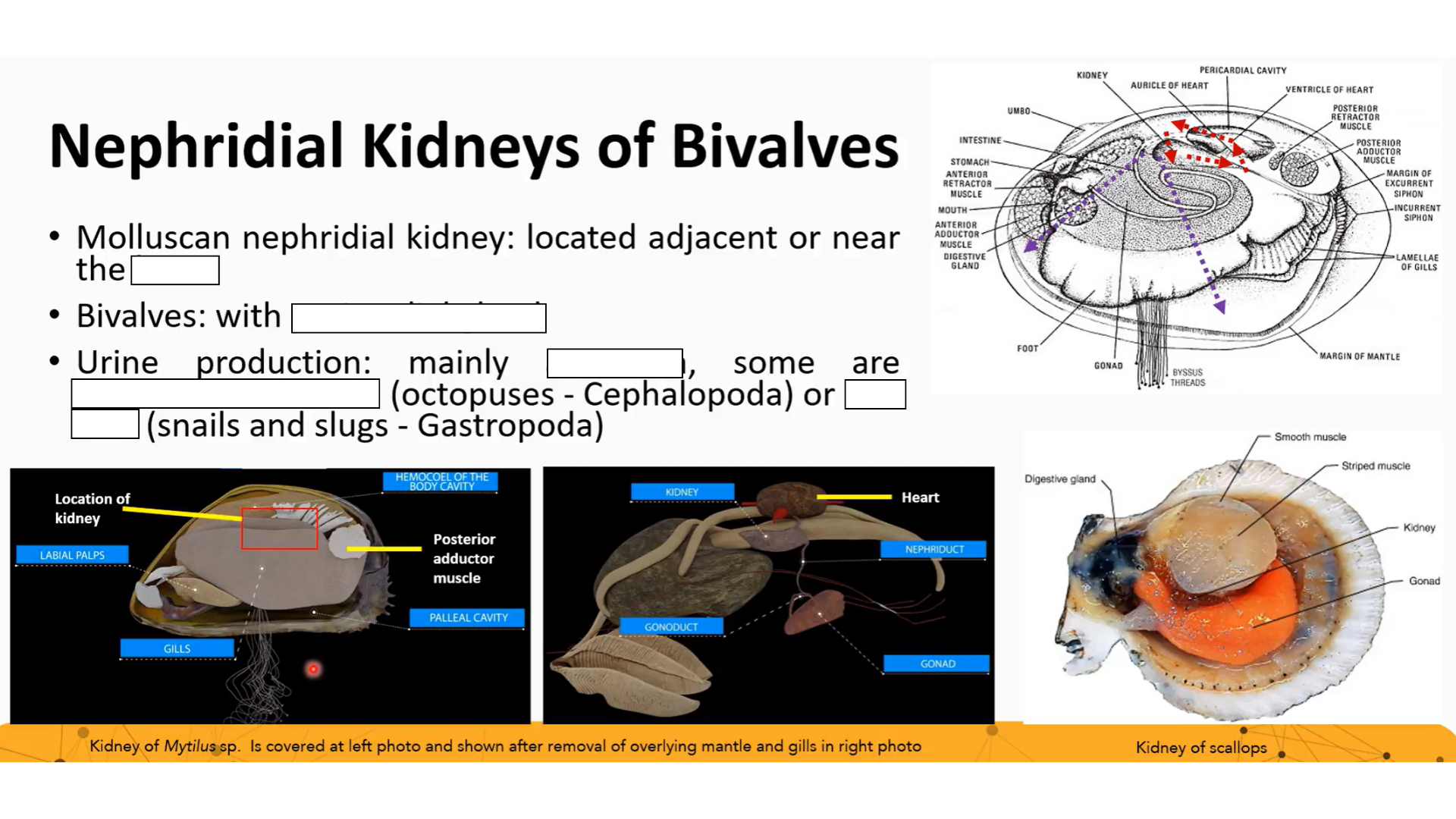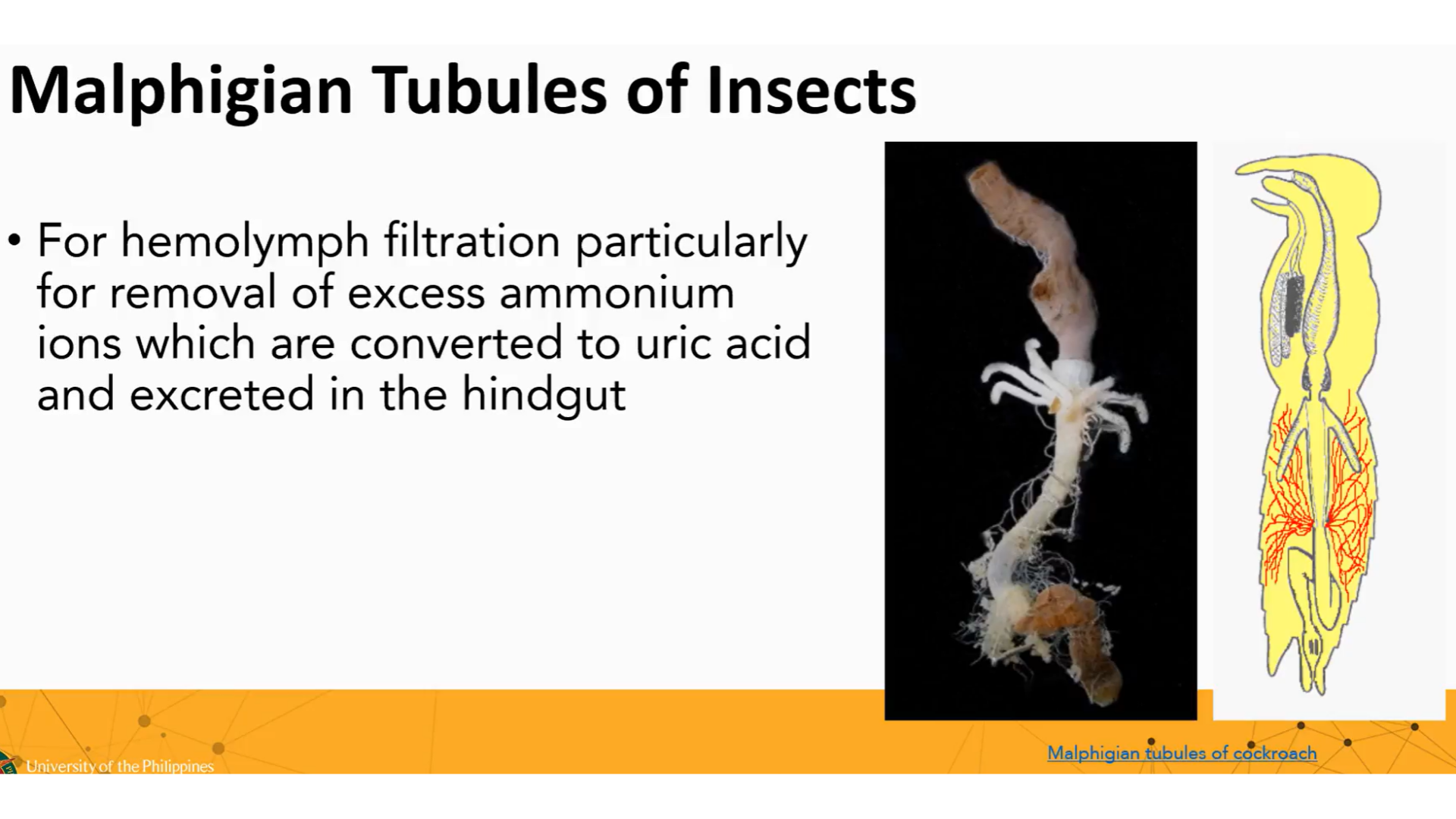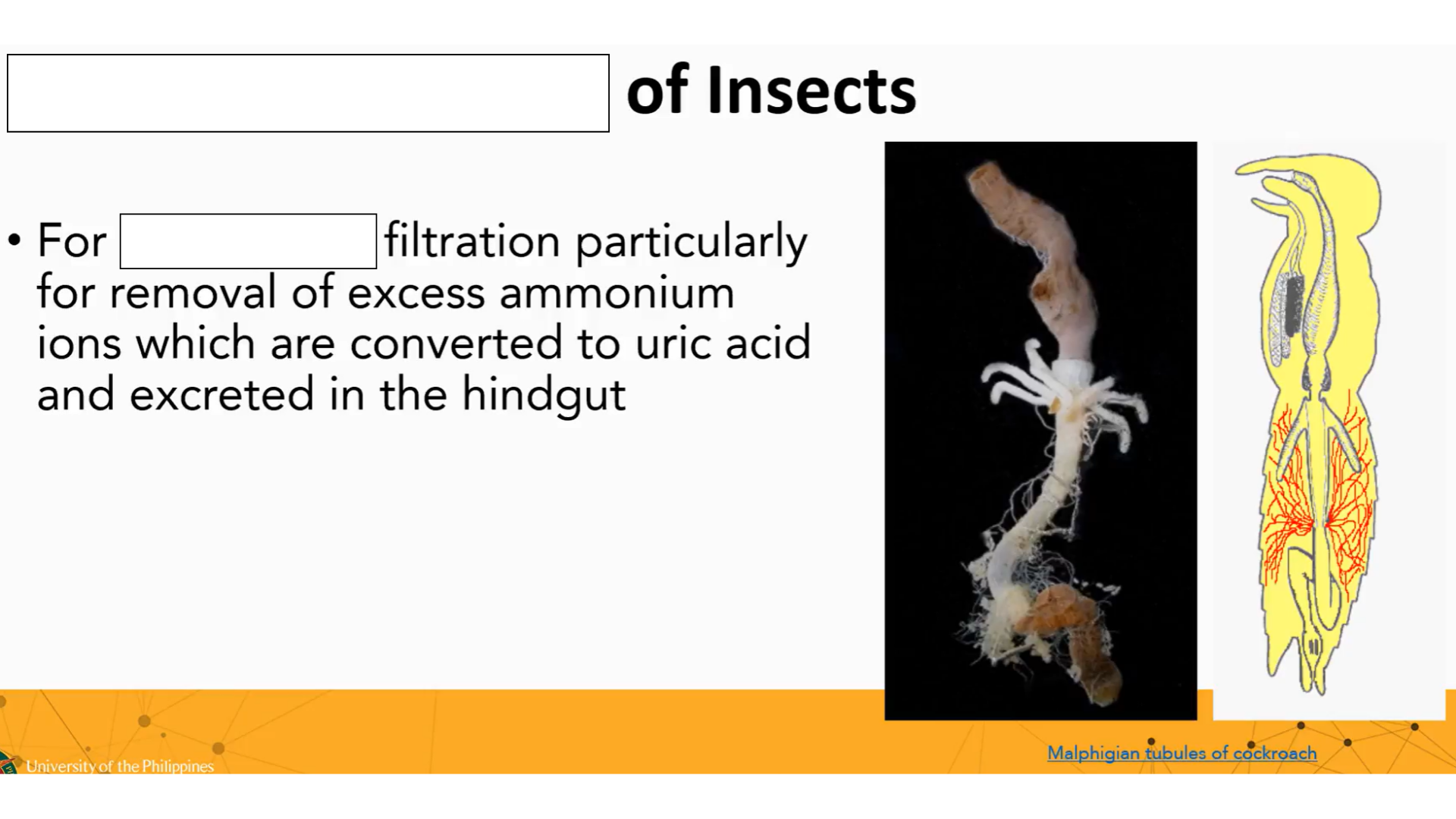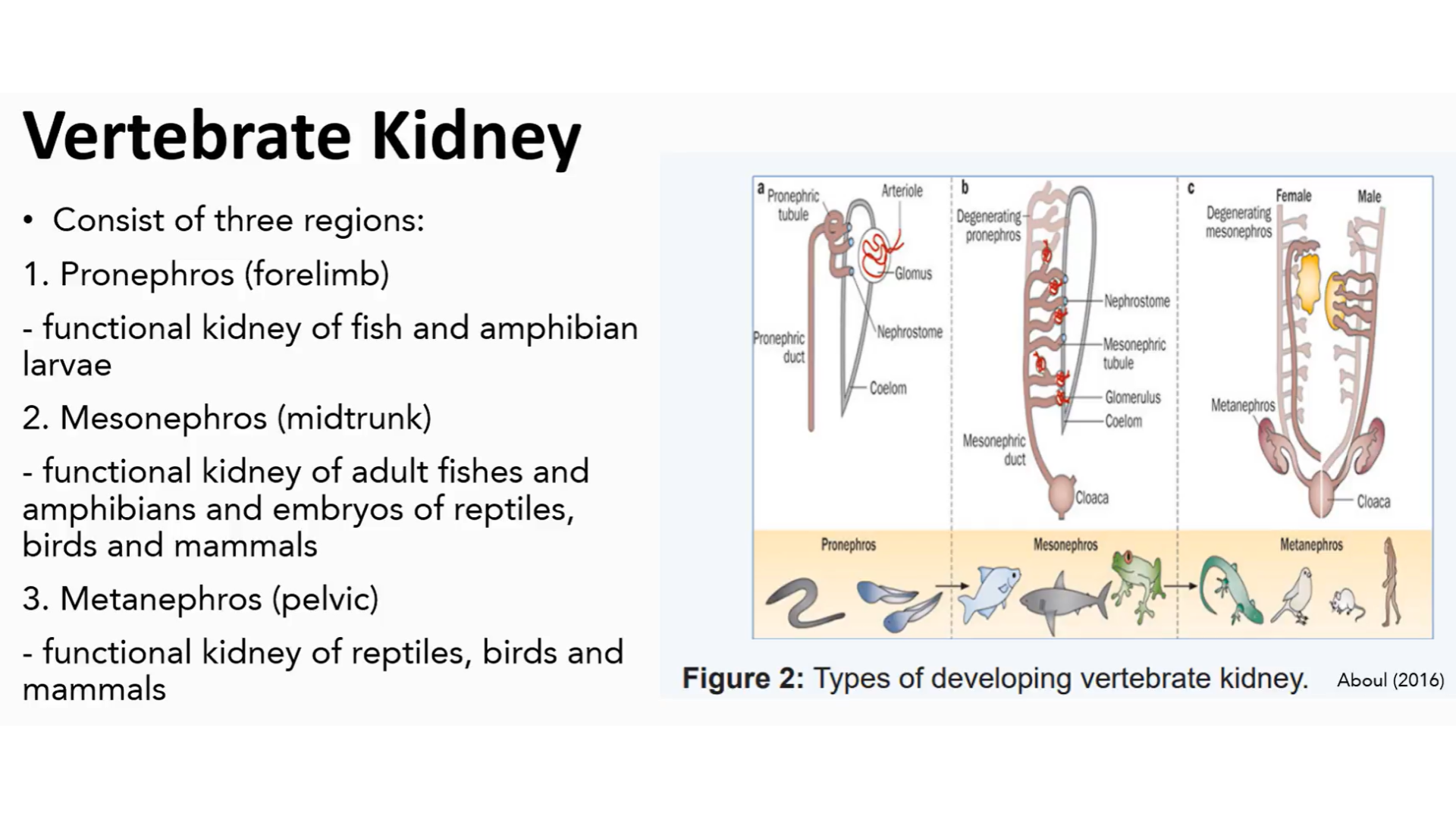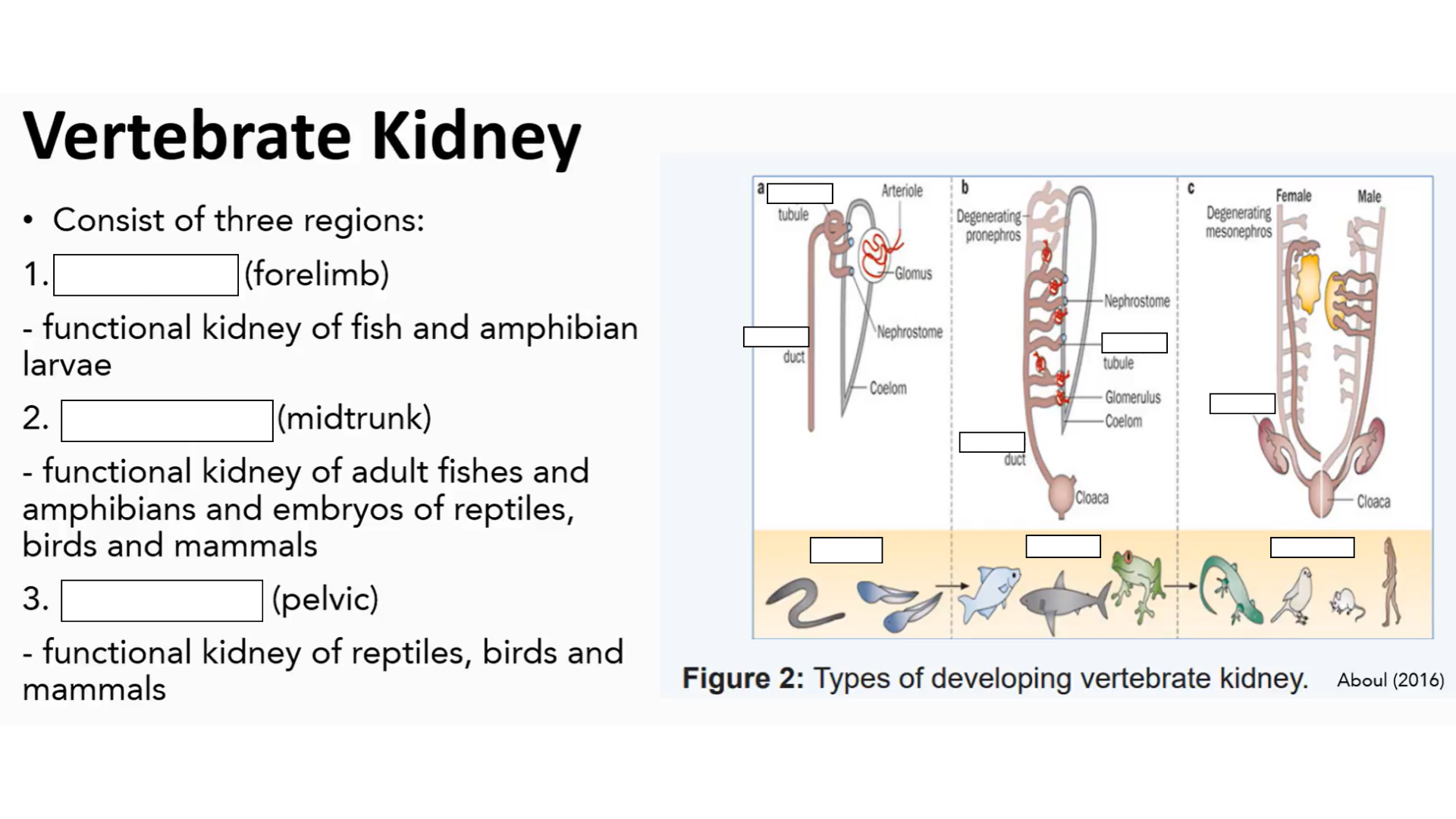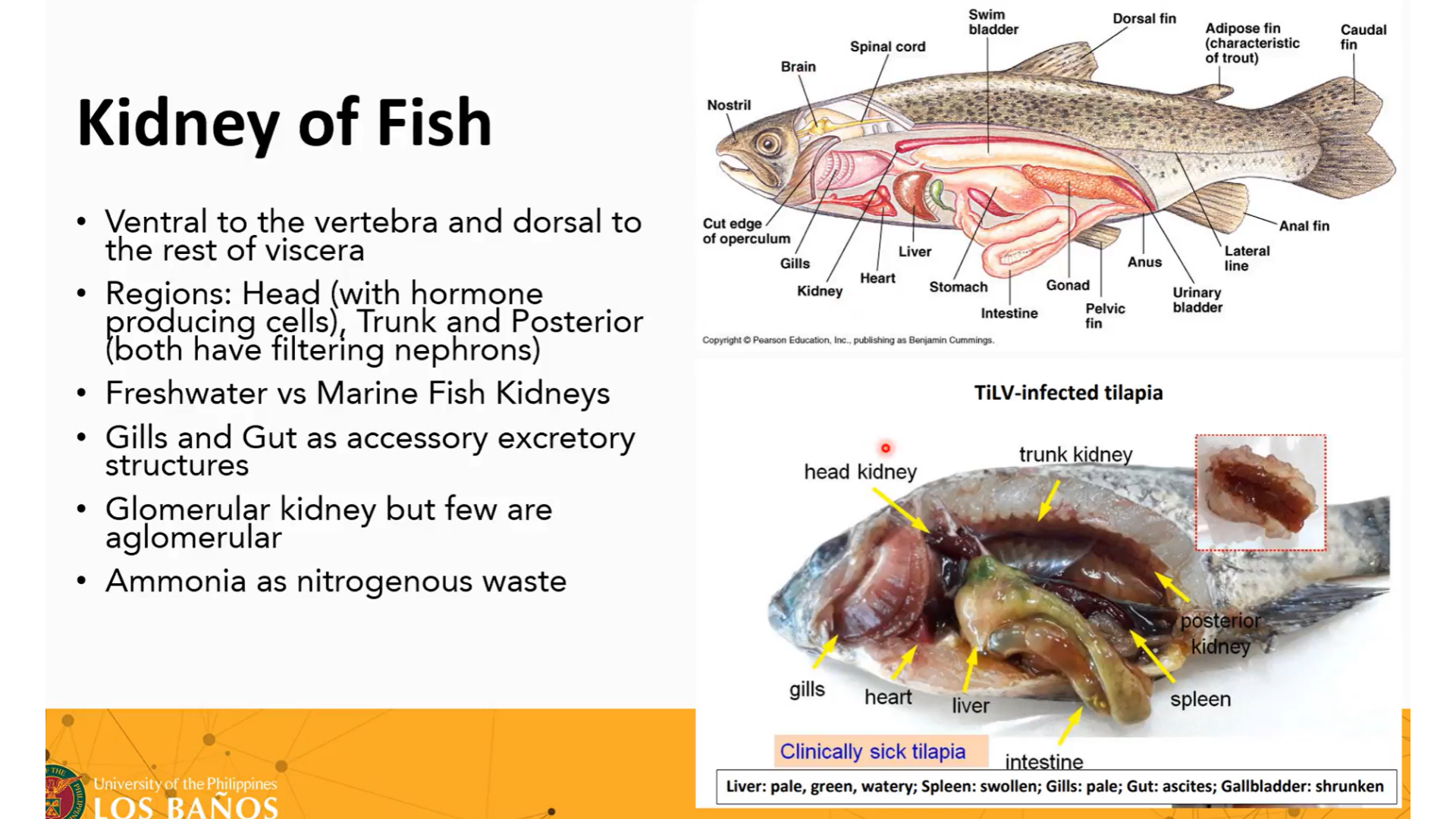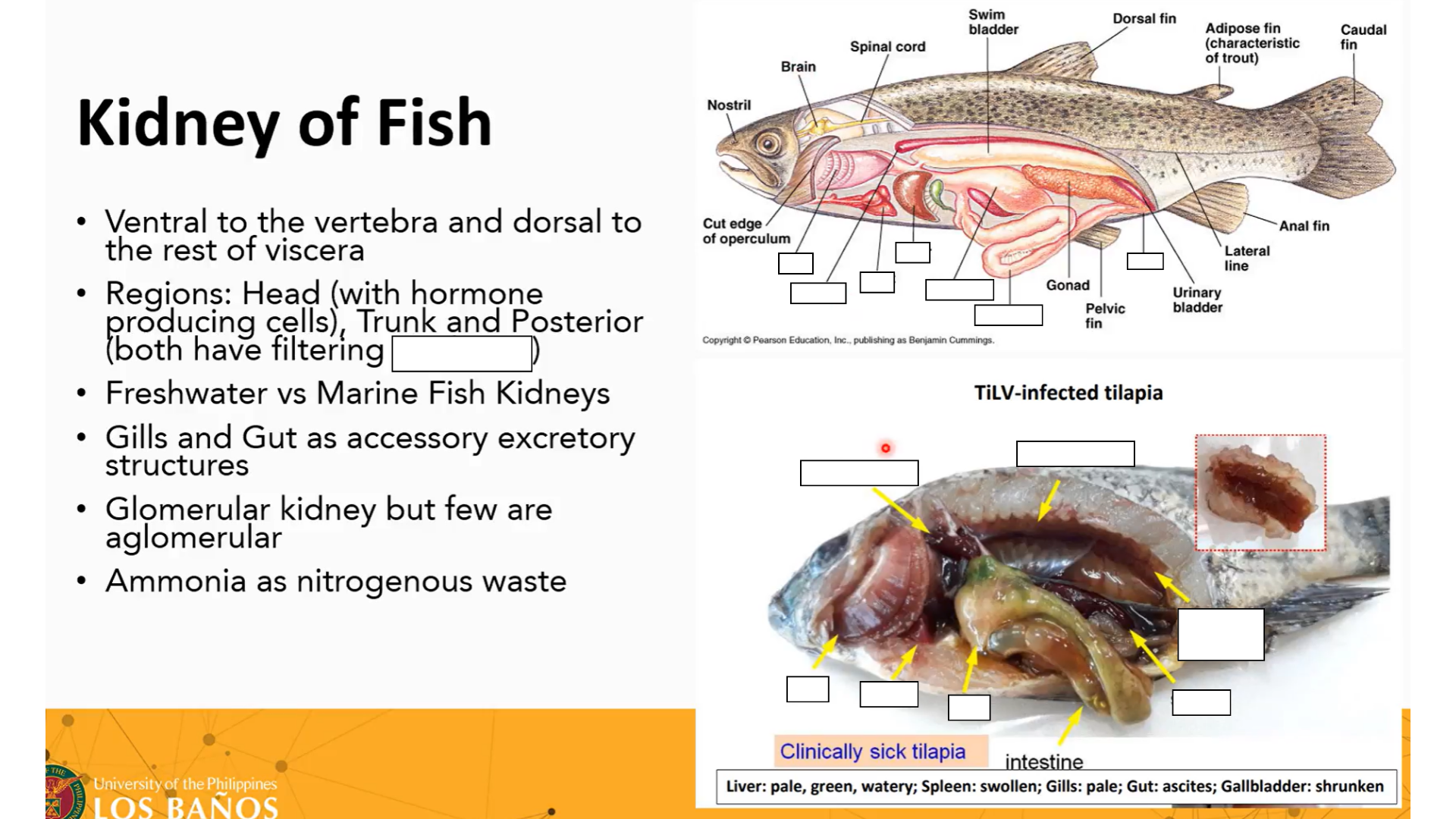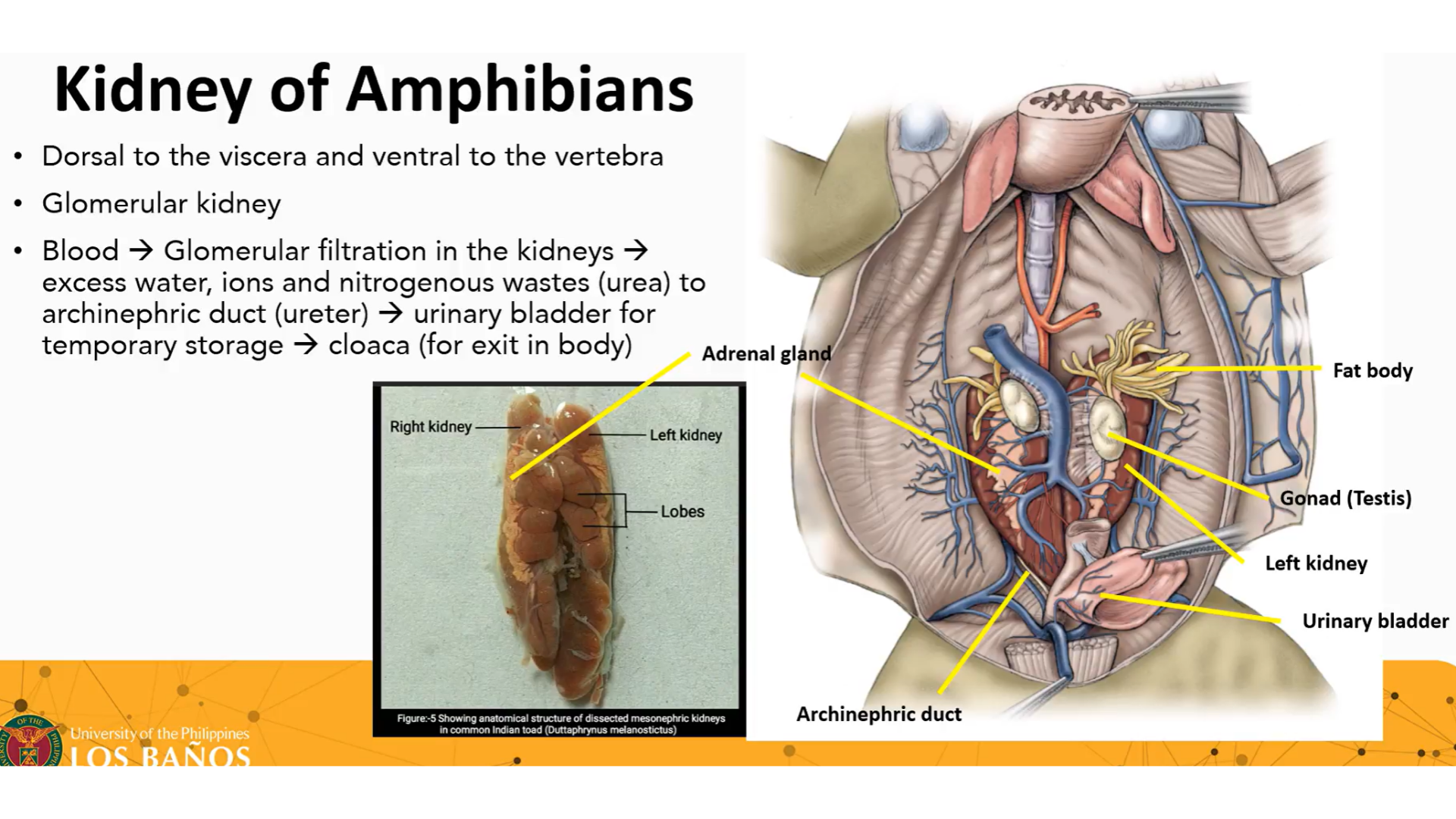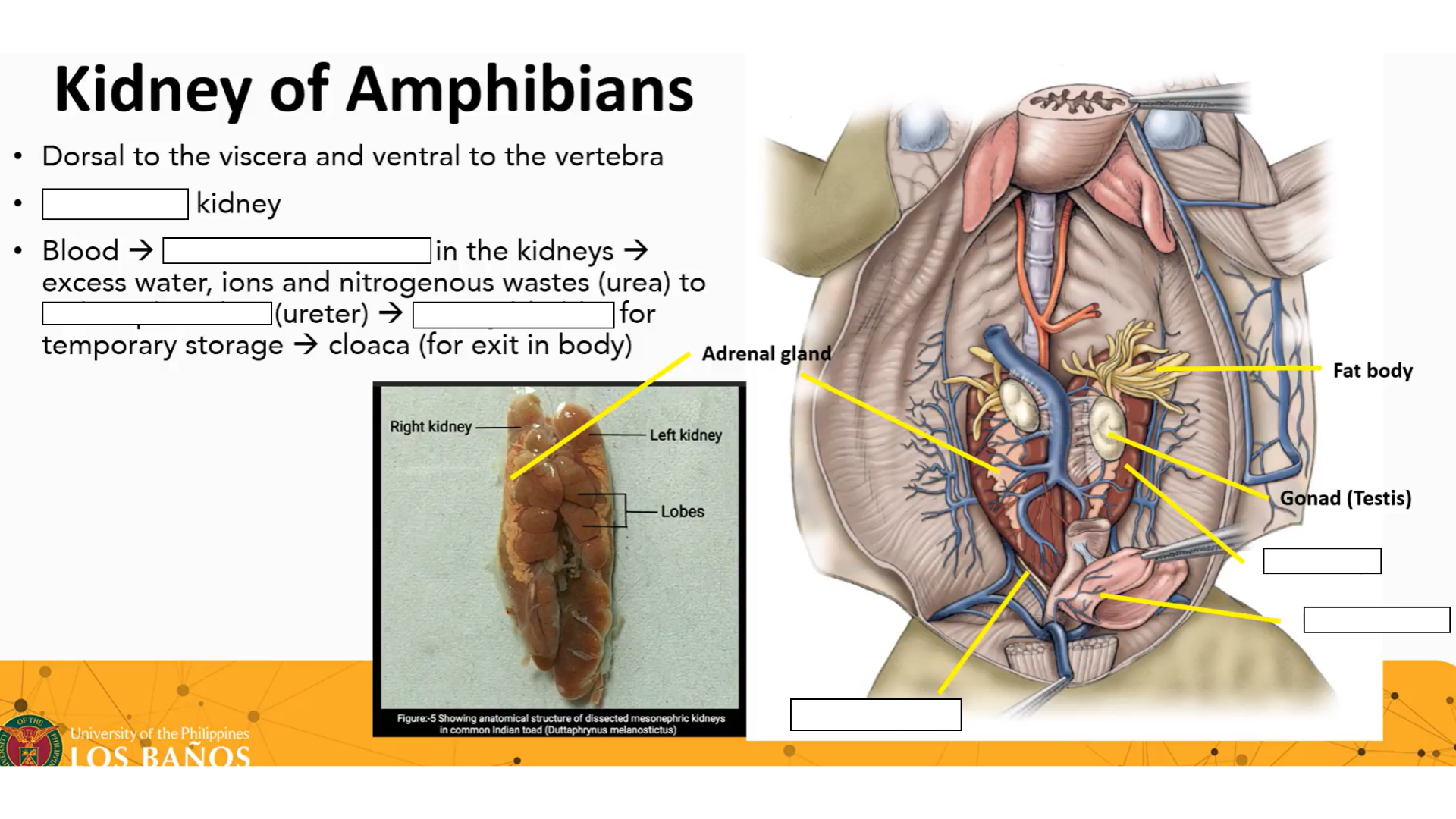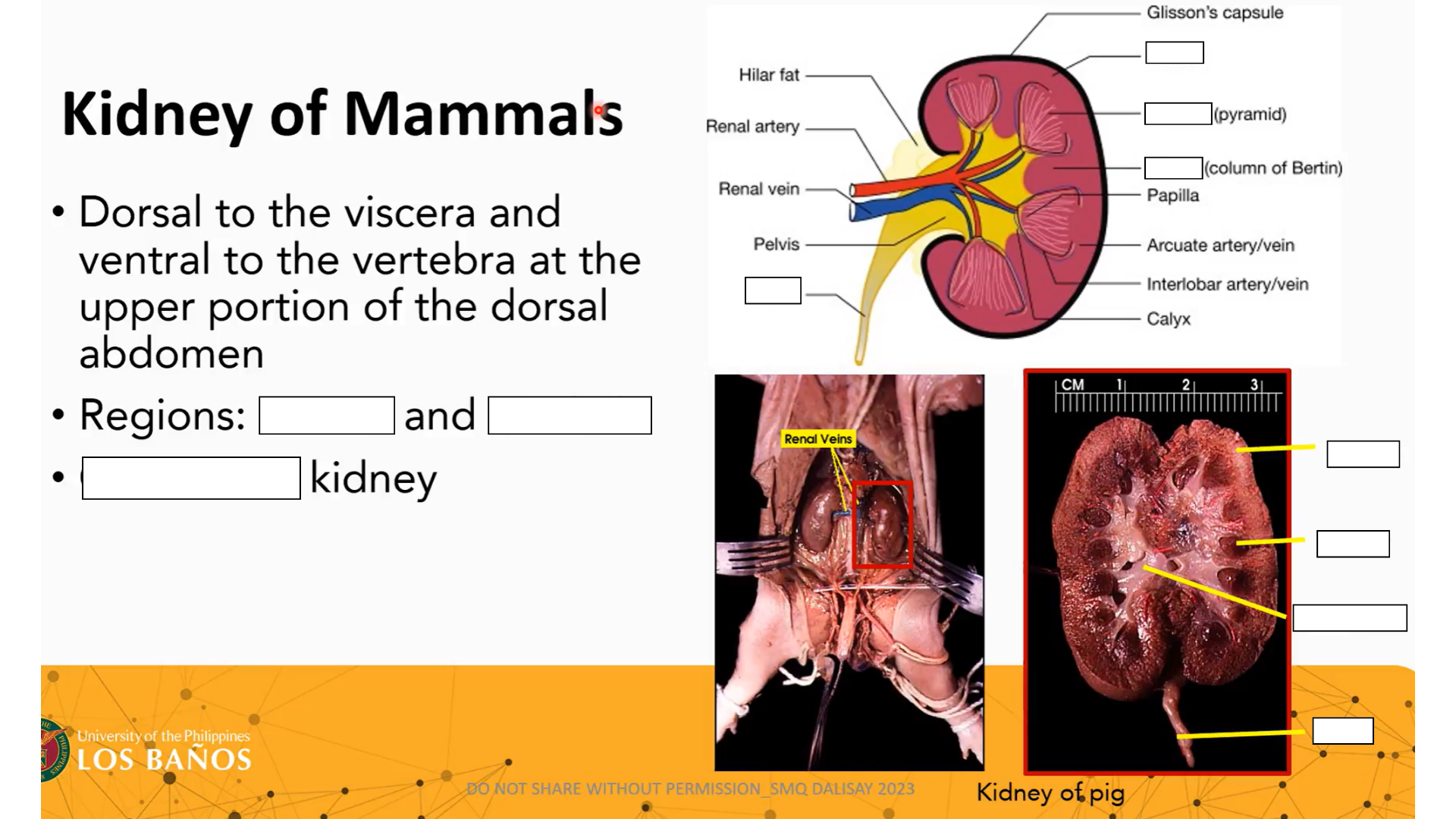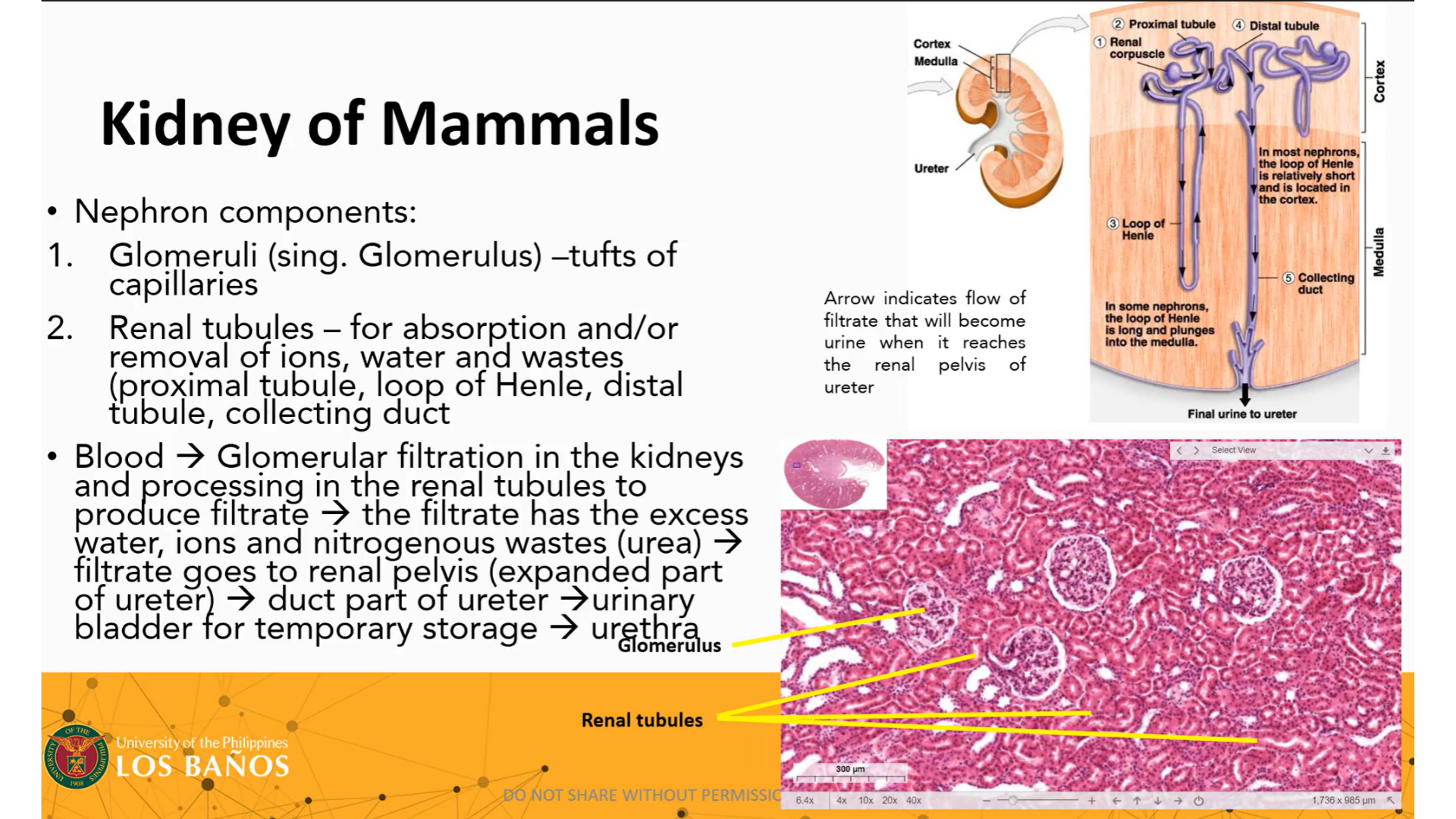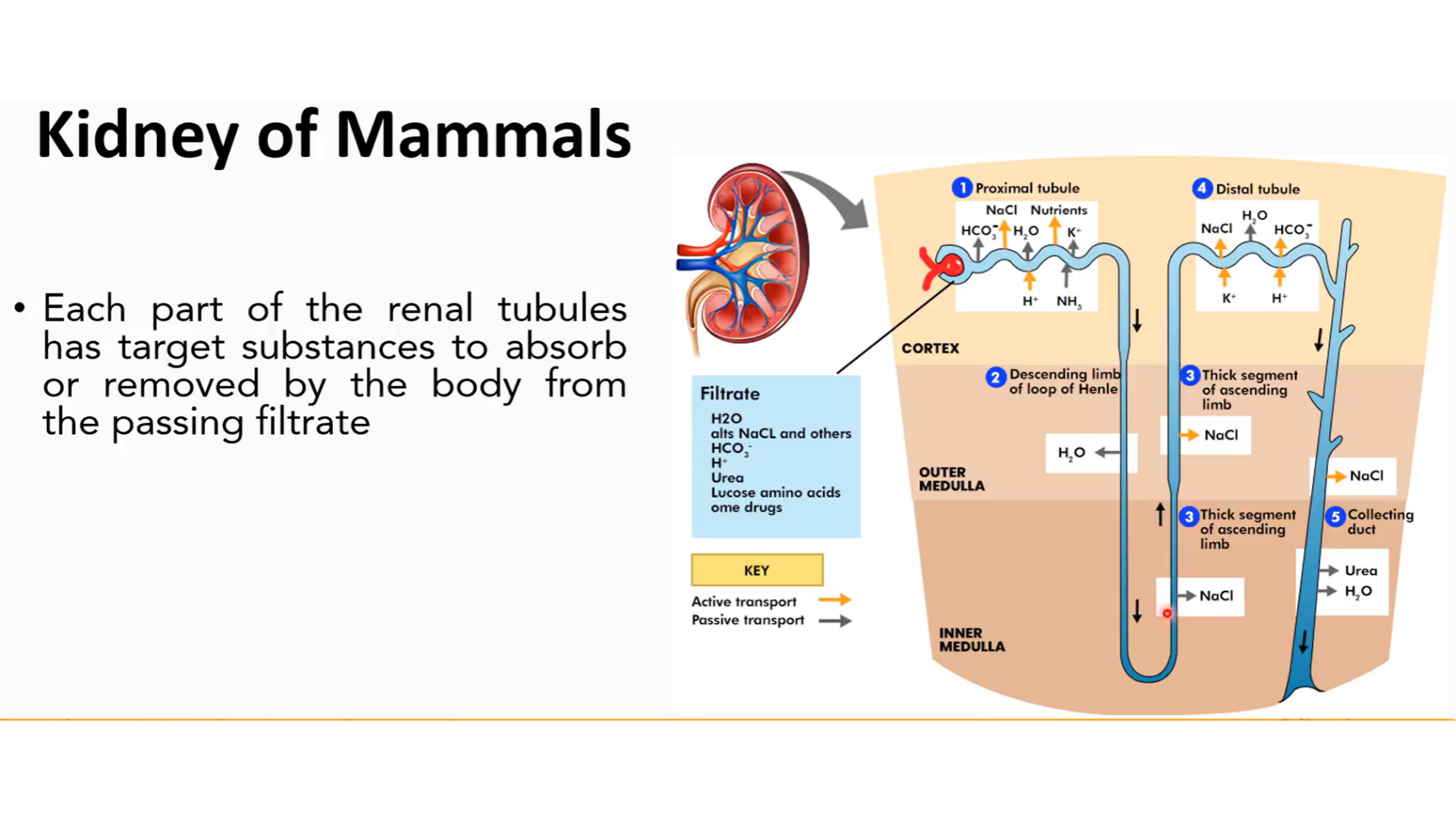ZOO 14 LAB - 1ST LAB EXAM
1/80
There's no tags or description
Looks like no tags are added yet.
Name | Mastery | Learn | Test | Matching | Spaced |
|---|
No study sessions yet.
81 Terms
positive phototaxis
Volvox performs _____________, wherein they move towards the source of light, important for their photosynthetic nature.
cytoplasmic strands
Volvox are connected via ____________ that allow cell-to-cell communication.
Choanoflagellates
Closest living single-celled relative of the metazoans.
Choanoflagellates
Aquatic protists that are characterized by the collar of finger-like projections called the microvilli, which surround a single flagellum.
microvilli; flagellum
Choanoflagellates are characterized by the collar of finger-like projections called the ___________, which surround a single ___________.
Choanoflagellates
The most prominent structure is its ovoid body.
Asco; Leucon
___________ is the simplest, and __________ is the most complex canal type in sponges
ostia; choanocytes; spongoceol; osculum
ostia; choanocytes; choanocytes chambers; excurrent canal
Ascon and Sycon
Water enters the openings called the ______, filtered by the ____________, then pumped into the _____________ before leaving the exit opening called the ___________.
Leucon
Water would still enter the _______ and be filtered out by the __________ in the ______________. Then travel to the ______________ area, there is no space for a spongocoel.
Choanocytes
generate directed water currents into the sponge and trap food particles, can become sperm by detaching from the sponge (spermatocytes)
Pinacocytes
epidermal cell covering in sponges that may phagocytize large food particles, can transform into any cell type
Porocytes
tube-like cells regulating the flow of water into the sponge through the ostia (note some ostia are formed by the foldings of the sponge's body only)
Amoebocytes
archaeocytes
collenocytes
lophocytes
sclerocytes
spongocytes
_____________ - in a sponges can become the egg (stays in mesohyl)
It has many types:
_____________ (for regeneration and nutrition)
_____________ (secretes collagen-like protein in mesohyl)
_____________ (highly mobile, secretes collagen also)
_____________ (secretes spicules)
_____________ (secretes spongin)
Origin of Multicellularity
Close evolutionary ties between protists and animals
mtDNA information: homologues for genes, food cell adhesion and signaling
Diverse collar cell distribution in animals
Origin of Multicellularity
Close evolutionary ties between protists and animals
mtDNA information: homologues for genes, food cell adhesion and signaling
Diverse collar cell distribution in animals
Somatic cells
Gonidia
Multicellularity in Volvox
Cell adhesion, cell-cell communication, division of labor, and acquisition of individuality for the cell aggregate
Cytoplasmic strands are used by Volvox cells for communication
Germ-soma allocation of cells for division of labor
___________ for locomotion via positive phototaxis, nutrition via photosynthesis, and osmoregulation via contractile vacuoles
____________ are stem cells mainly for reproduction, and can also perform photosynthesis
Retrograde peristalsis
What do you call the form of movement done by earthworms?
diplosegments
What do you call the individual segments of the millipede?
poikilothermic
Dapnia is _____________, wherein their their body temperature and therefor metabolic rate is directly affected by environmental temperature.
baroreceptor reflex
The _________________ is a series of quick actions your body takes to keep your blood pressure in a normal range in response to an abrupt change in position (particularly, a seated/lying down position to a standing position).
60-100 bpm
What is the normal range of the bpm for humans?
7.35 - 7.45
What is the normal pH range of human blood?
Pericardial gland
would serve as an additional ultrafiltration device in bivalves
